June 11, 2023
Martha O'Kennon
What another week it was. It seemed that if I went outdoors with a camera with a fresh battery there was one tiny thing after another clamoring to get in there with all the other pictures. Many of those things were SO minuscule that I had no idea whether they would crop up nicely, but to my shock and awe many of them did. We had those two hot days last week, but this week the temperatures were so nice that I could just stay outside most of each day. This week we had the honor of hosting the first blooming of one of the lilies (now in their third year) and here it is. I'd never seen the mulberries bloom before and had assumed the bush was a male! Another surprise: When I planted this Poppy plant in the deck box, I could swear the flower had been red!
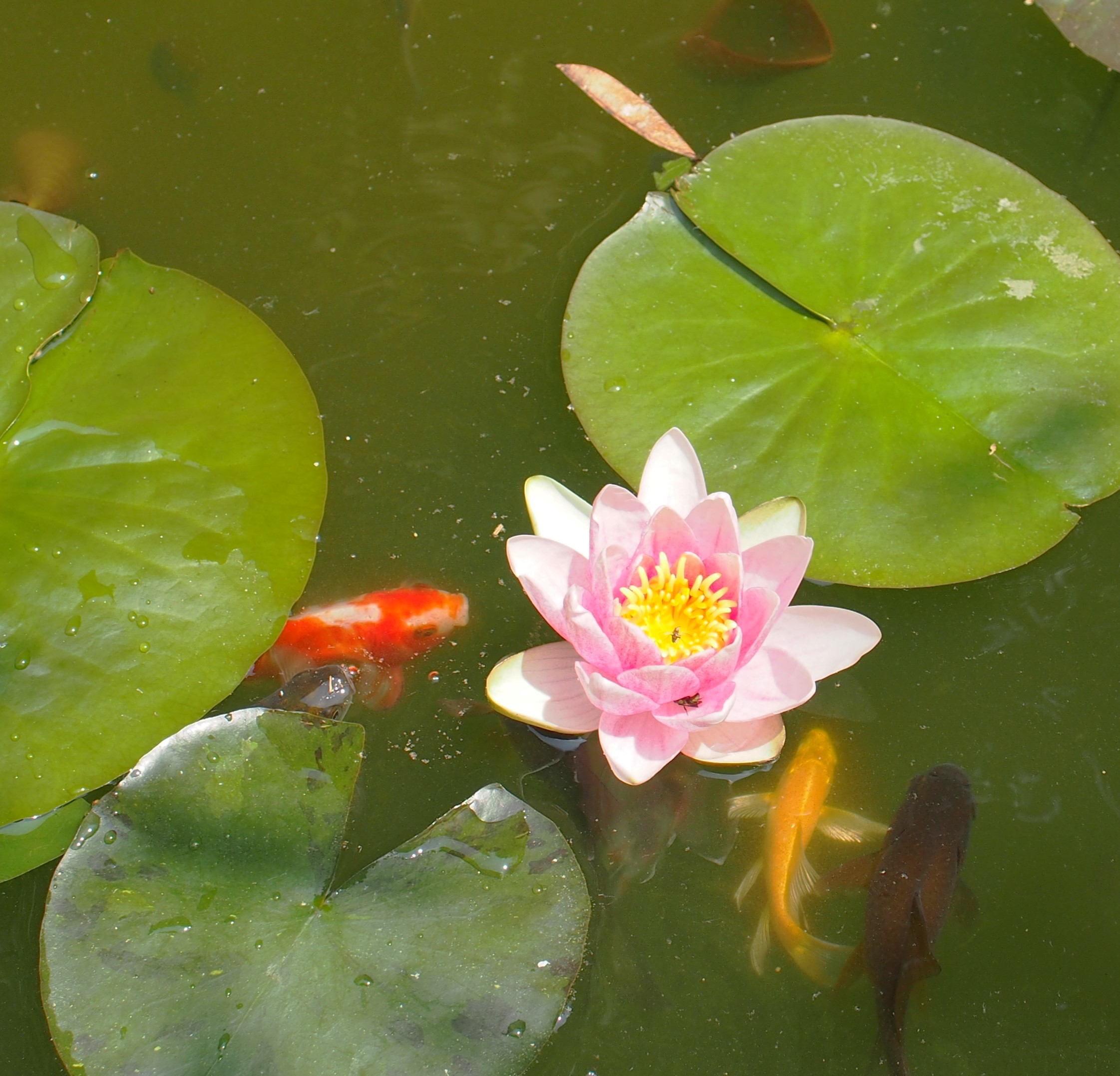
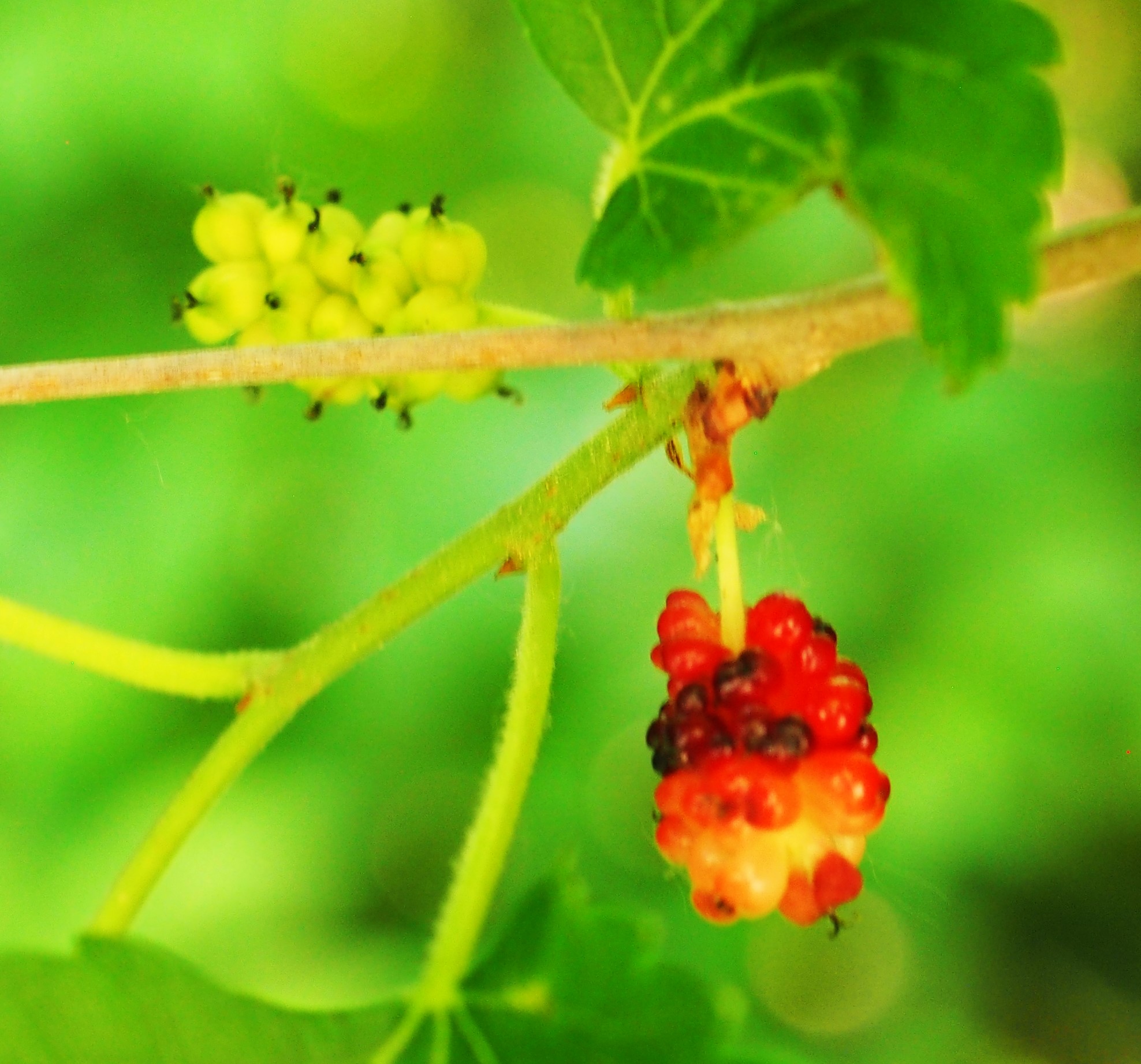
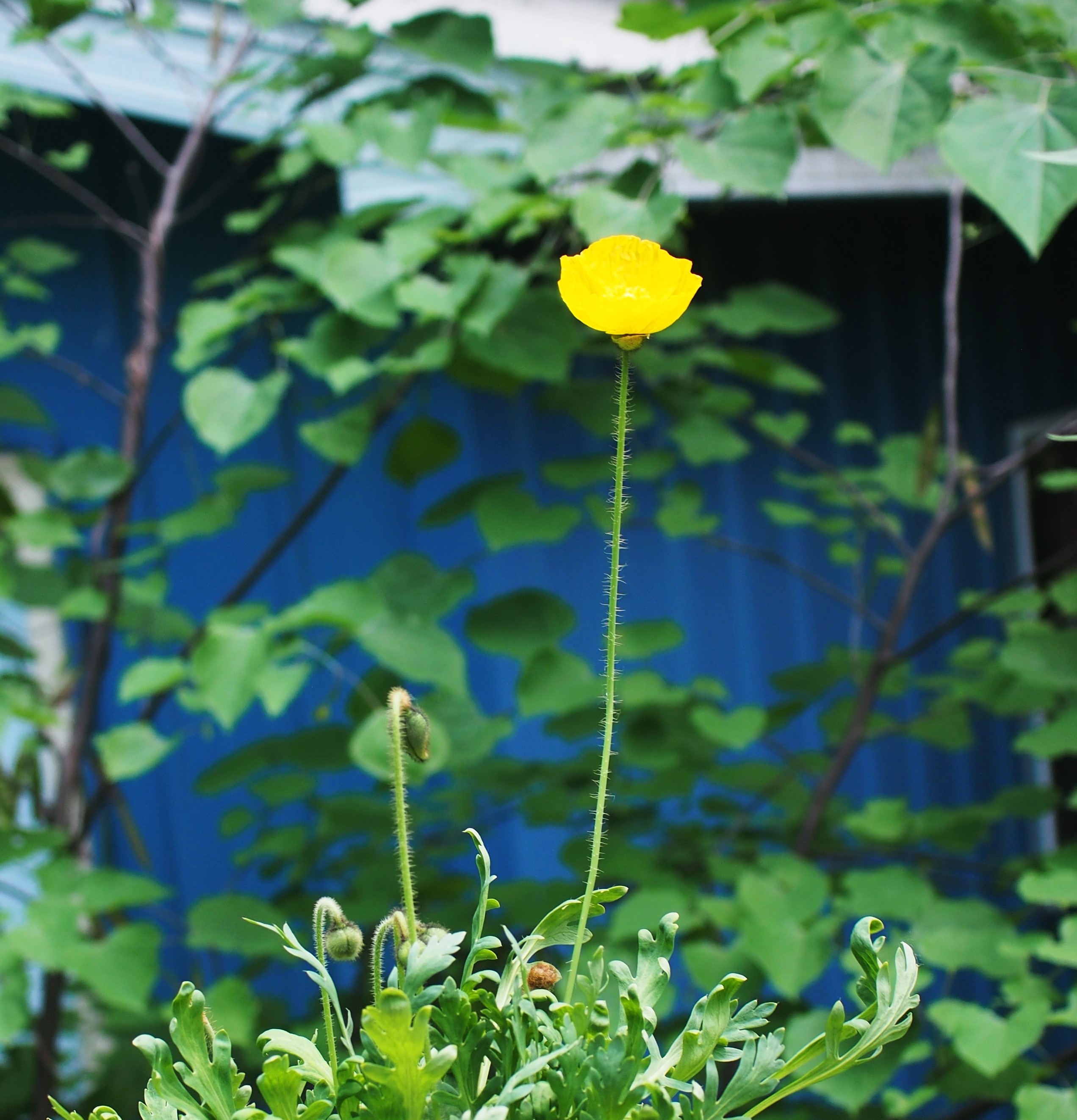
Our Ants have gotten very fast but sometimes I capture one I can identify. This first one is a Nearctic Carpenter. Next is an Odorous House Ant. Believe me, I can't smell this baby and I've never seen it indoors! Third is a Winter Ant. And finally, an Ant helping a Poppy flower to expand.
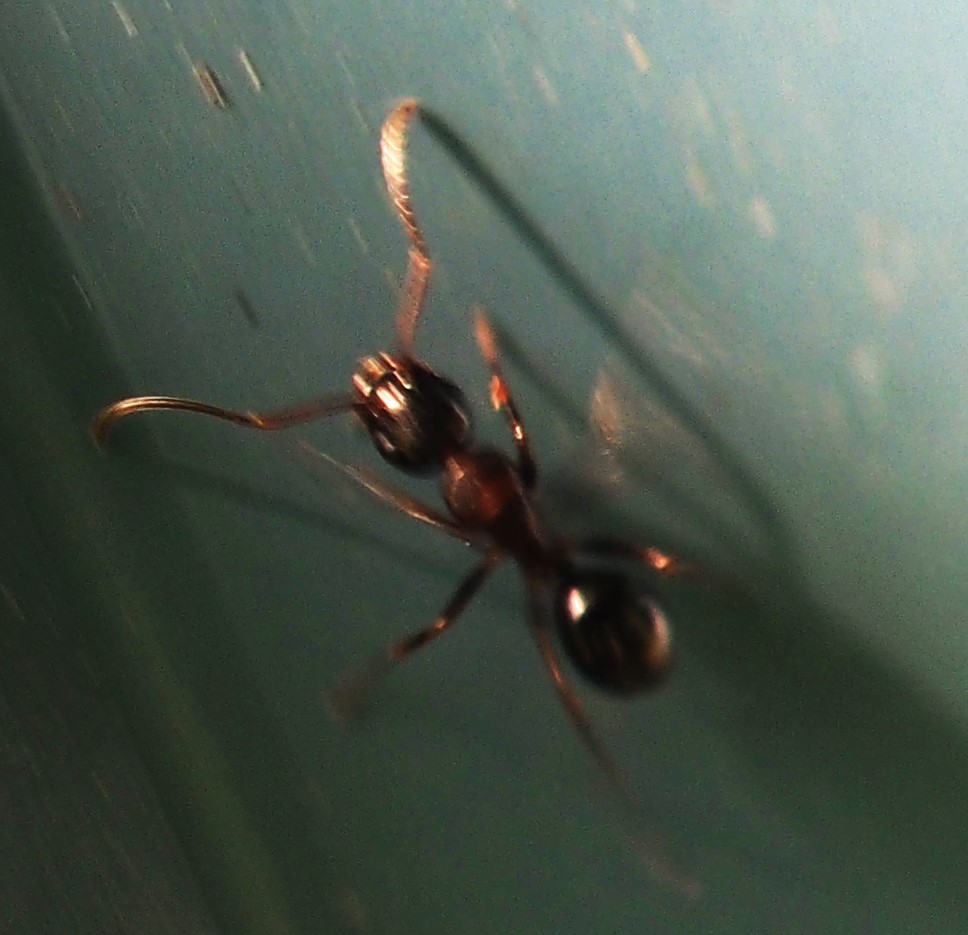
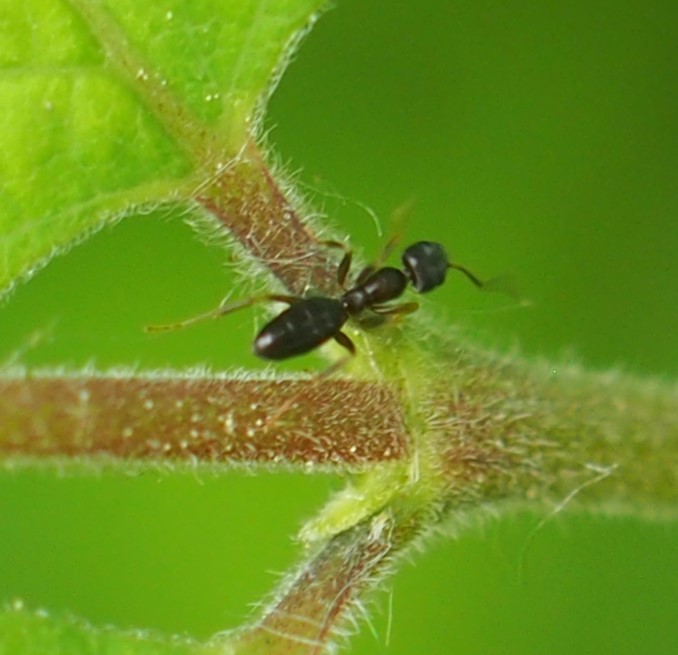
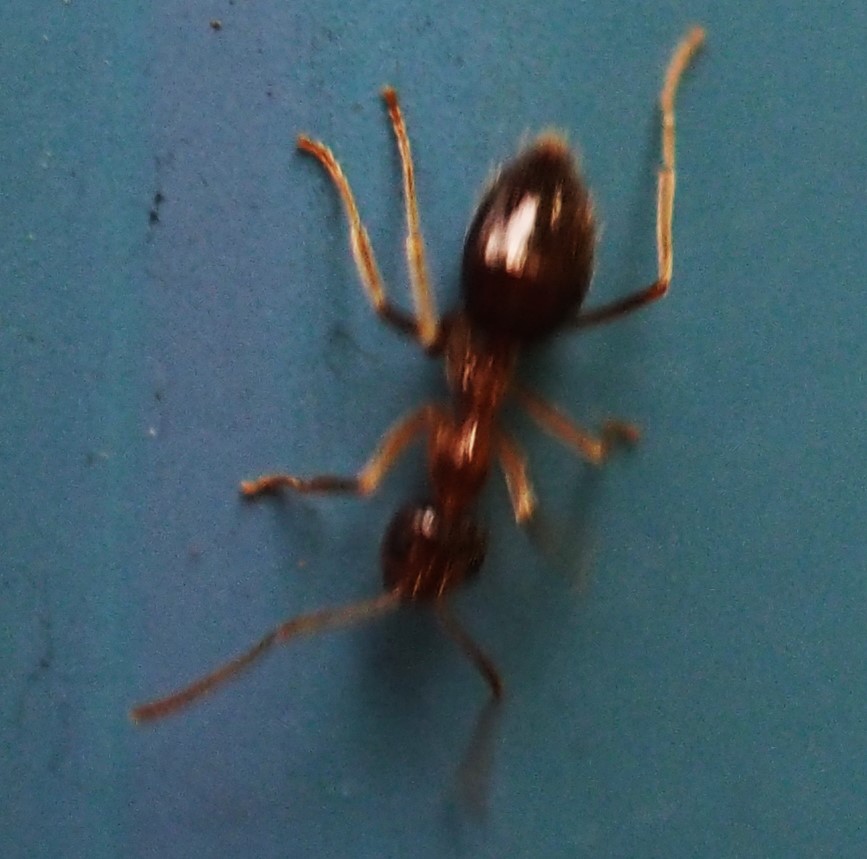
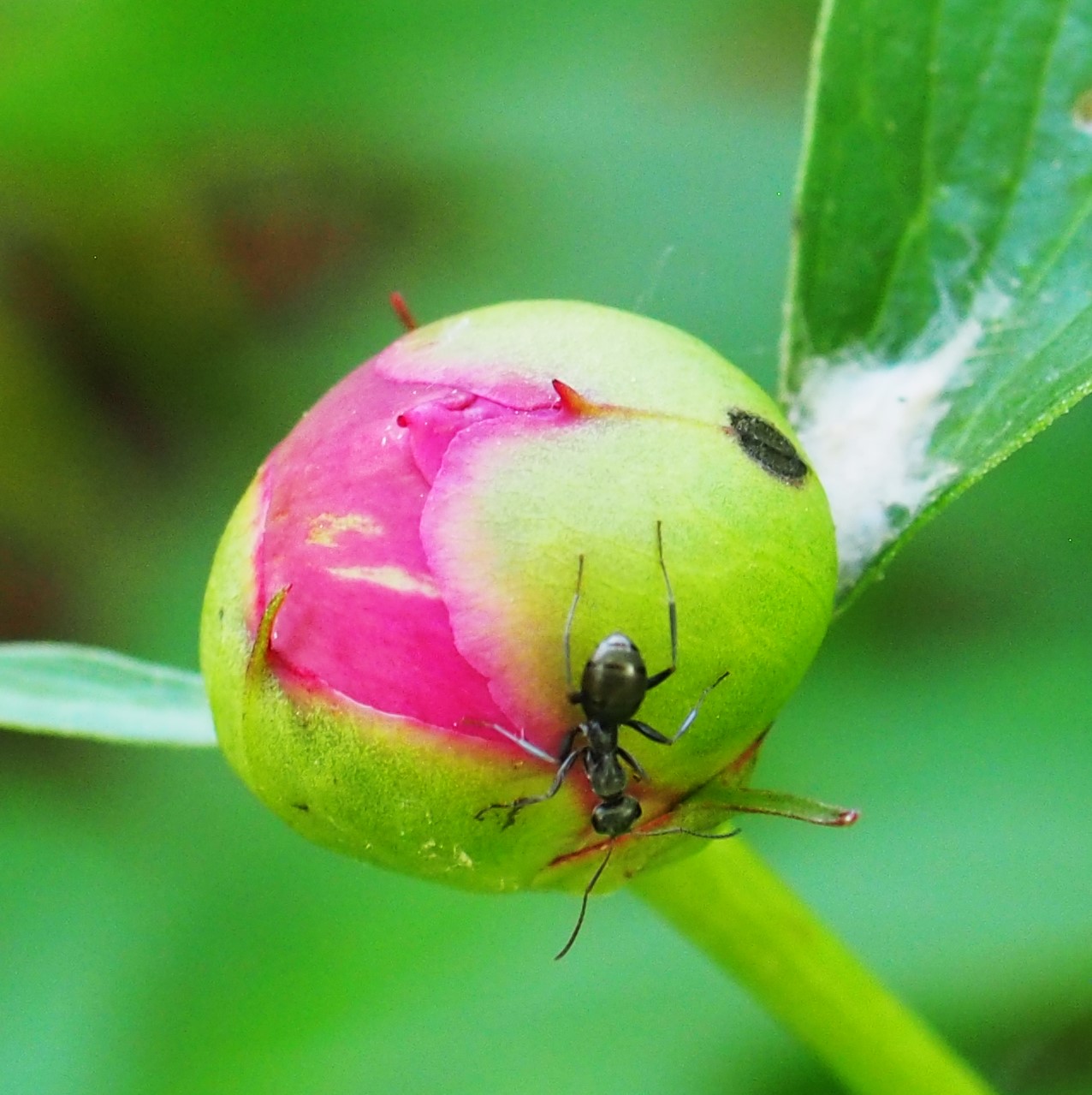
Remember that there is information in the name of the file for each image. You can see it by mousing over the image - look at the lower left of the screen. Or you can
click on the image to get to the (usually) larger image. Then the info is displayed in the address line above. Sometimes the second click will actually display a different view of the
original image.
The tiny Aphid colony on a Goldenrod plant in the back yard is still with us. Unfortunately for this colony that Lacewing larva is still with us, dining on as many Aphids as possible. I know that in general each species has its own controller, but last time we saw the enemies eliminate the colony and so for two years I haven't been able to spy on Aphids. Picture 3 shows that Fourteen-spotted Lady Beetle, and since it has spent a few days in the colony, one can only assume that this carnivorous Beetle or its larvae are not there sight-seeing!
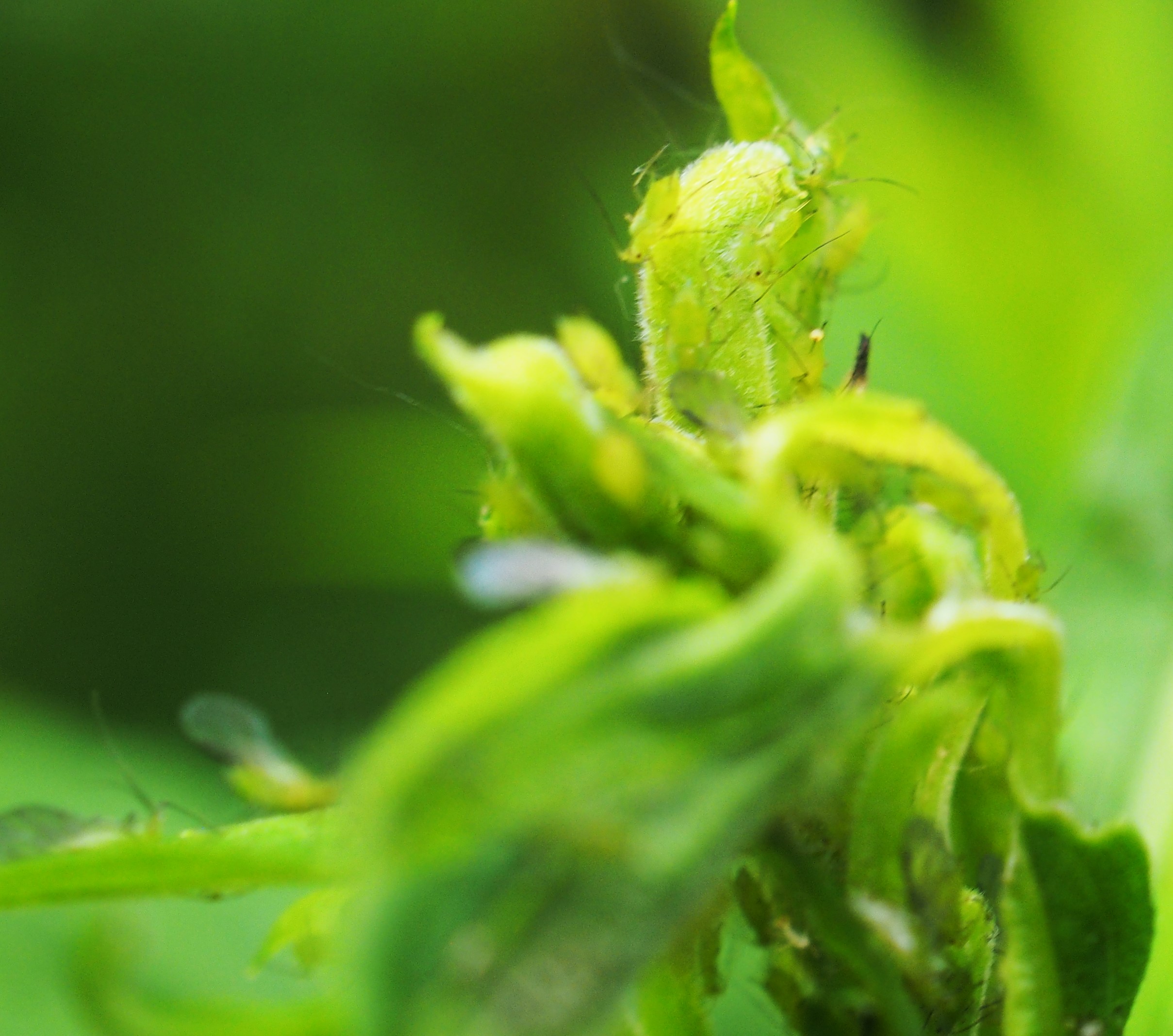
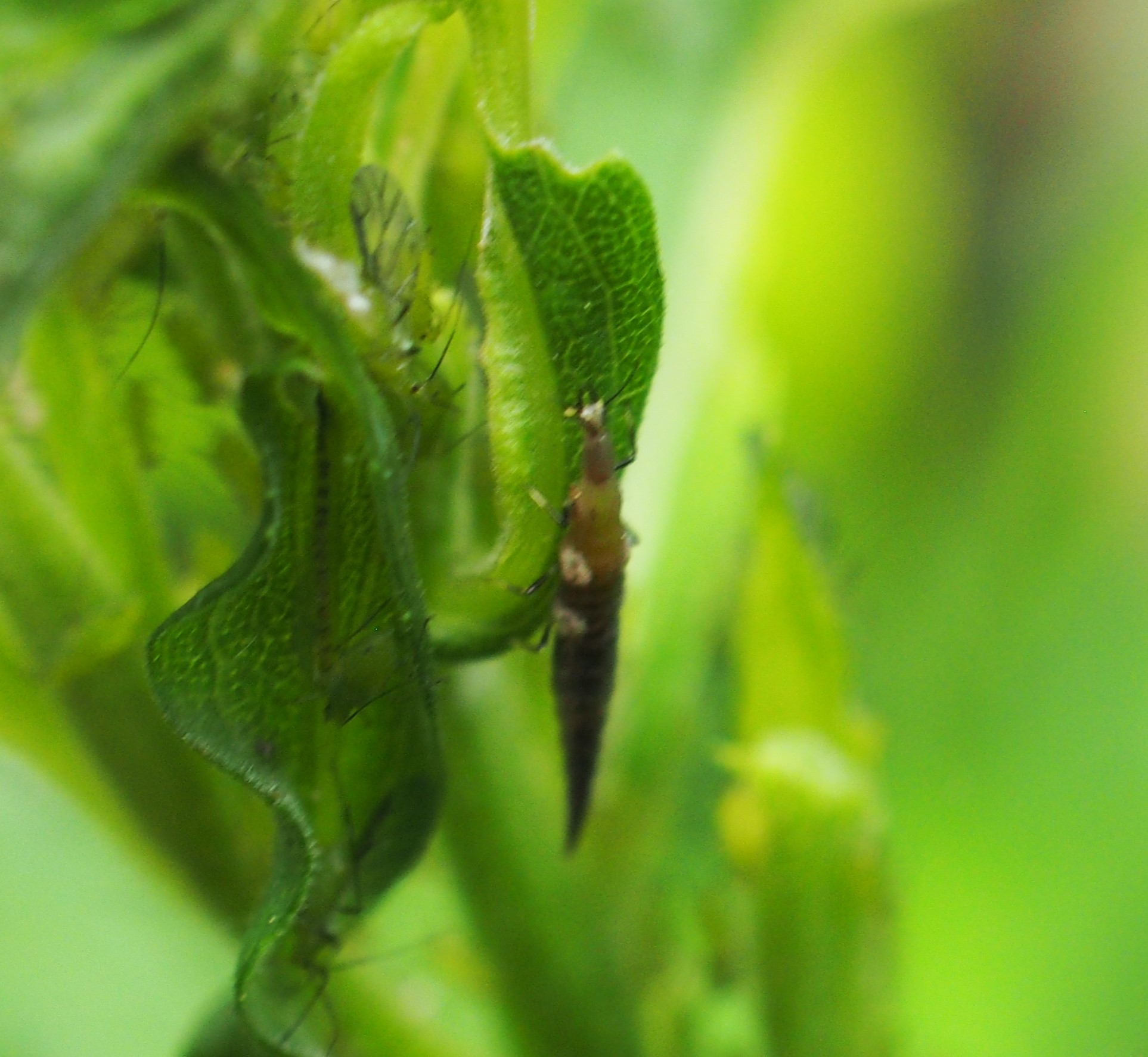
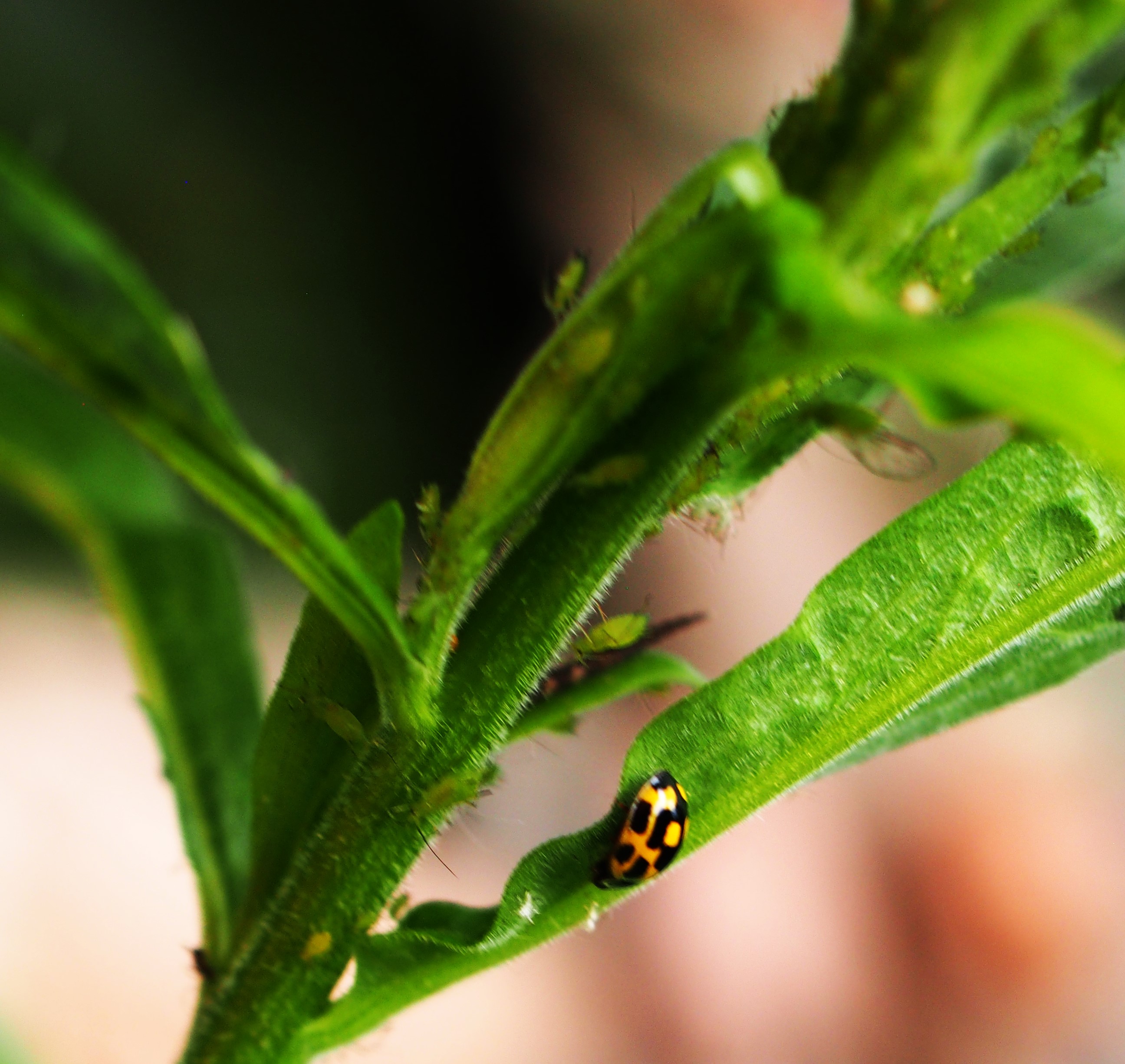
For a change, the Bees were many. This plant that seems to be a Valeriana species seems perfumed to attract small Bees of all sorts and colors. First you see one of the many tiny black species that I can't distinguish. And then what is probably a Pure Green Bee, and finally a reddish Nomad Bee.
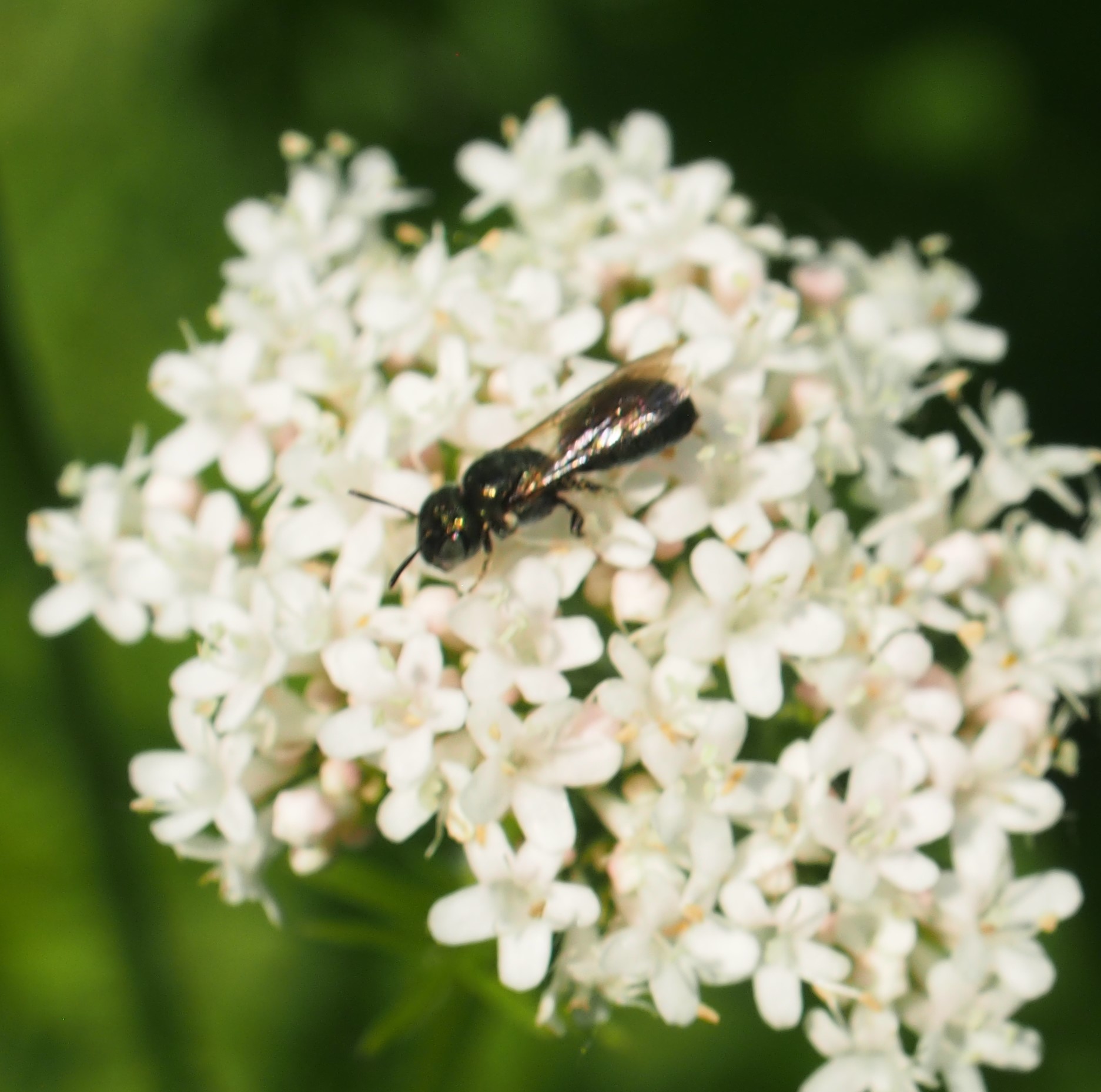
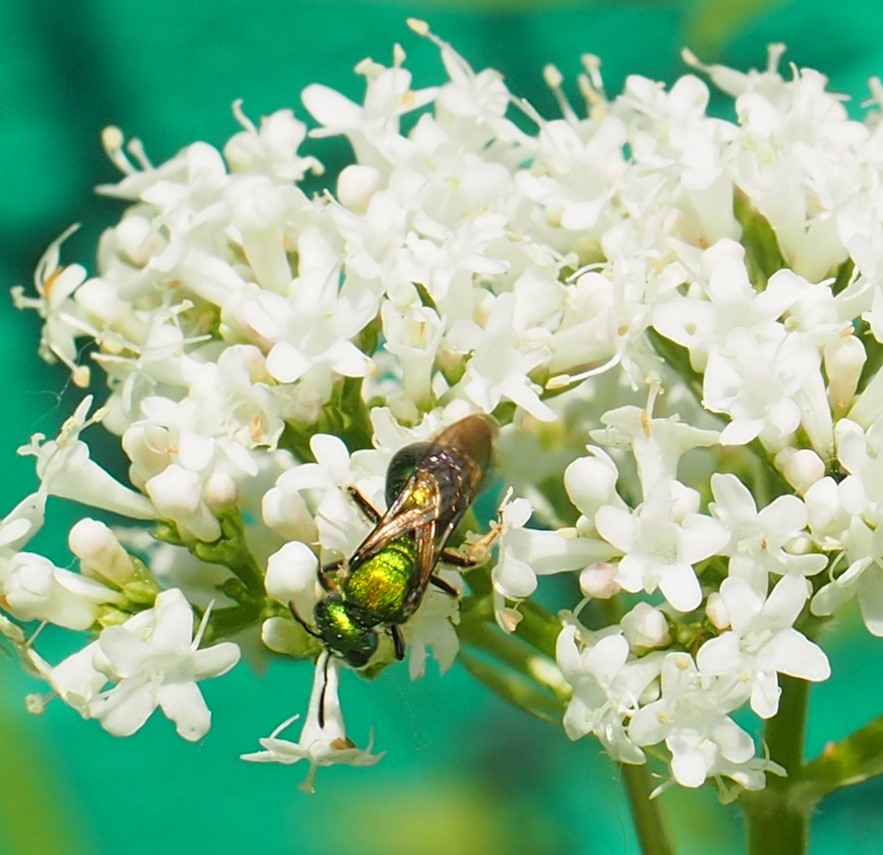
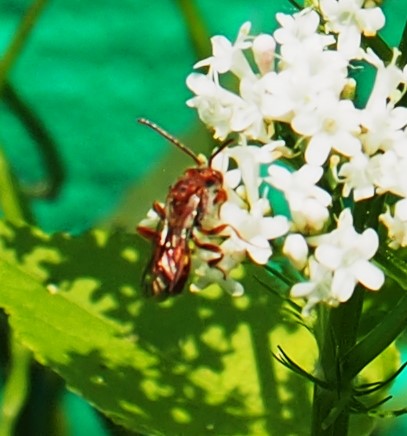
This Valerian head seems to be hosting two species of Bees today. Don't look at the top right of picture 2, as it shows something sinister to distract you from the little Nomad Bee at lower left. Now picture 3 was shot on Goutweed, not Valerian, and shows a Modest Masked Bee, something that appeared in several places this week.
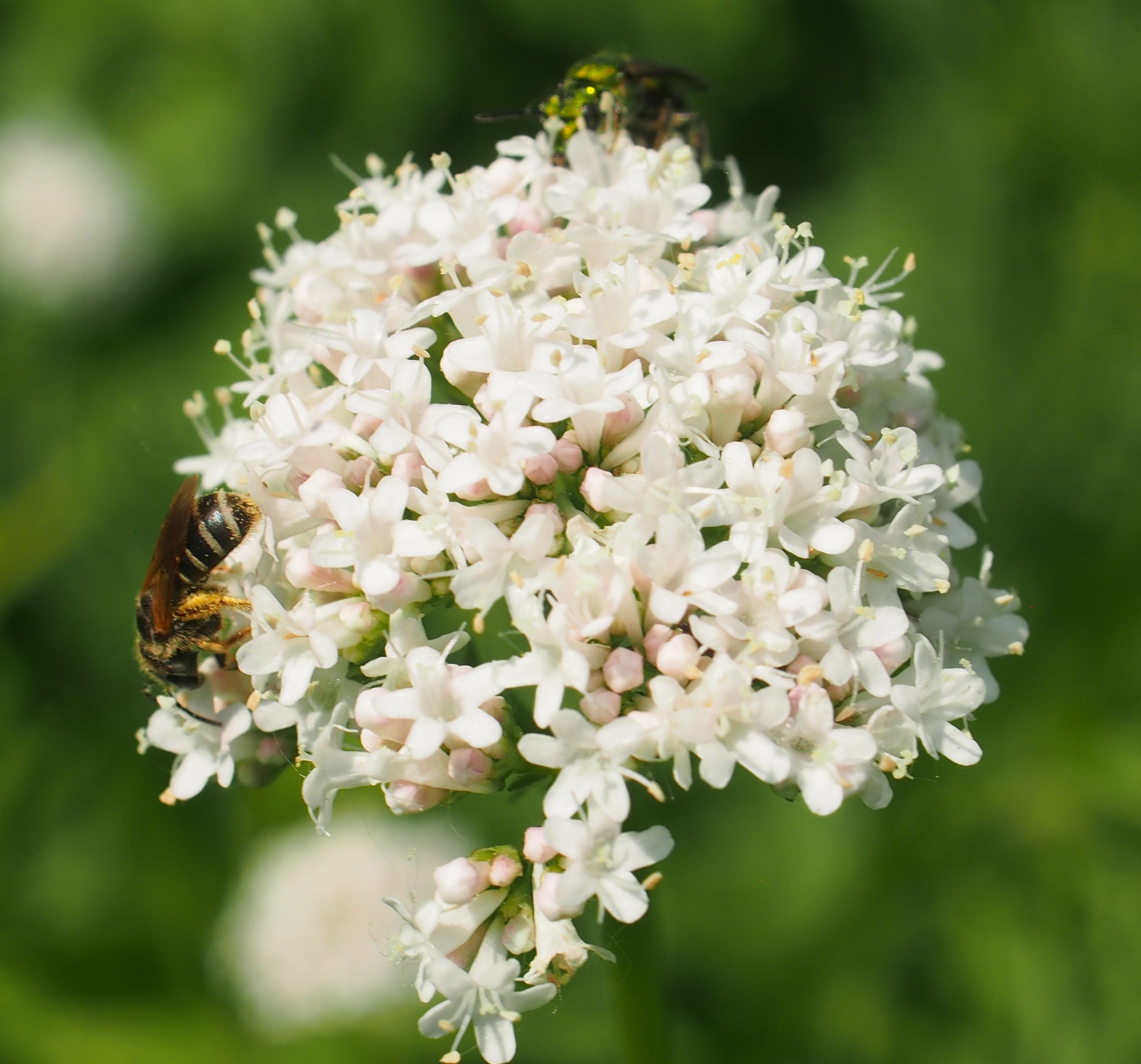
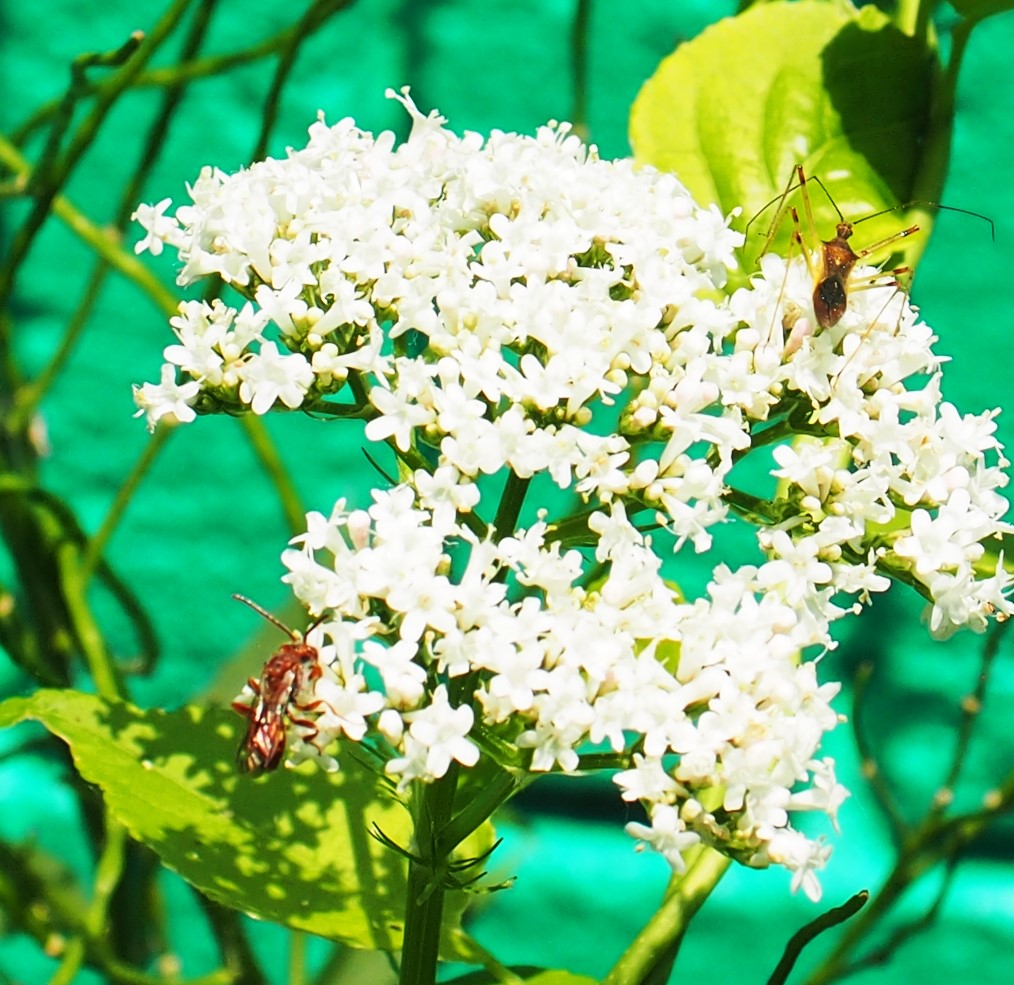
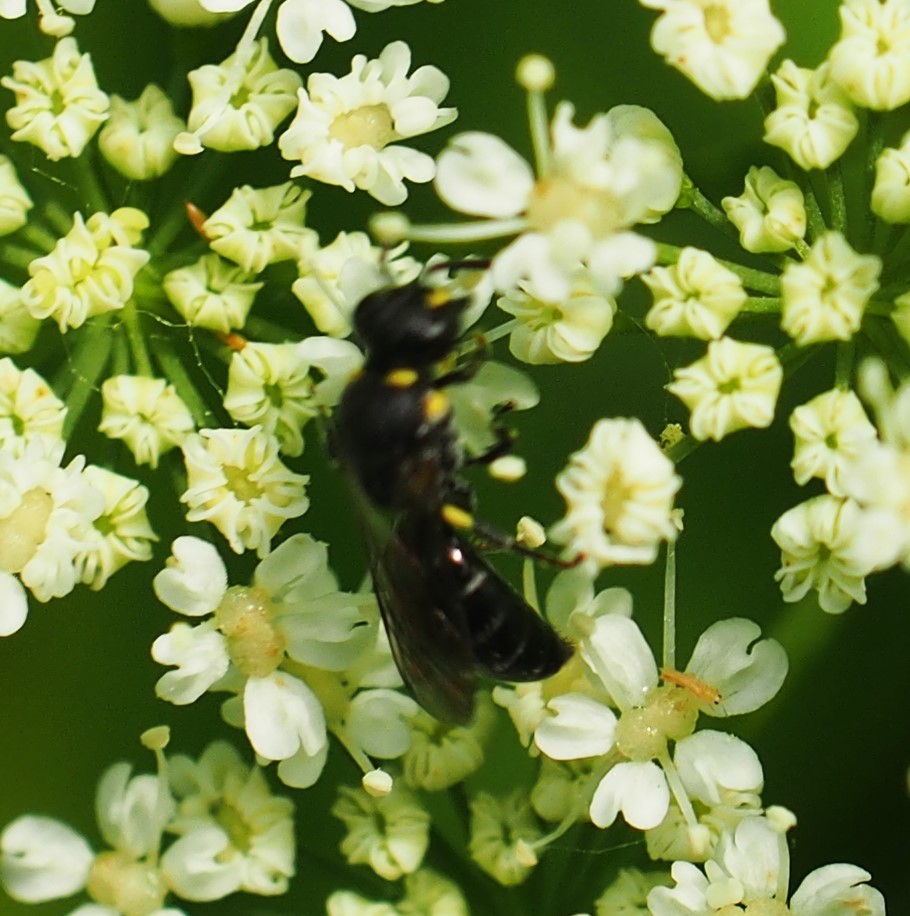
How about some Beetles? Look no farther than the Goutweed, which somewhat resembles the globular Valerian, but is actually more disc-shaped like Queen Anne's Lace. This is Valgus hemipterus, which always appears with the Goutweed. Usually we also see its cousin, Valgus canaliculatus, but this picture 2 was from another year. Maybe we'll still see it. Picture 3 shows two or three different species of Carpet Beetle, which seem to congregate on the Goutweed each year. And last, here is a Tumbling Flower Beetle, also in the Goutweed!
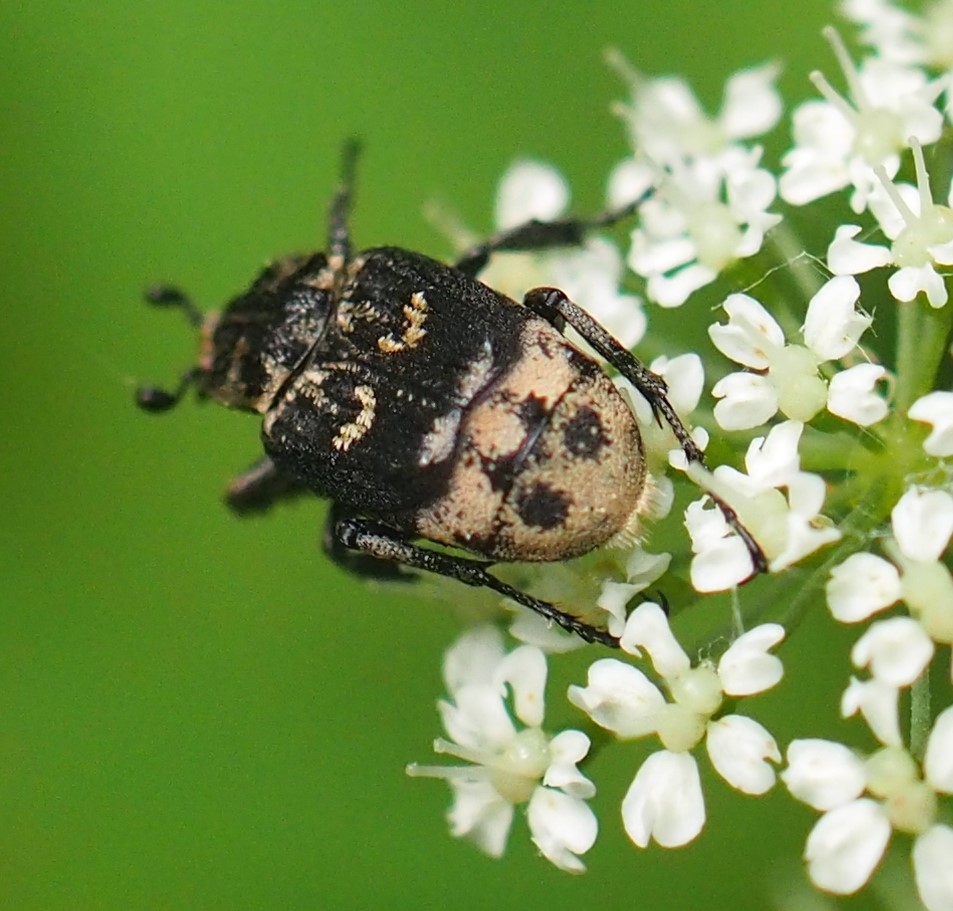
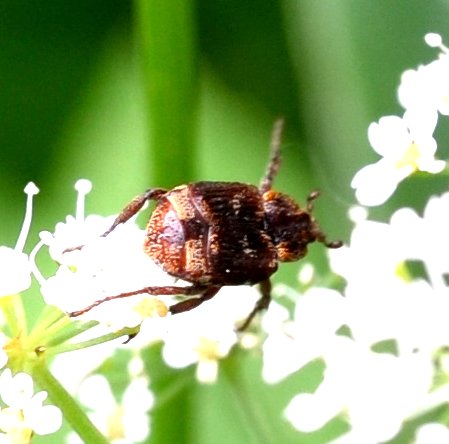
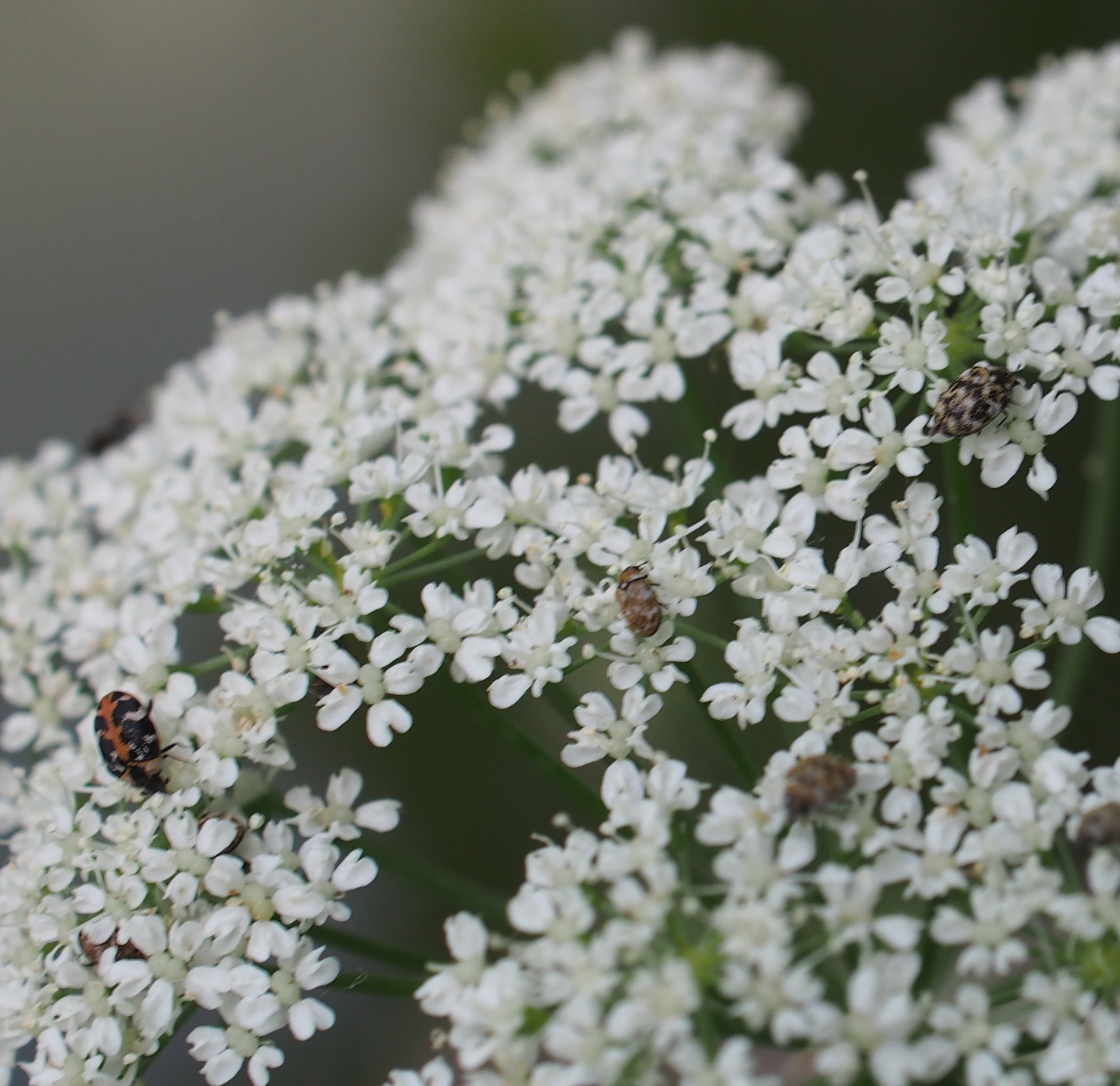
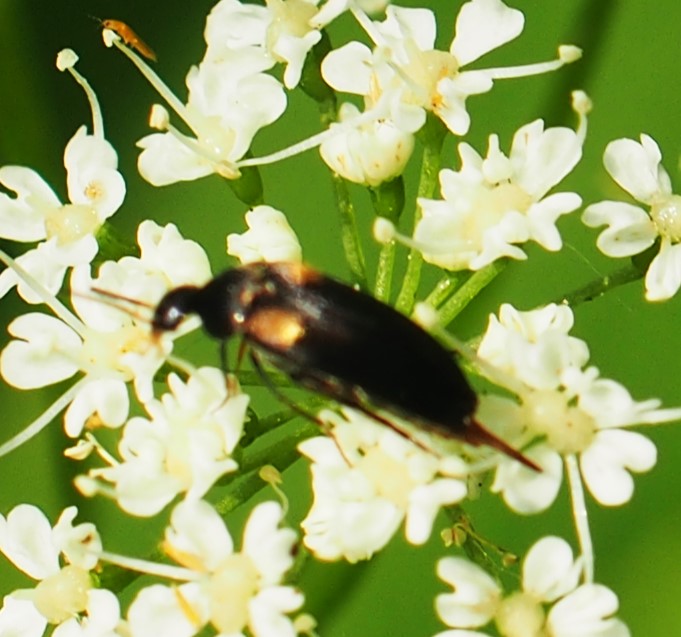
First here is one of the Lightning Beetles (not Bugs). Then the 14-spotted Lady Beetle. Then the larva of one of the Lady Beetles, probably of the Asian Lady Beetle.
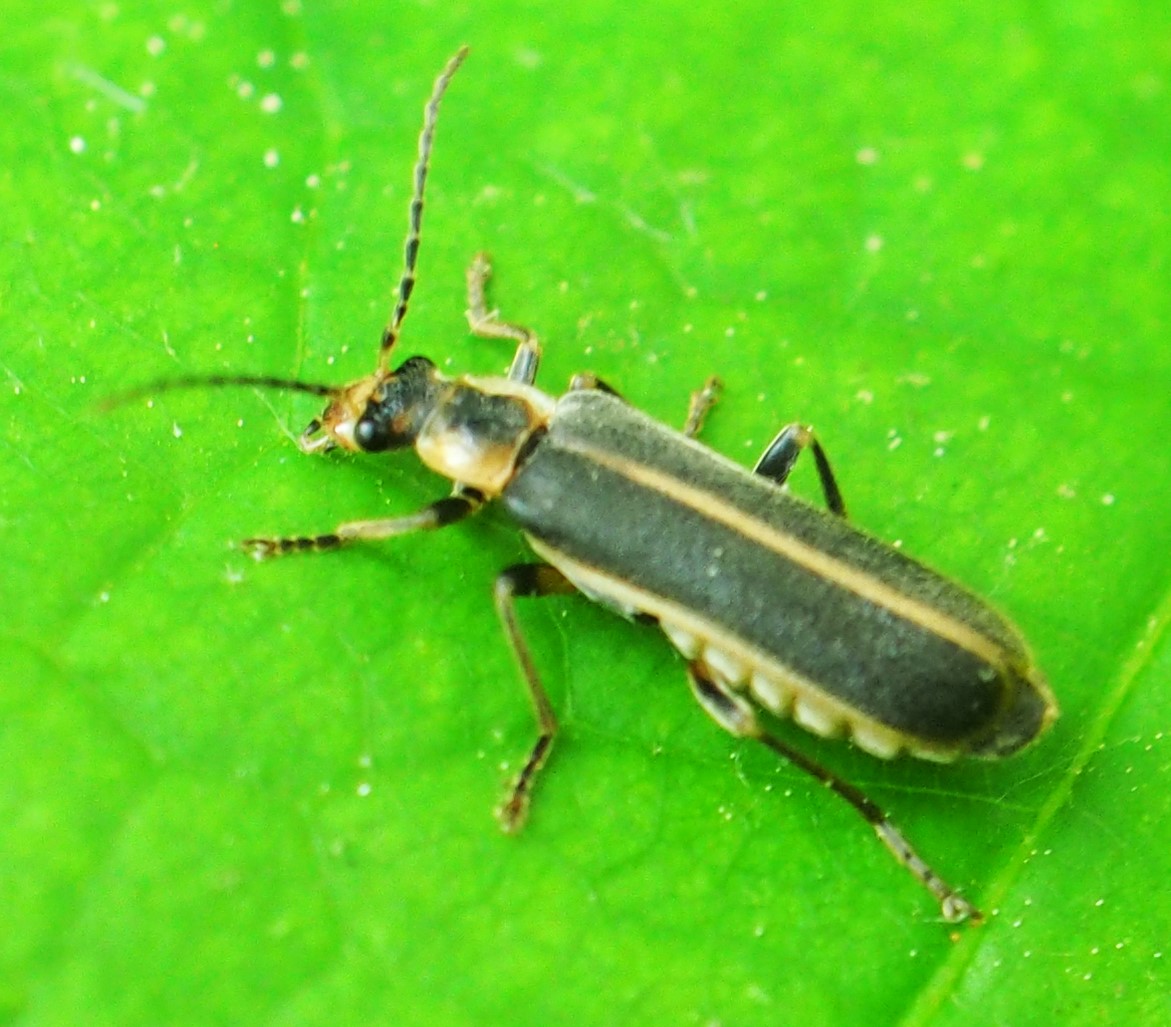
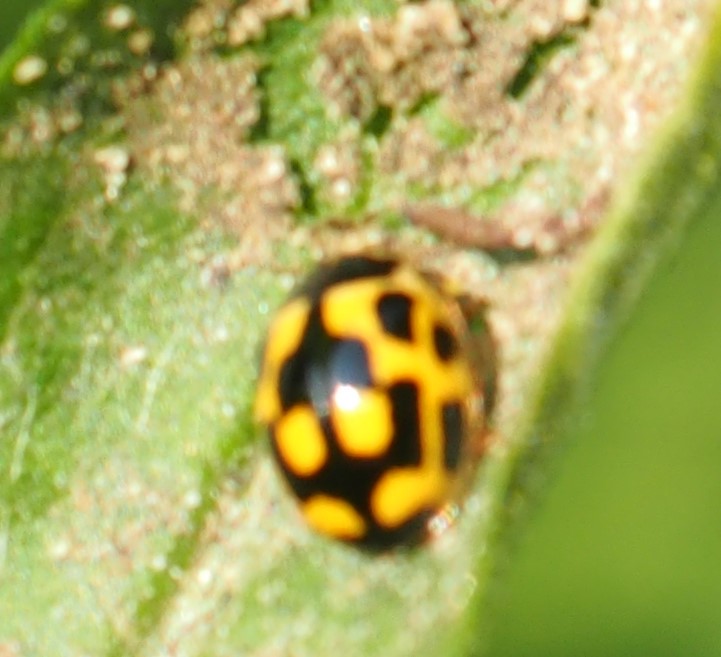
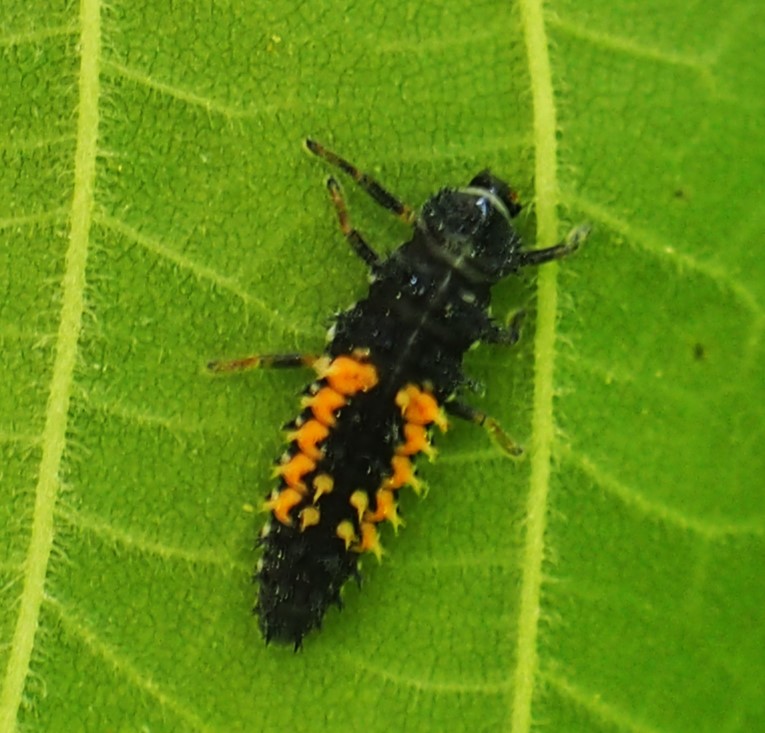
That Green Immigrant Leaf Weevil is still here. And of course we saw a Redbud Bruchid in the Goutweed, it's always somewhere! And the Paria genus Beetle we saw last week is still here.

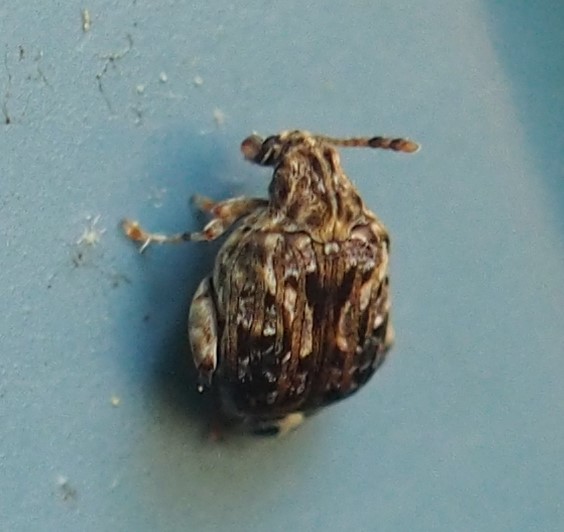
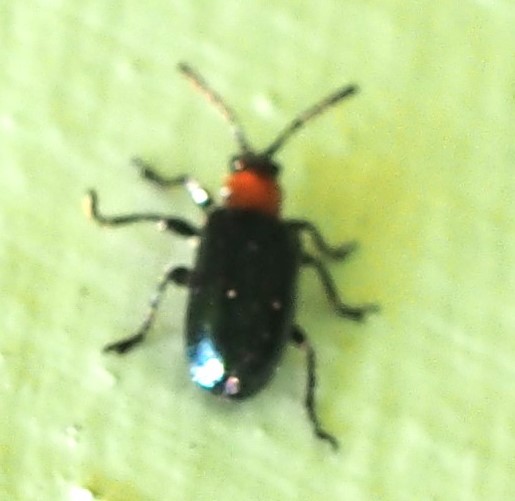
So let's look at our Bugs of the Week. Remember I asked you not to look at the upper-right corner picture before in the Bees section? That's because those Zelus luridus Assassin Bugs are everywhere nowadays. And that creature was indeed one of those Assassins, this one in shades of brown.
.
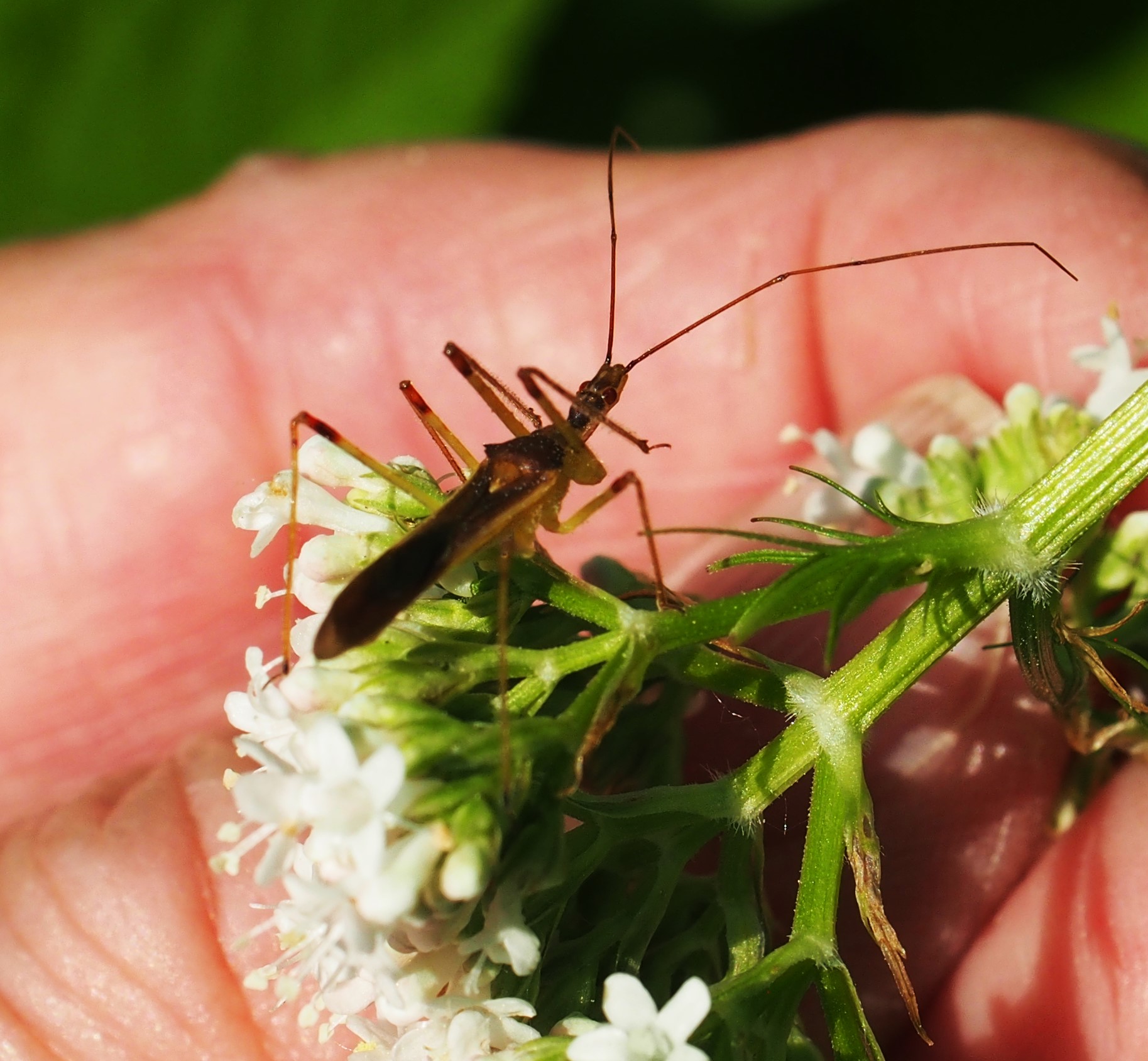
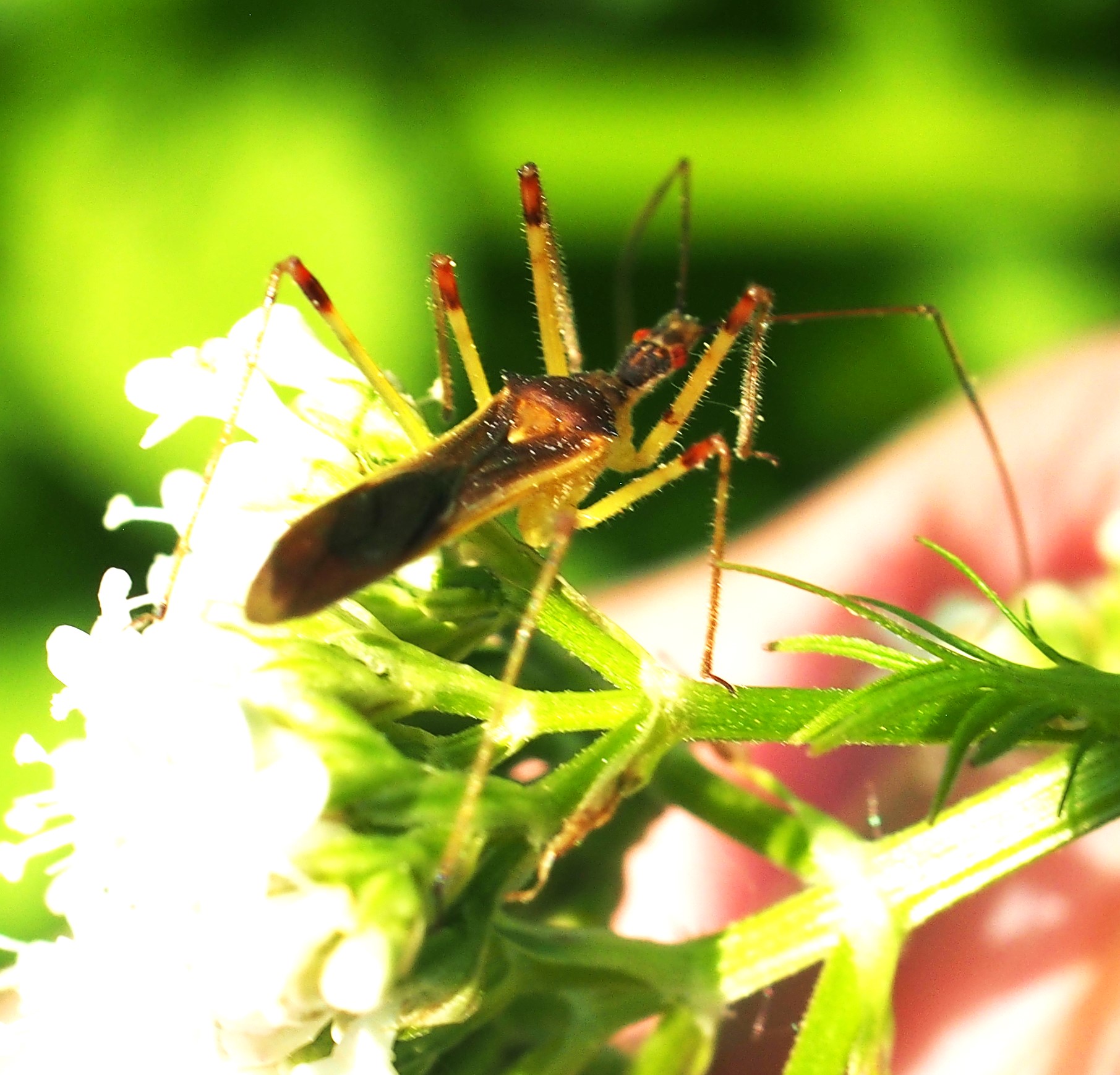
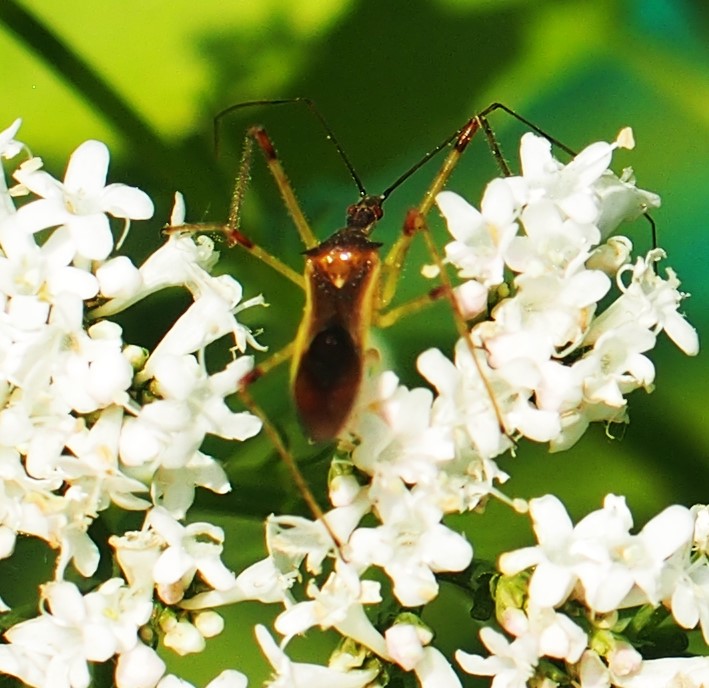
Here are some Leafhoppers from this week. First and second are quasi-dorsal and lateral pictures of the Red-banded Leafhopper. Third is a lateral view.
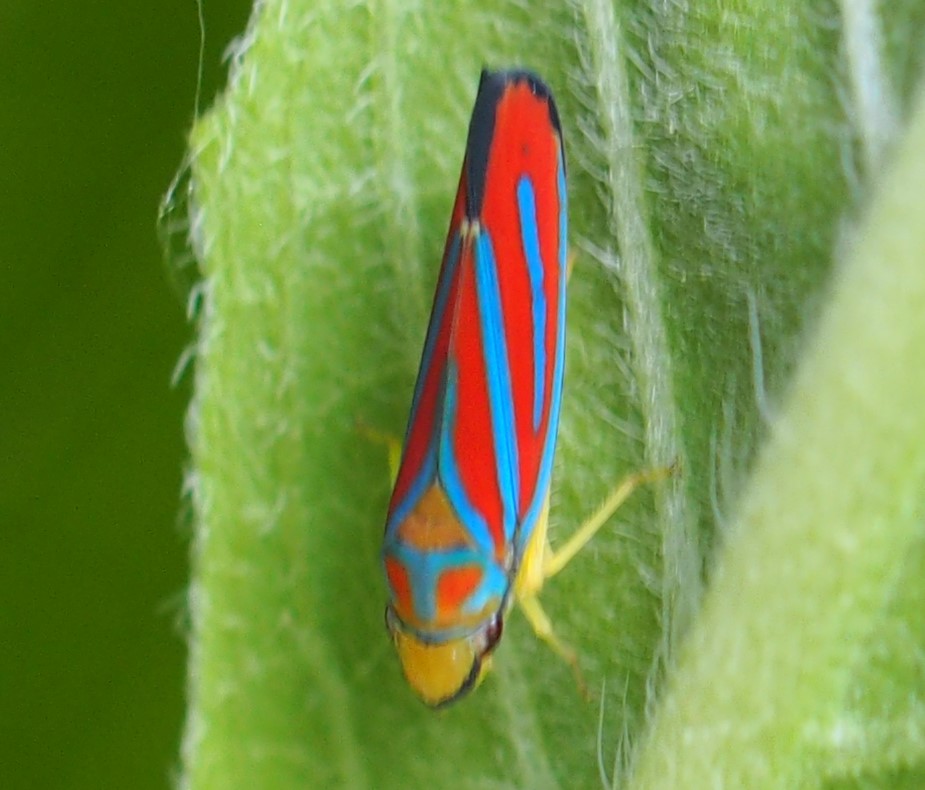
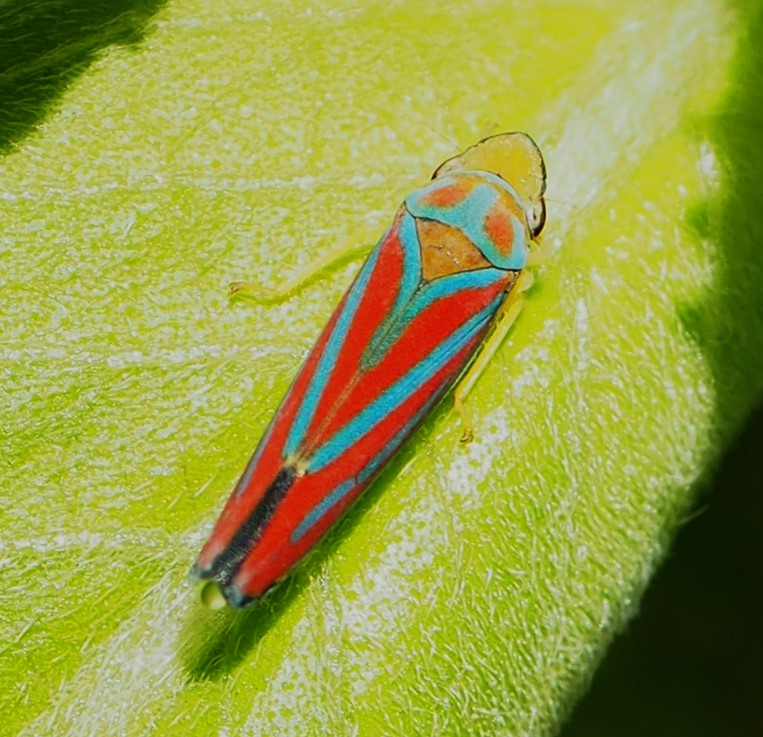
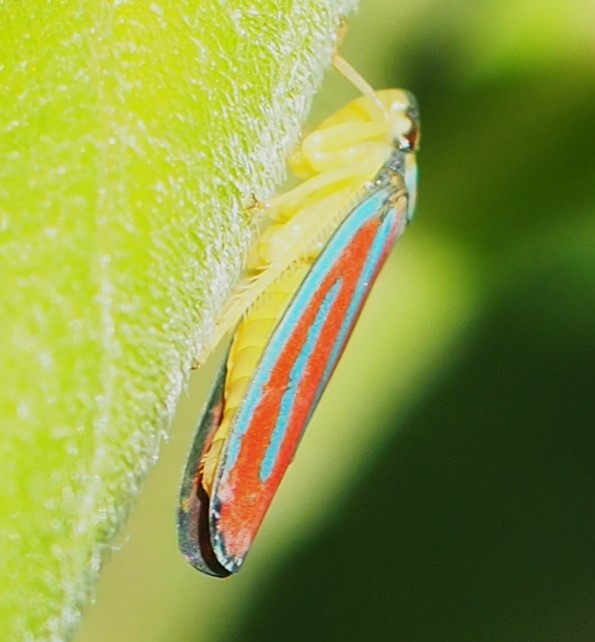
Here is a very much unsatisfactory animal as far as photographing it goes. It just looks whitish but it is a Leafhopper still. I messed around with the editing controls that come with Photos and finally got one that looks as if it lets you see through the Bug itself. Unfortunately it is only a minor illusion. Don't try this at home.
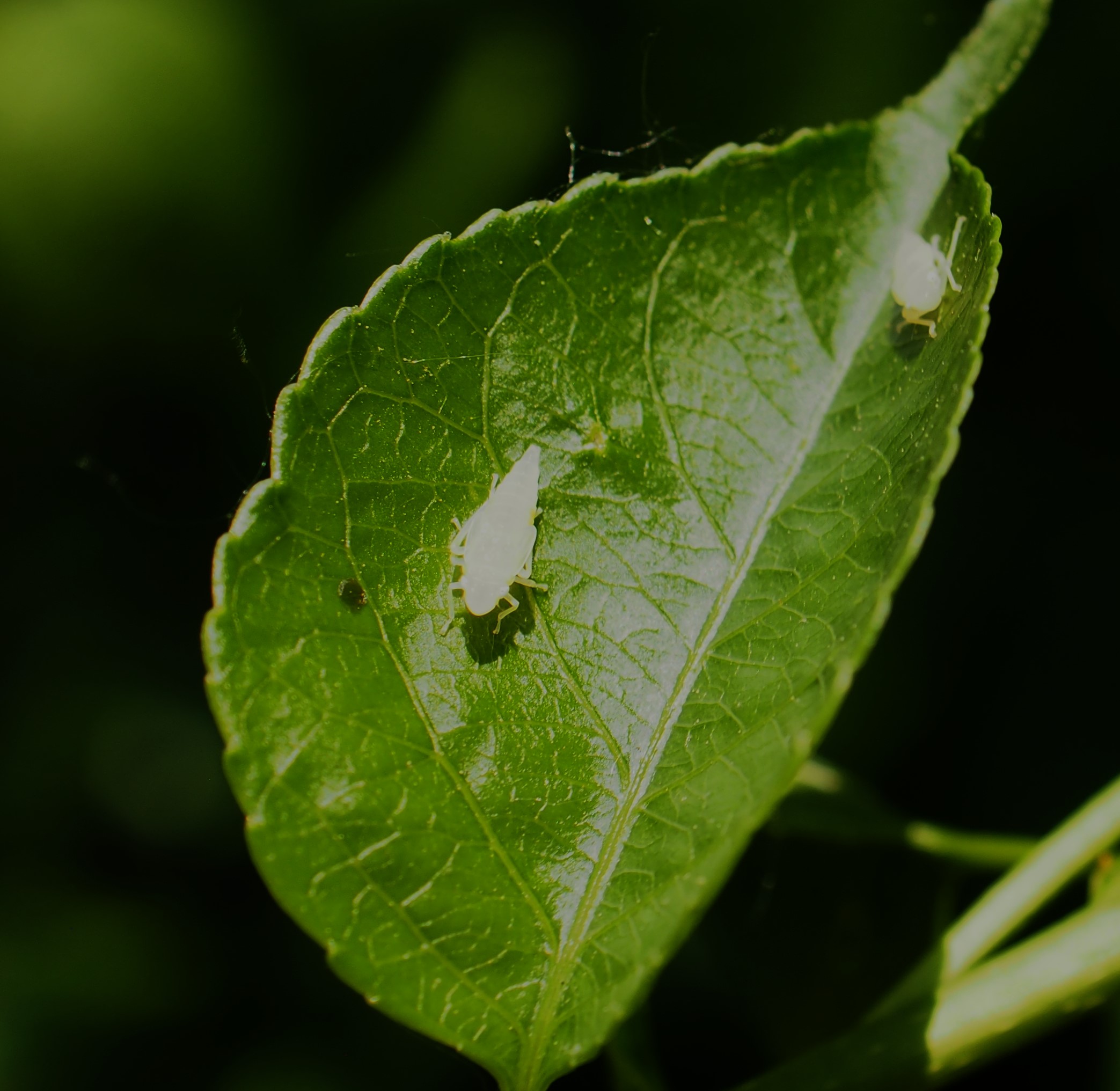
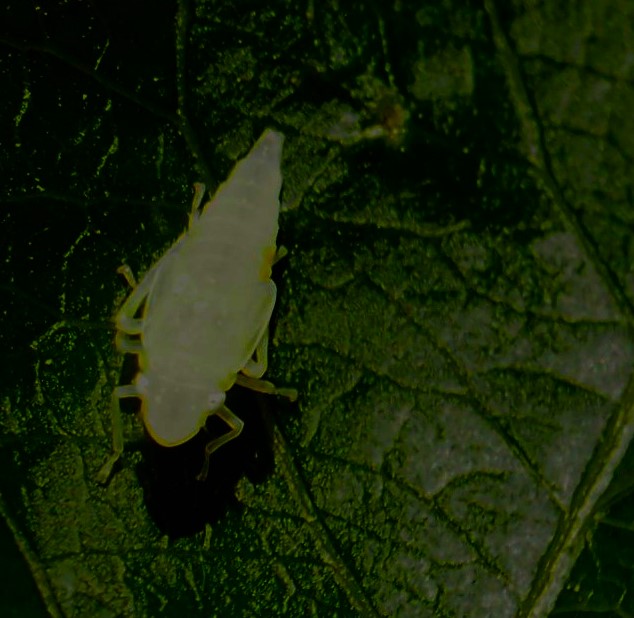
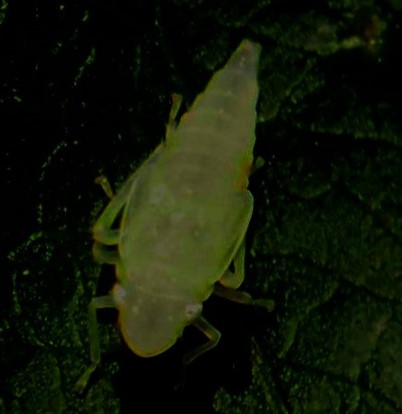
Let's see what other Bugs we have. This first one is out to eat all the weeds it sees. It is the nymphal form of the Four-lined Plant Bug, and next is that adult itself.
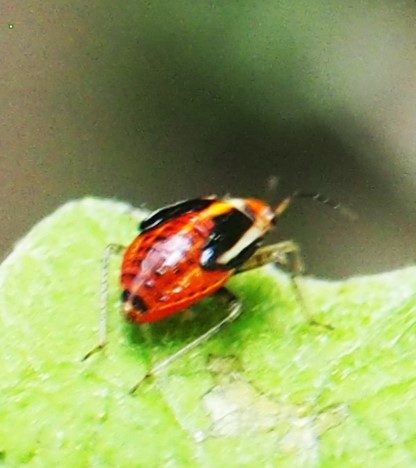
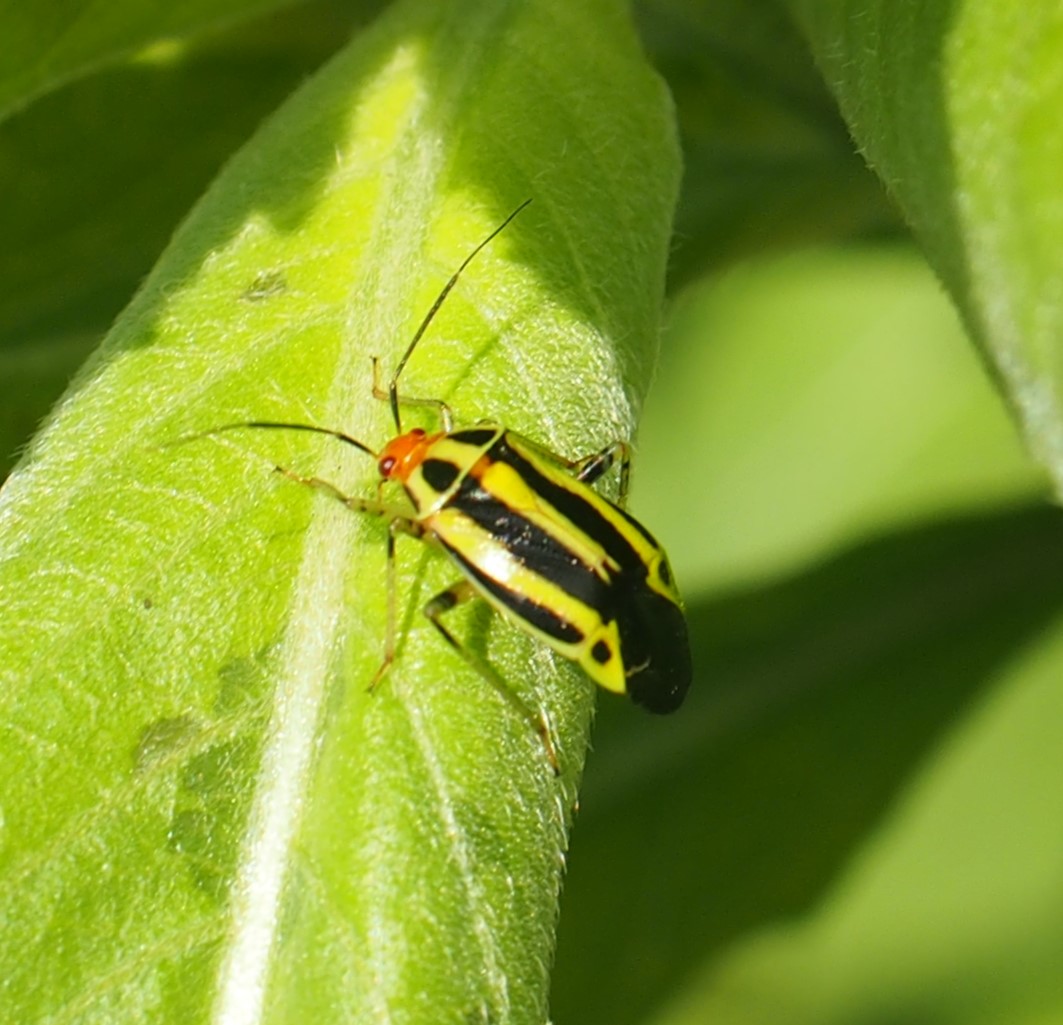
Here (first two pictures) is a Plant Bug, probably in genus Neolygus. Third is another Plant Bug, as I interpret the comments to its appearance in iNat.
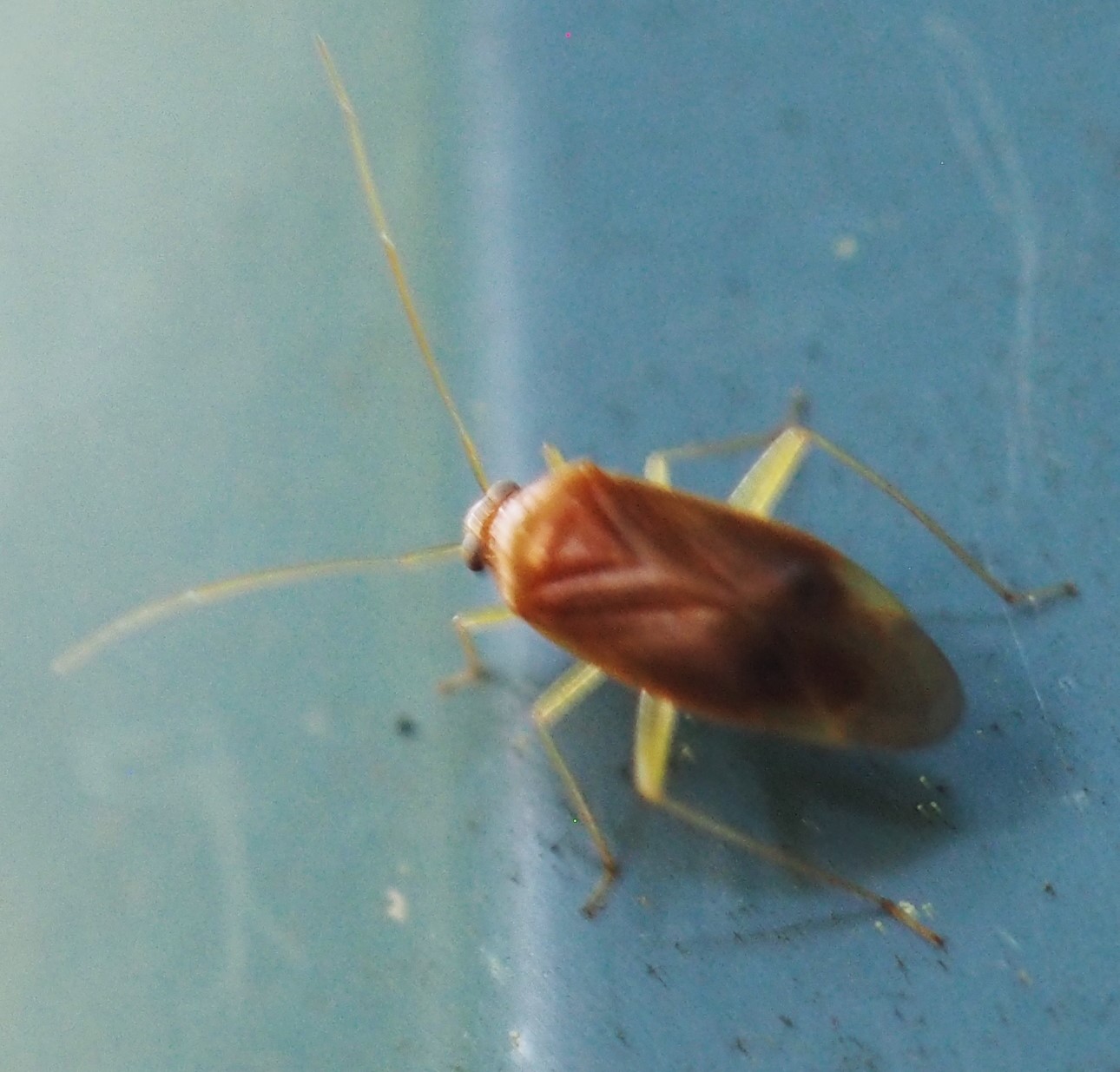

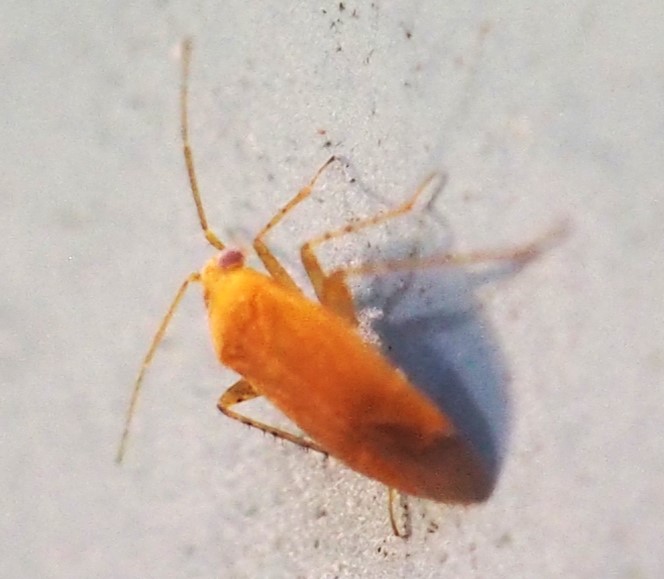
This little spotted wonder, seen on June 5, is another that appears about this time each year, at least for the past two years. It is one kind of Plant Bug in the genus Phytocoris. The second picture was taken last year on June 10.
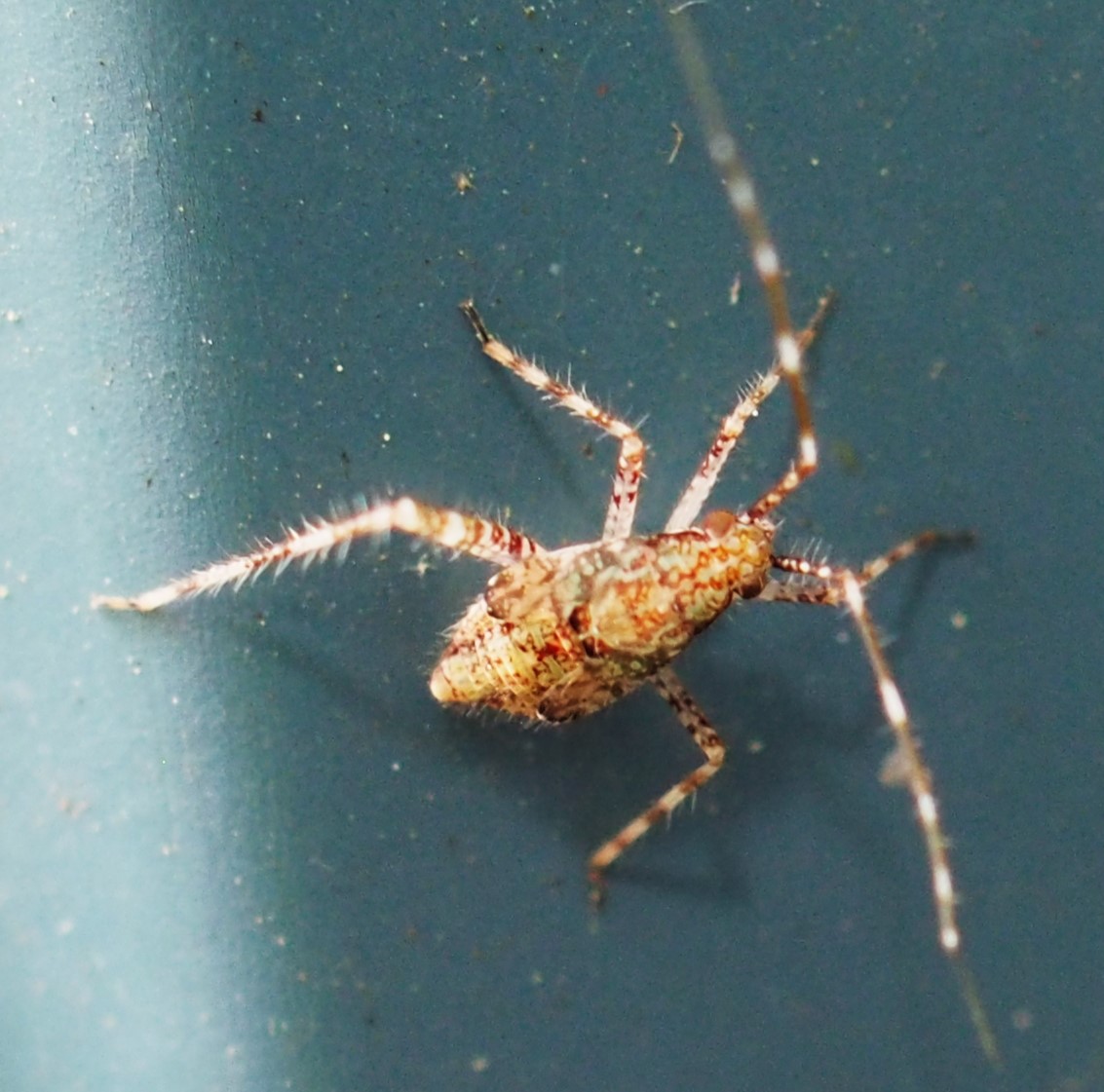

On June 10, while wandering the front yard and lifting a leaf now and then, I found this lovely Plant Bug Prepops insitivus. Very shortly, this next Bug began slowly turning itself over so that it now is obviously a Horned Squash Bug with its orange antenna-tips.
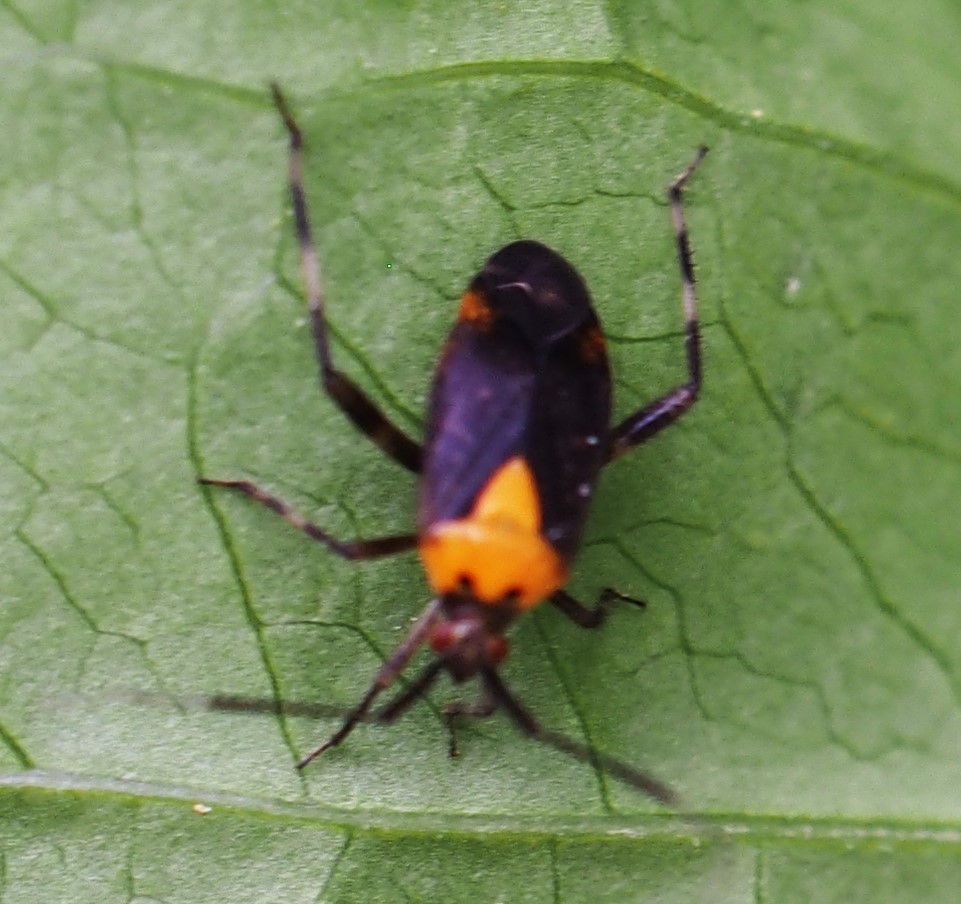

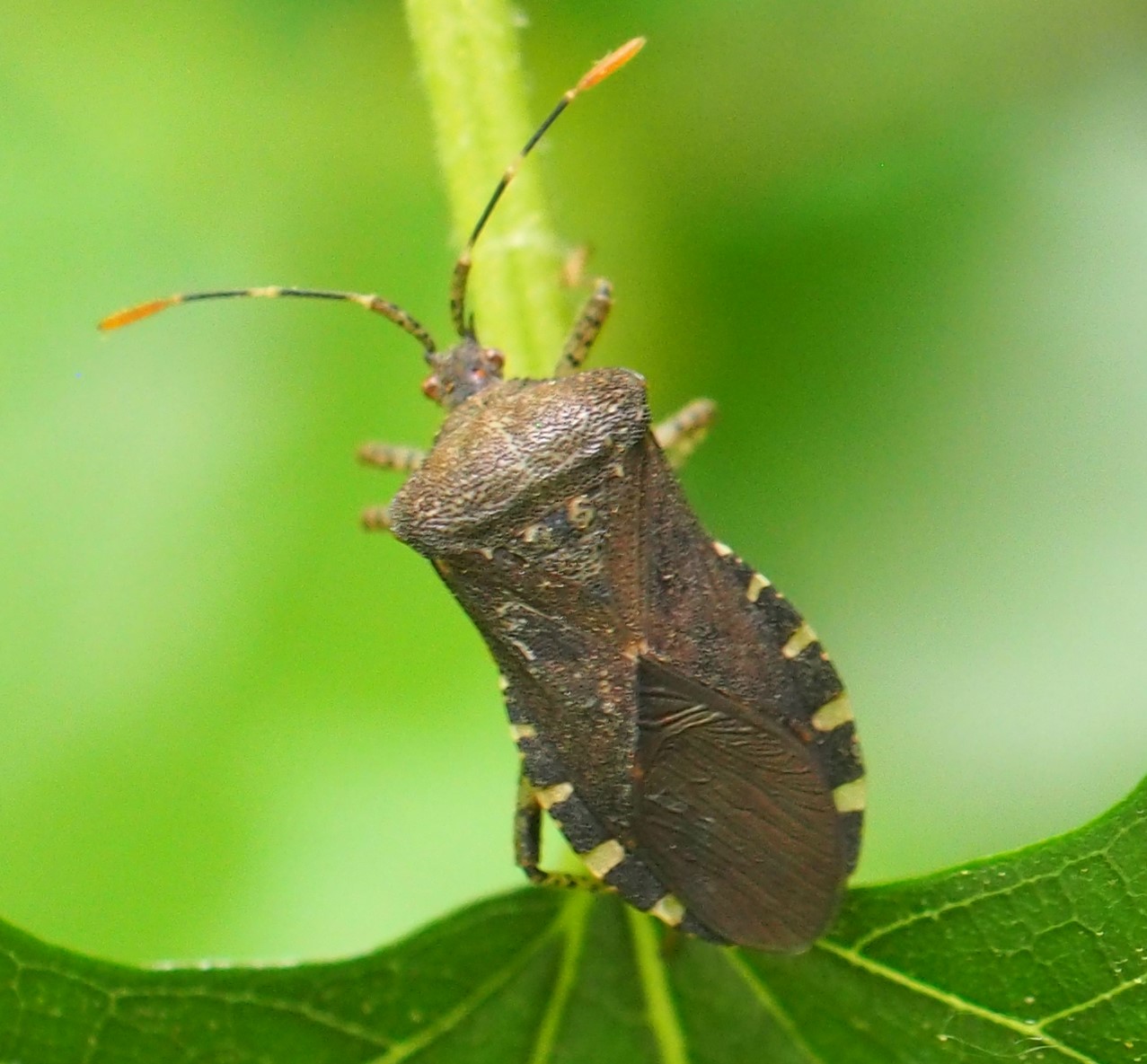
Let's see what the Barklice are doing these days. There are still Eggs around. The Adults of Graphopsocus cruciatus are looking clearer. But here is something that I couldn't parse till Diane Young, author of book-in-progress Psocids of Texas, said it looked like one of the Lachesilla genus.

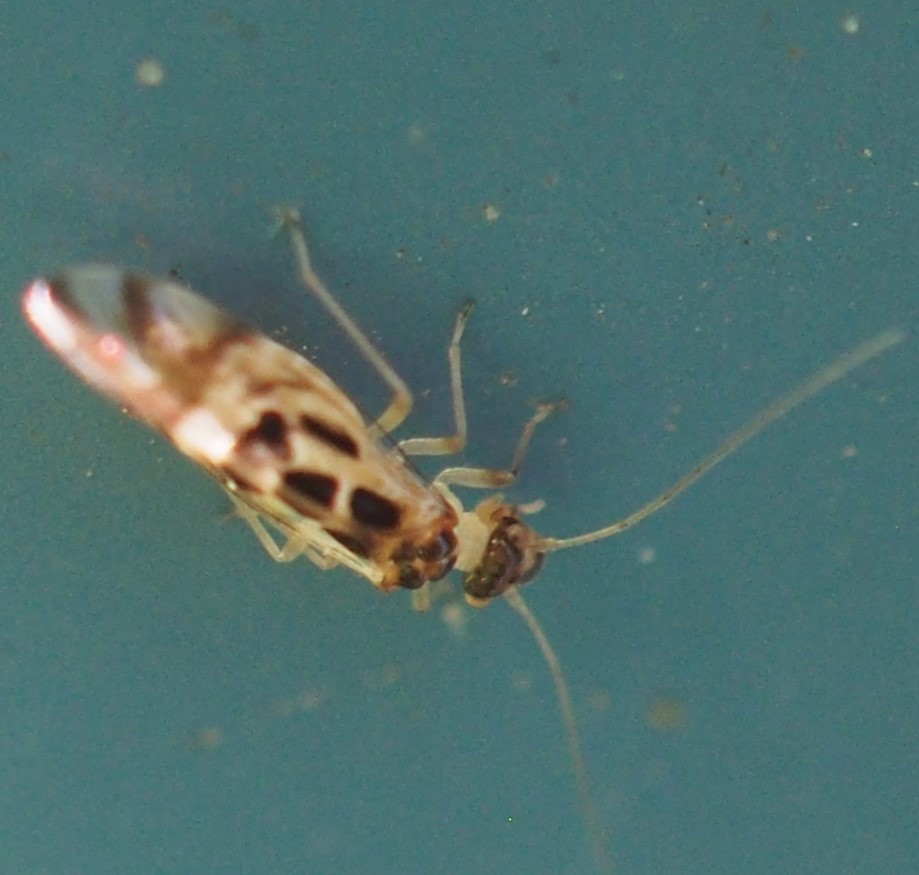
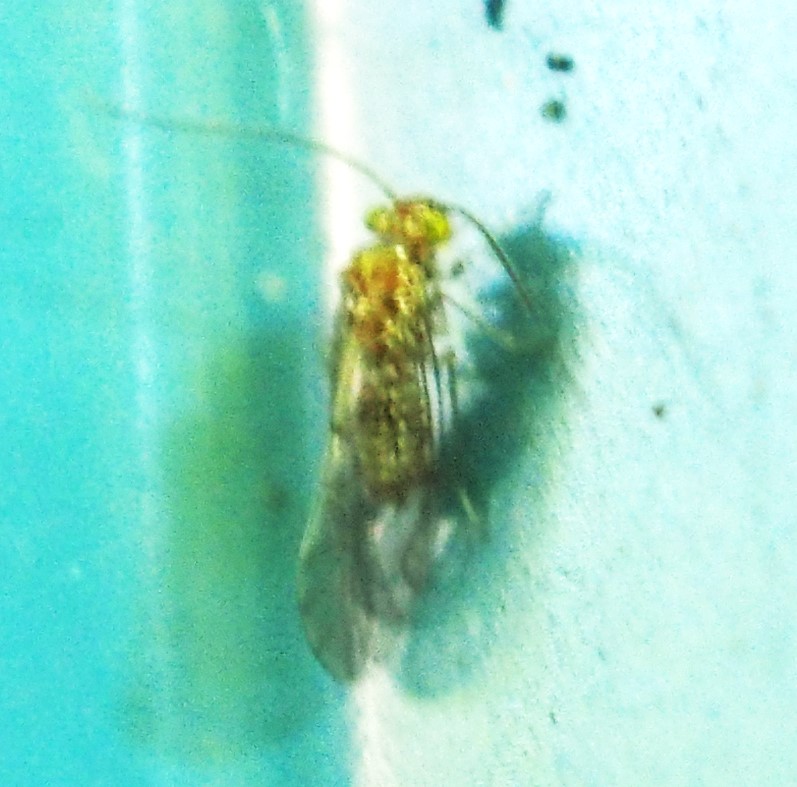
So now we have two Genera (Graphopsocus and Lachesilla) with members seen and documented. But then something else just seemed to crystallize: Venezuela flavidus adults began to appear. Here are two progressively clearer photos of this lovely striped yellow Barklouse with its red eyes! I was about to congratulate myself with finding yet another species of Barklouse when, late yesterday afternoon, this one adult Polypsocus corruptus showed up on the North wall! I set myself to wondering why, with the exception of the Thbarklouse polypsocus corruptus 6 10 23 1 nymphs, these creatures all appeared with no apparent nymphal forms. Then palm to forehead as I recalled the many times people had mentioned that most of the Barklice overwinter as adults!!!
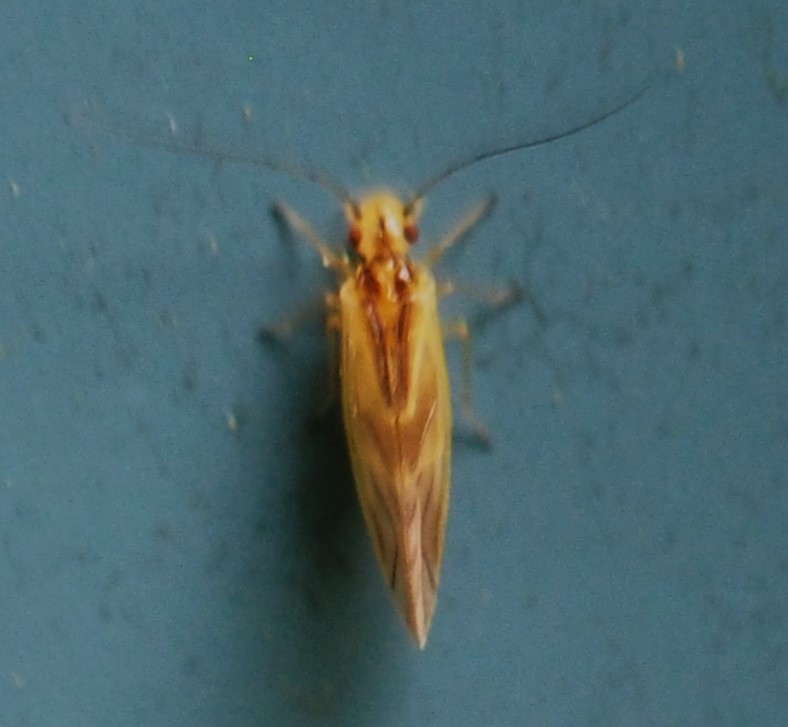
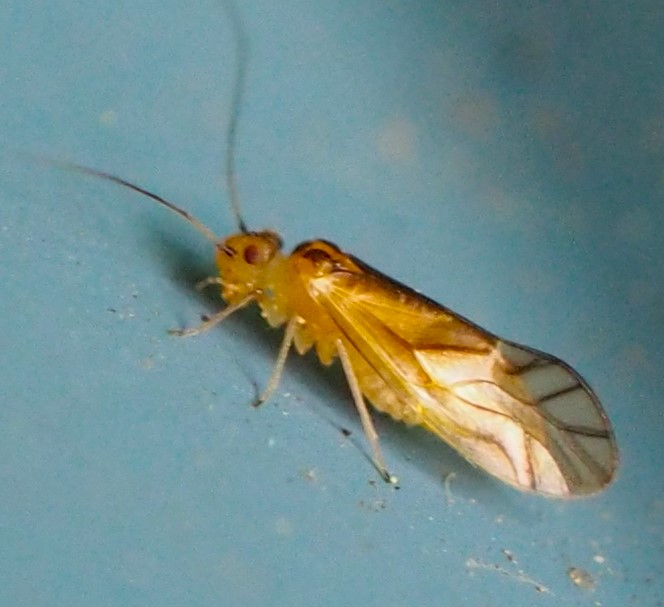

In between Barklice and Flies, we find outselves in the realm of the Damselflies. Here first is the female of the Fragile Forktail. The next two are of the female Ebony Jewelwing as I pursued it along a path. They are not very much fond of being approached!
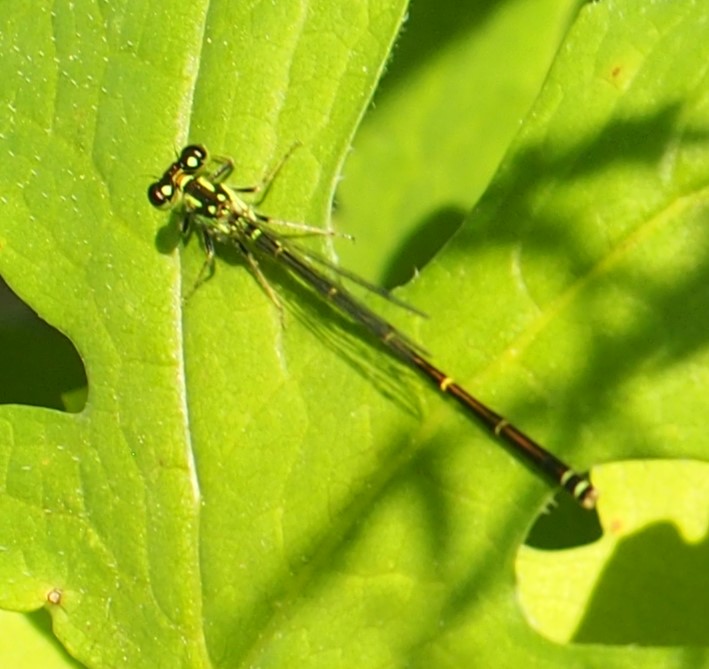


We start the Flies with some that are all shaped similarly. First, the long-winged ones that hold their wings together.


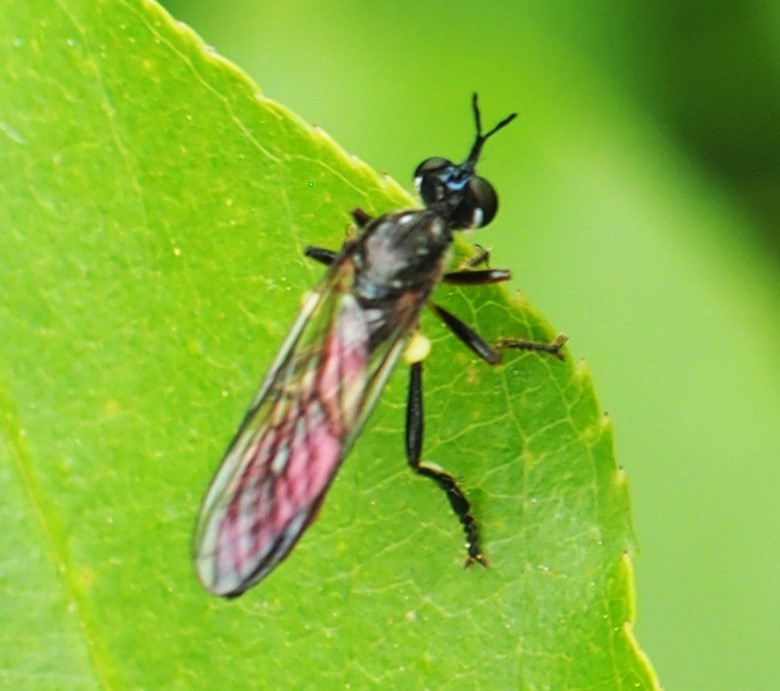
Next, the Flies that hold their wings at 45 degrees from each other. My favorites are the (Blue, Green, Gold, etc.) Bottles, like this first Bluebottle Fly, followed by the next Greenbottle Fly and what you may want to call a Goldbottle Fly (I do).
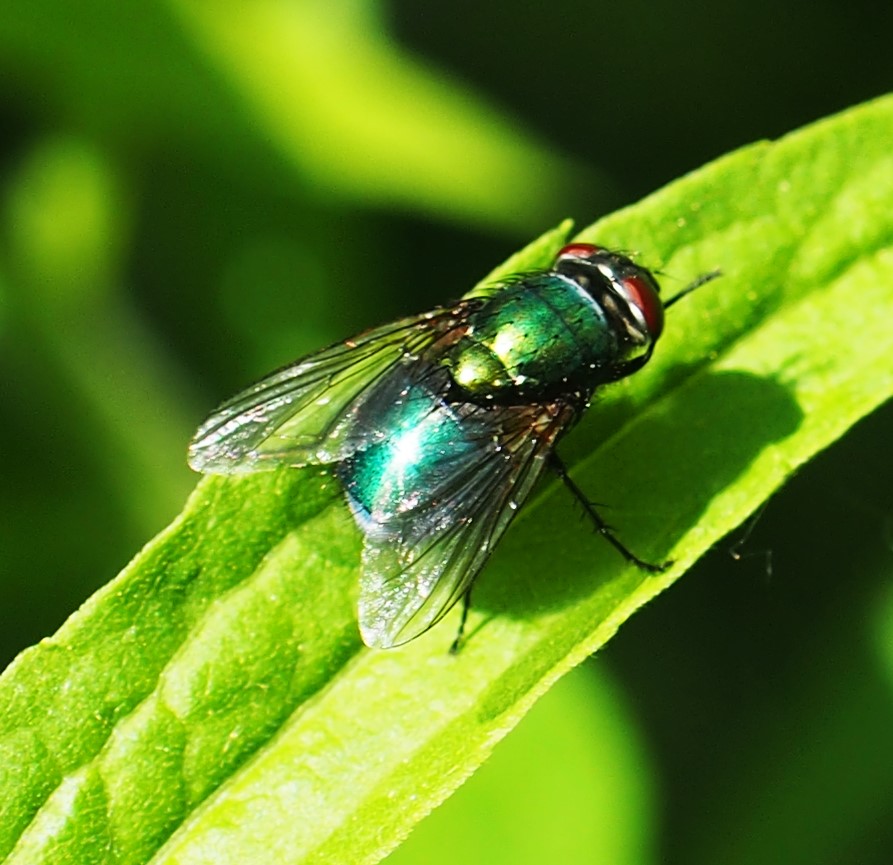

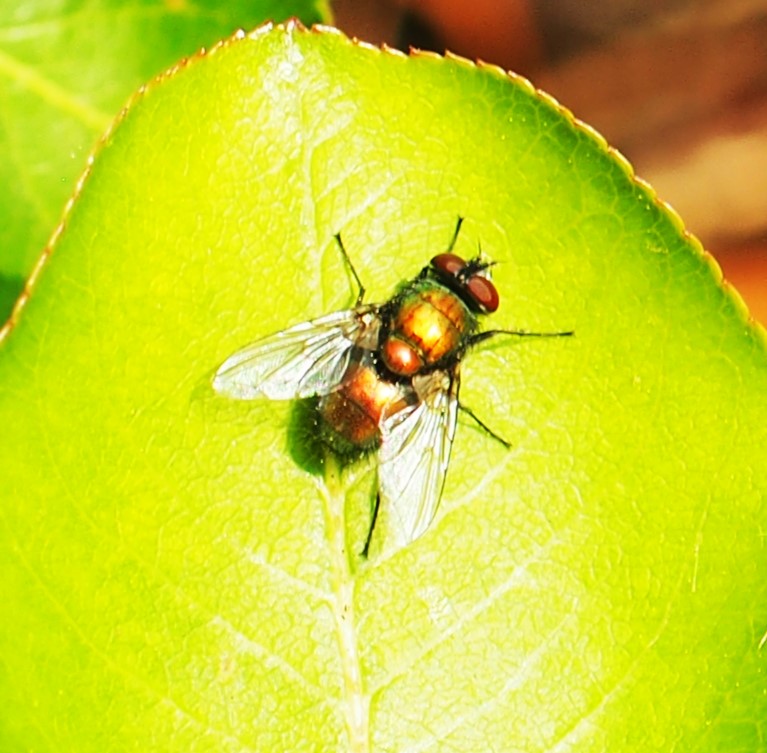
This next one is shaped exactly like the Greenbottles, but the bodies may not be those bright colors. Indeed, if someone asked you, of all the Flies you've seen so far, which is the one you would call A Fly?, this first one would probably be your answer. Number 2 is a Woodlouse Fly, named for its enjoyment of Pillbugs, I think. I also think that Pillbugs would be the Western hemispherical name, and Woodlice would be the Eastern.
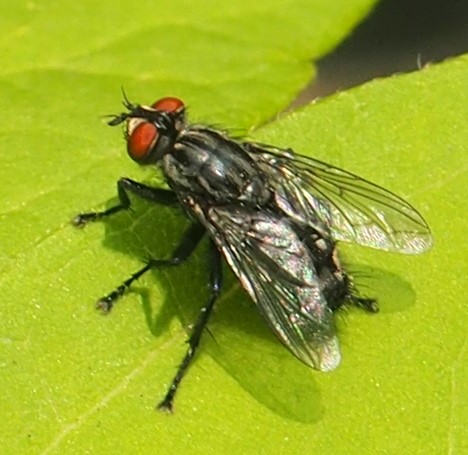
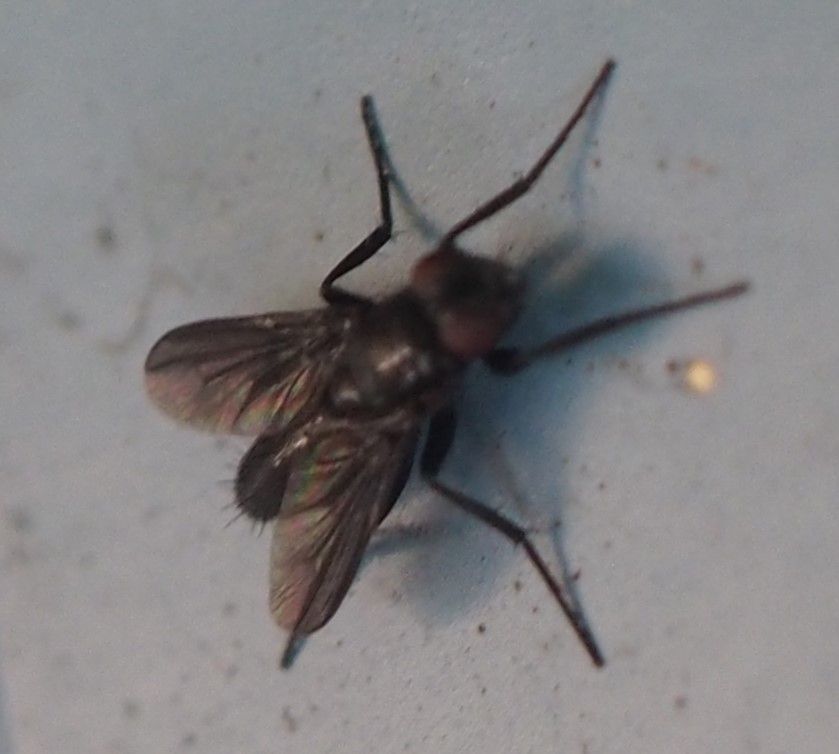
While wandering the yard a couple of days ago, I luckily found this mating pair of Gnophomyia tristissima. I asked @stephenluk which of the pair would be the female and which the male. He said they probably look very similar except for WIP (Wing Interference Pattern), and of course except for the sexual organs.
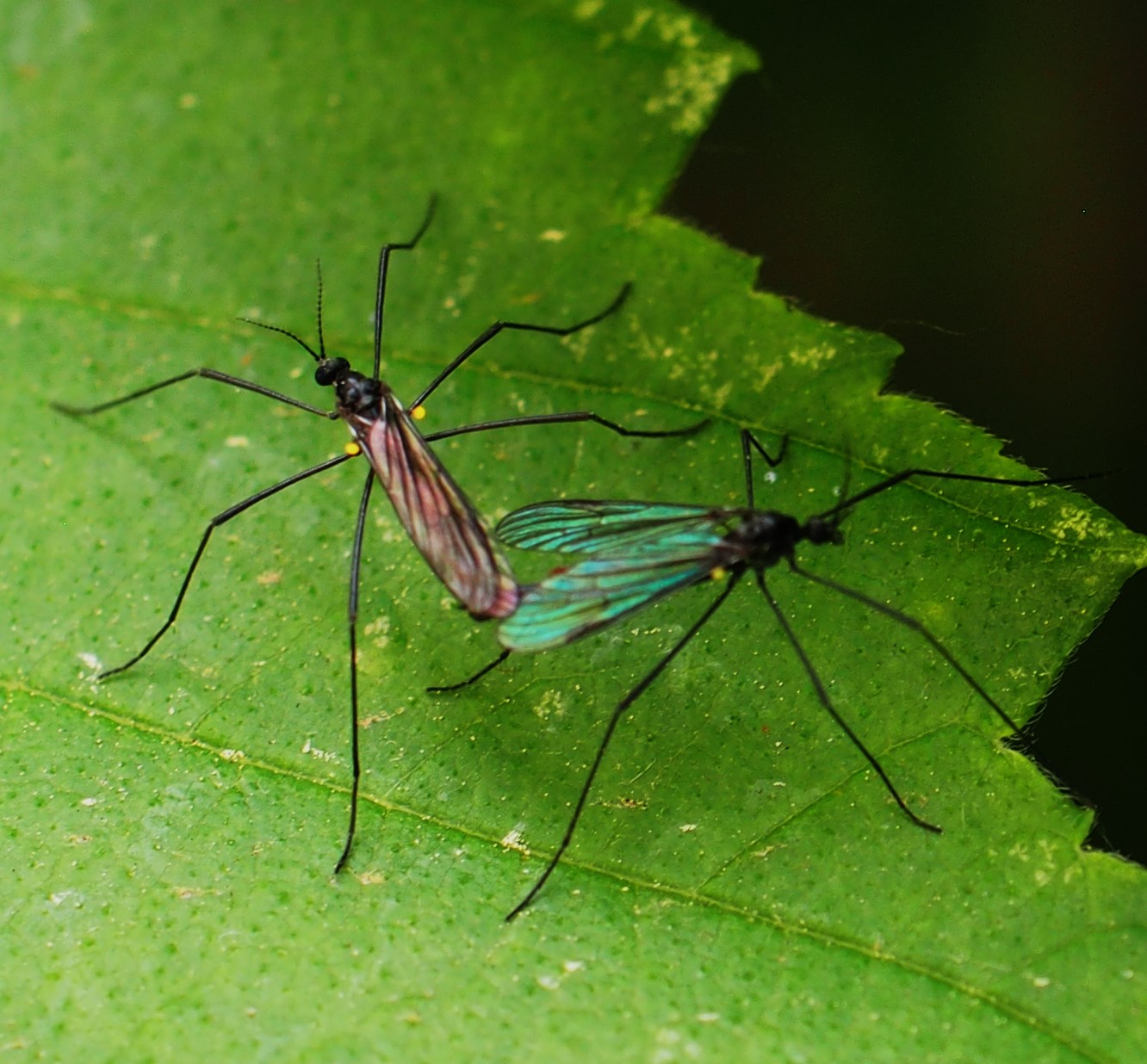
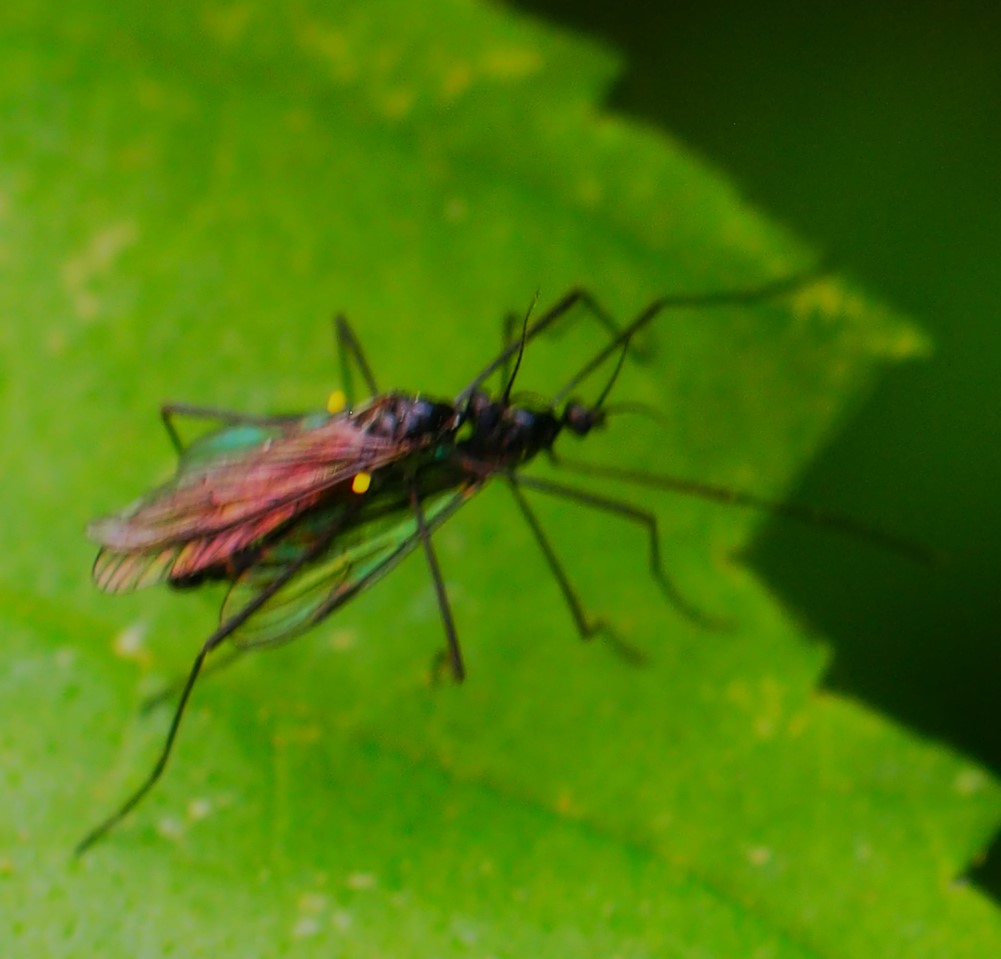
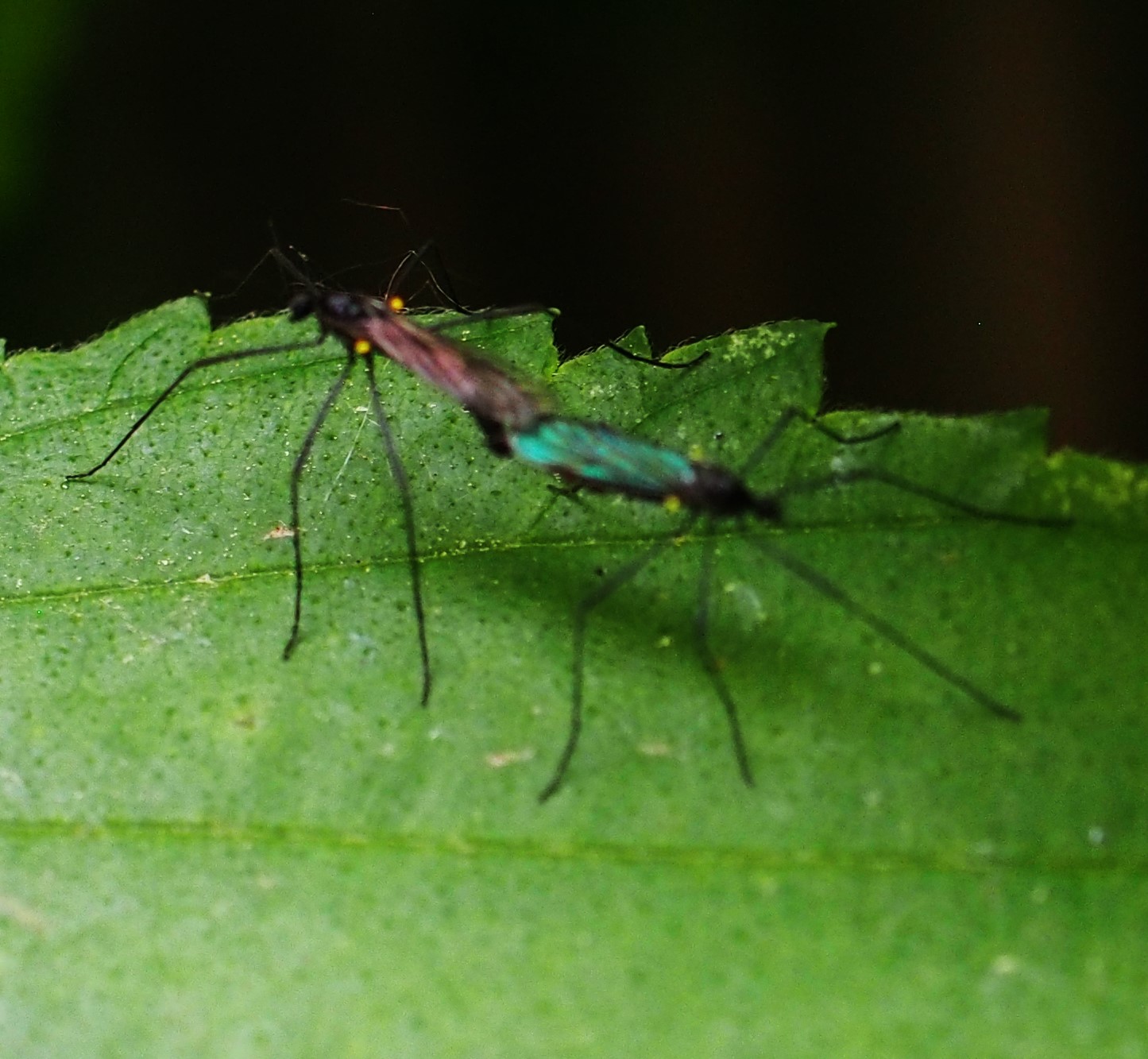
The Long-legged Flies are better known for their audacious coloring. First here is an example of how a Condylostylus patibulatus may look under one angle of light. But it may look red under another angle, or yellow, or green!
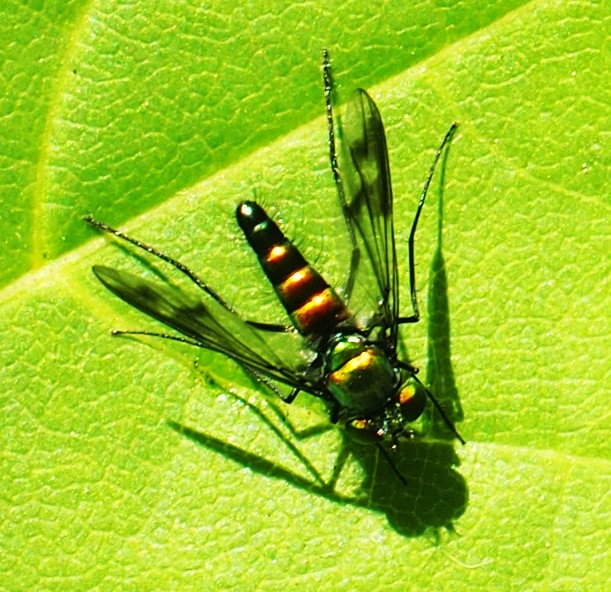
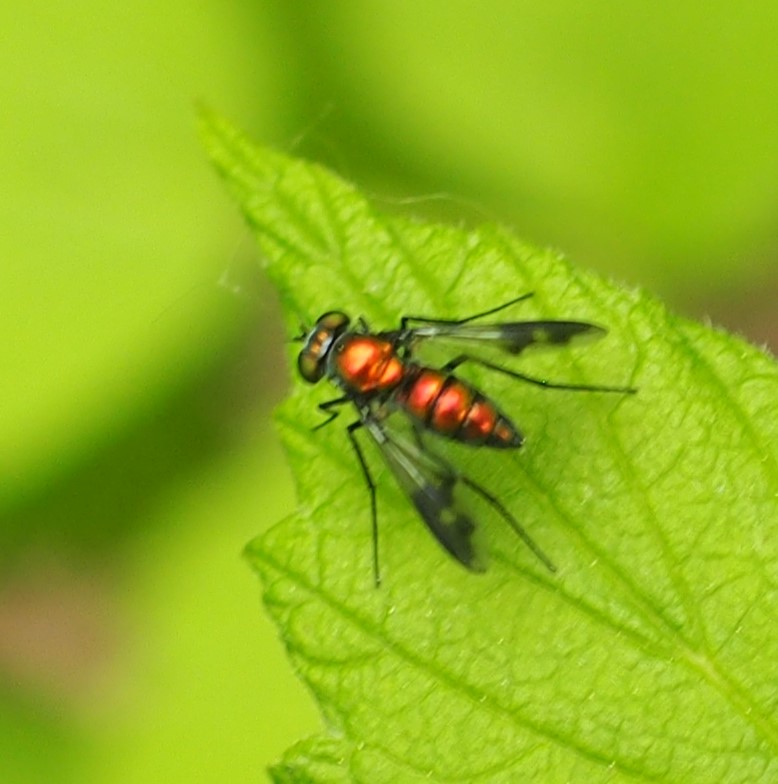
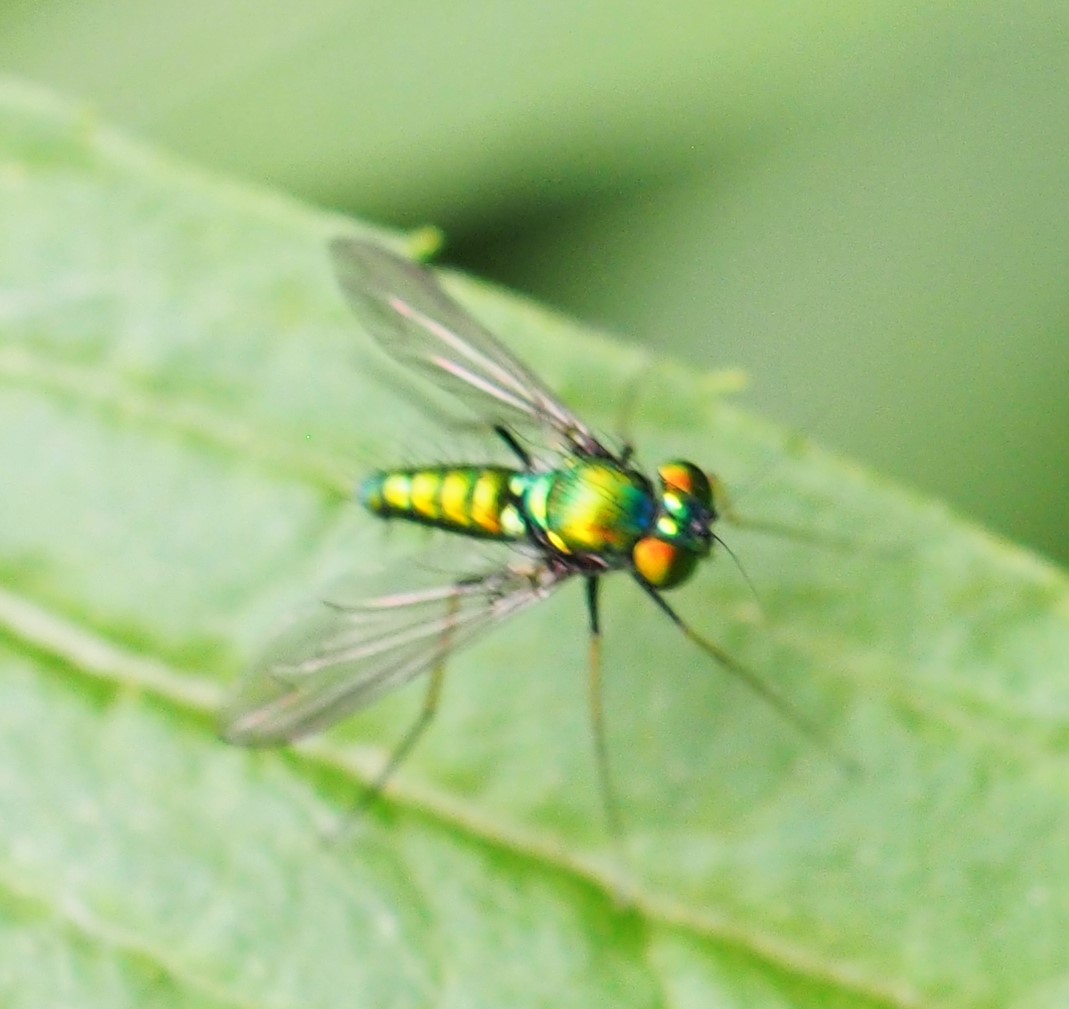
In the past week, I've seen a number of unusual (not rare, just unusual) Flies. Here are a Picture-winged Fly; a Long-tailed Dance Fly; and a Hover Fly, Toxomerus marginatus.


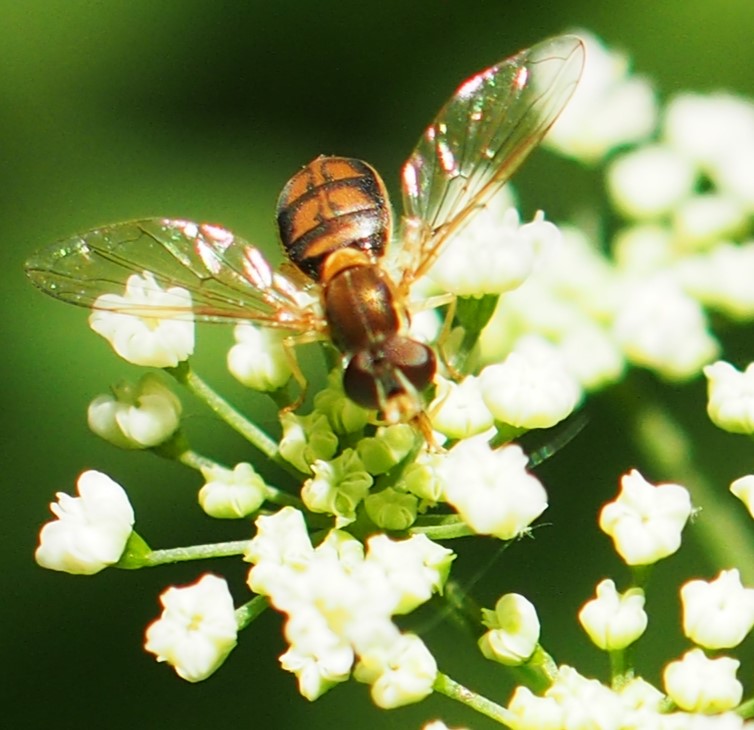
We have a number of Moths and their caterpillars before we can head off on a Flower Walk. First, I got this rather nice picture of a Looper (Geometer Moth larva) by isolating the better frames from a video file. The next picture is of the same Looper. Picture 3 is of a different Looper. Fourth is the larva of a Moth of subfamily Gelechniinae.
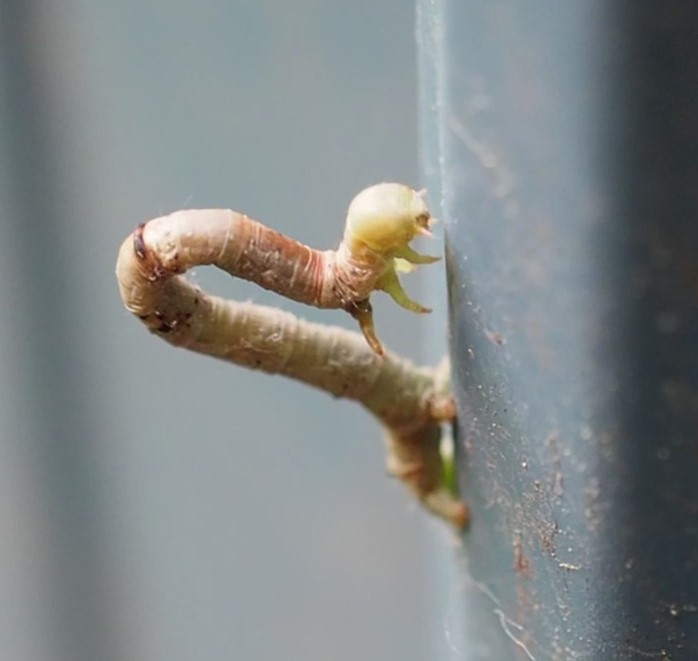
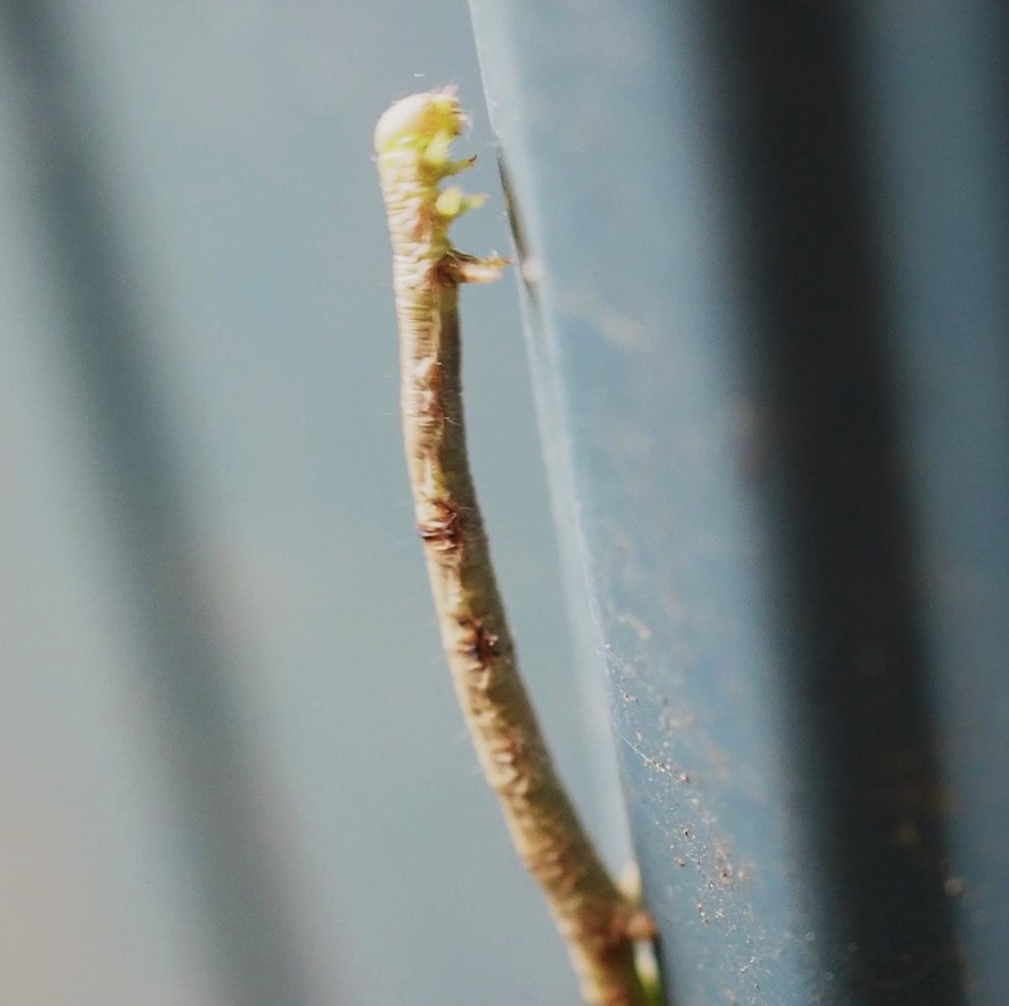
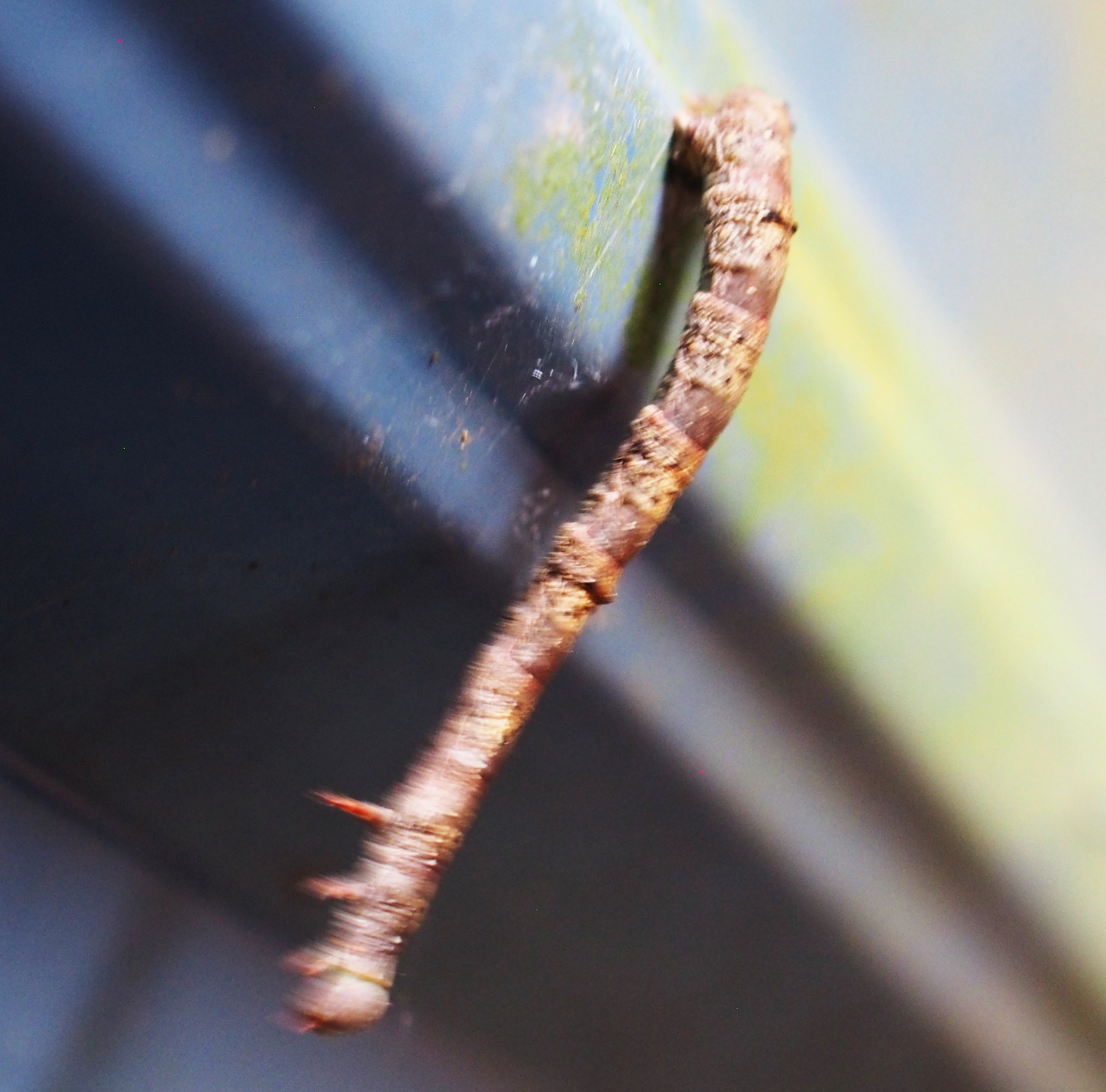
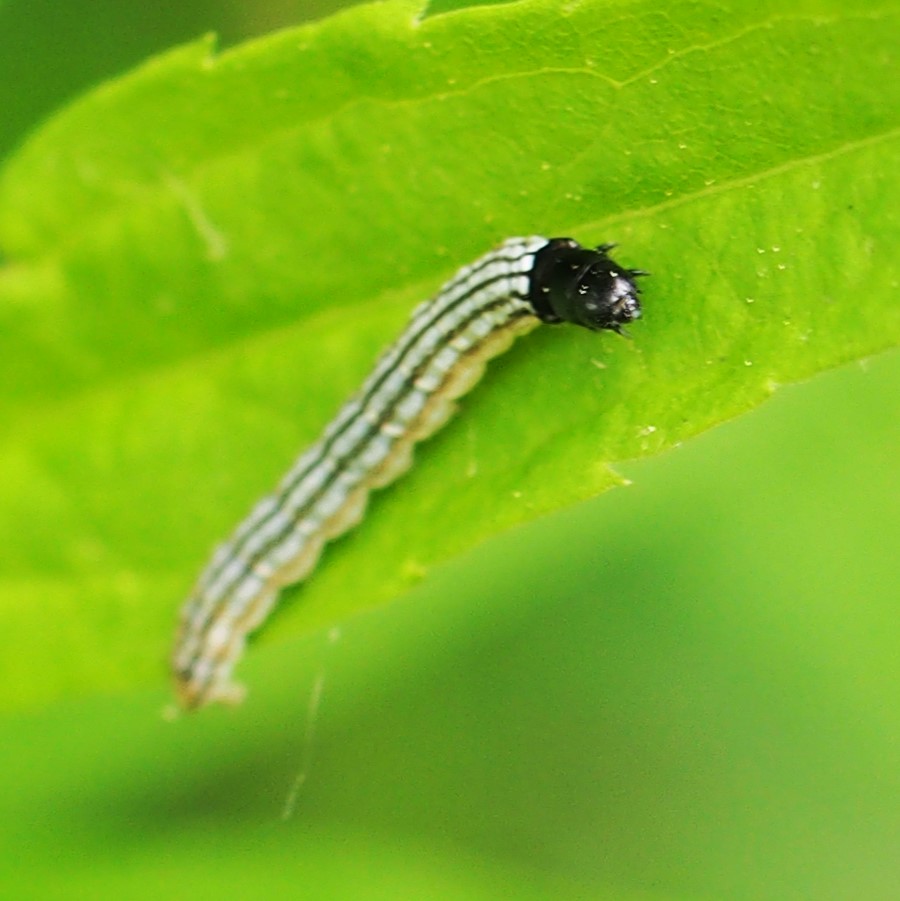
Here are a couple of tiny Moths. Third is a very long skinny Moth that seems to mine its way down the long leaf of some plant. Somehow, as I understand this, it mines the length of its body all the way through the leaf's central vein. This is the adult of the moth. I'm still somewhat shocked that such a thing exists! It's called a Finite-channeled Leaf Miner Moth, Neurobathra strigifinitella.



Here are a triple of adult Moths. I'm still looking these up.
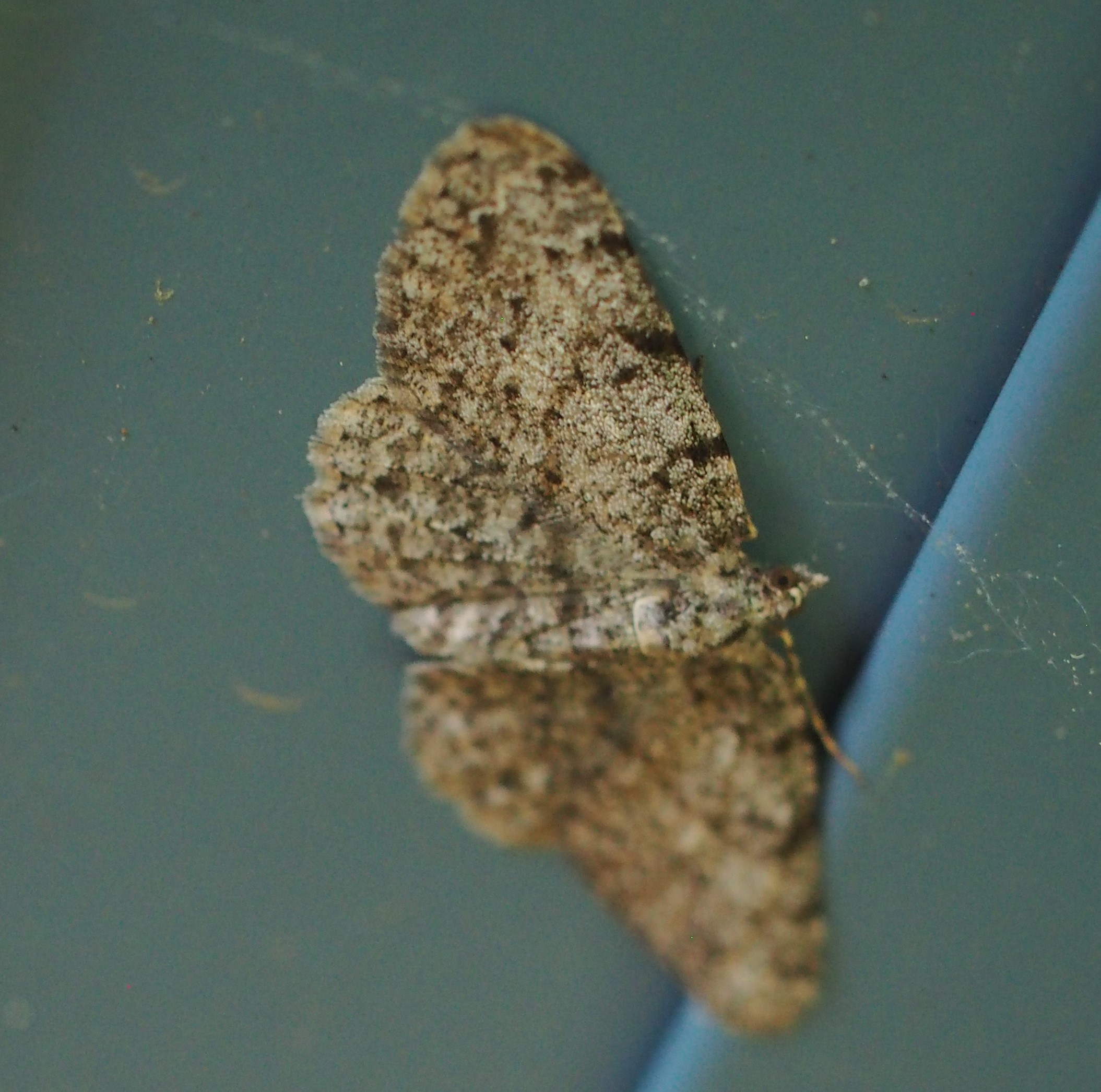
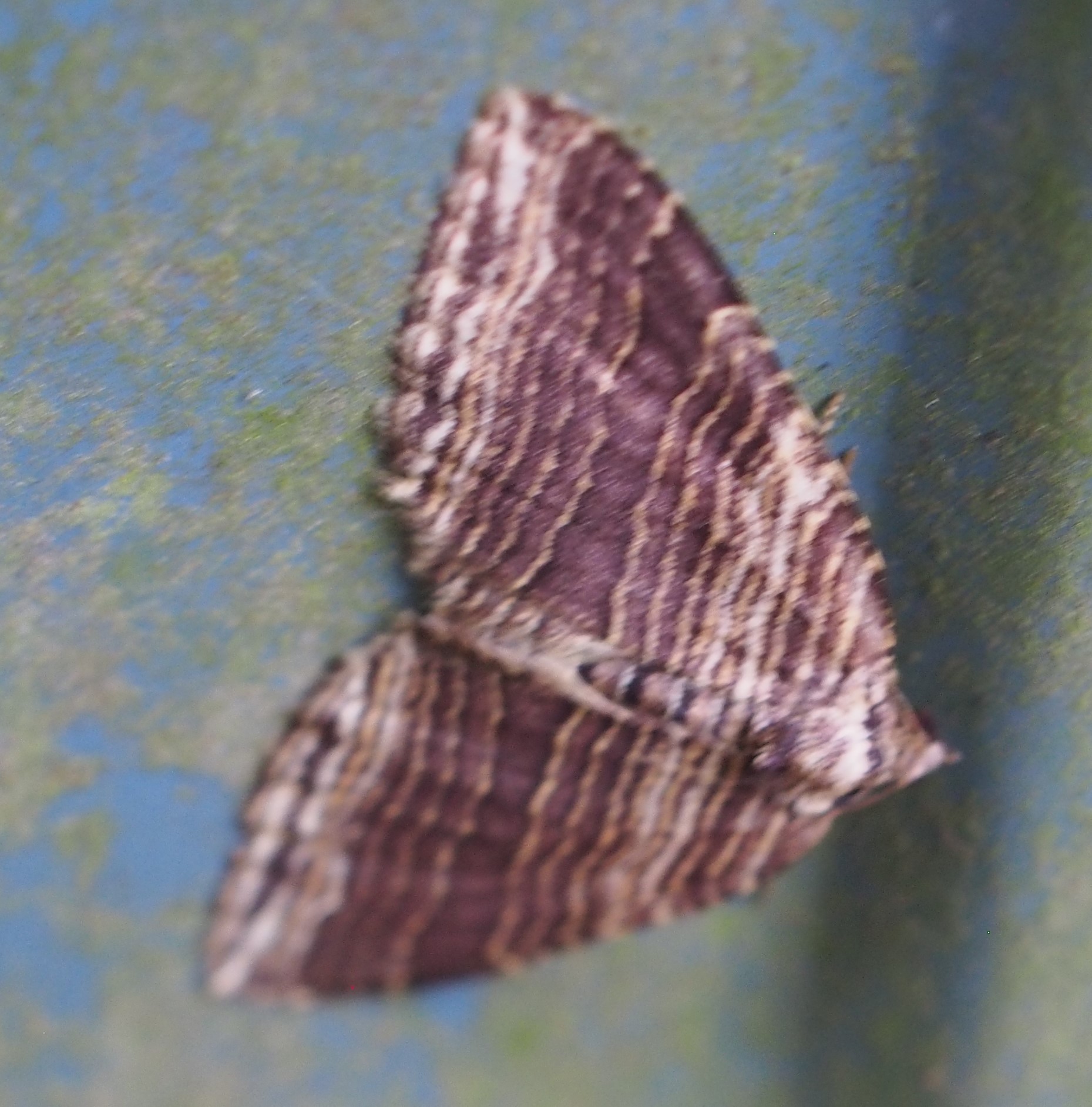
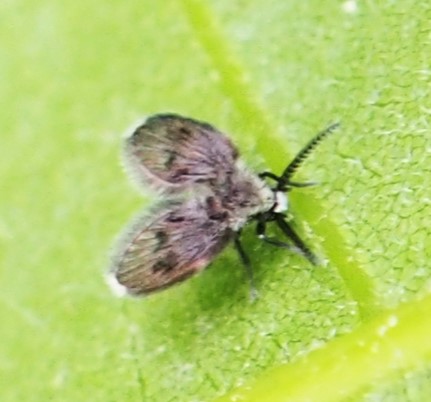
The strangest of all the Moths I saw this week is this Sun Moth in the genus Neoheliodines. I was sure this was another of those brightly-colored Flies from another part of my walk! But no, it's a Moth!

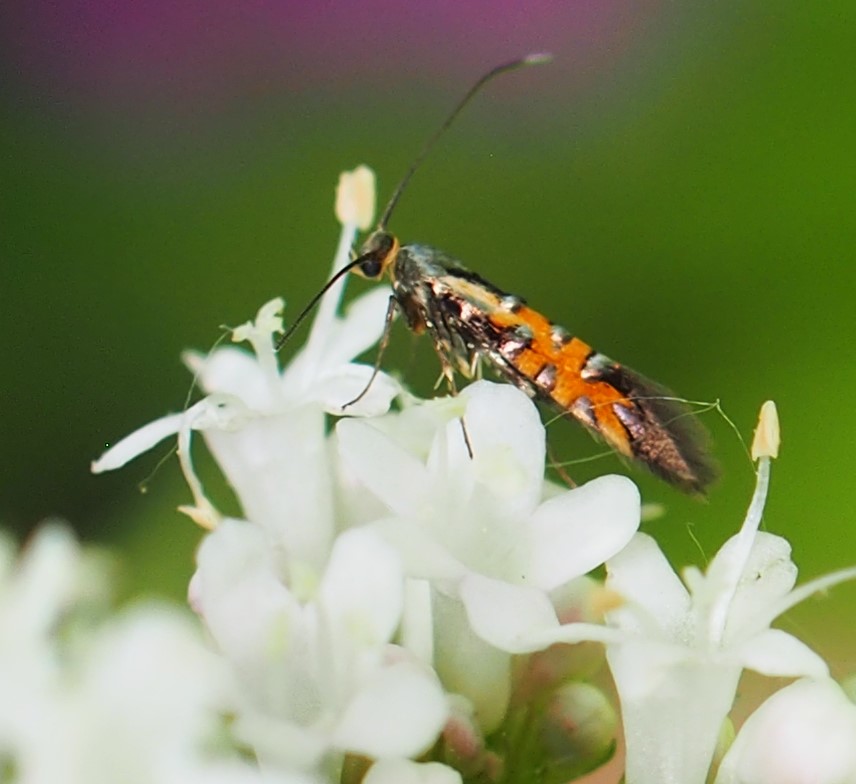
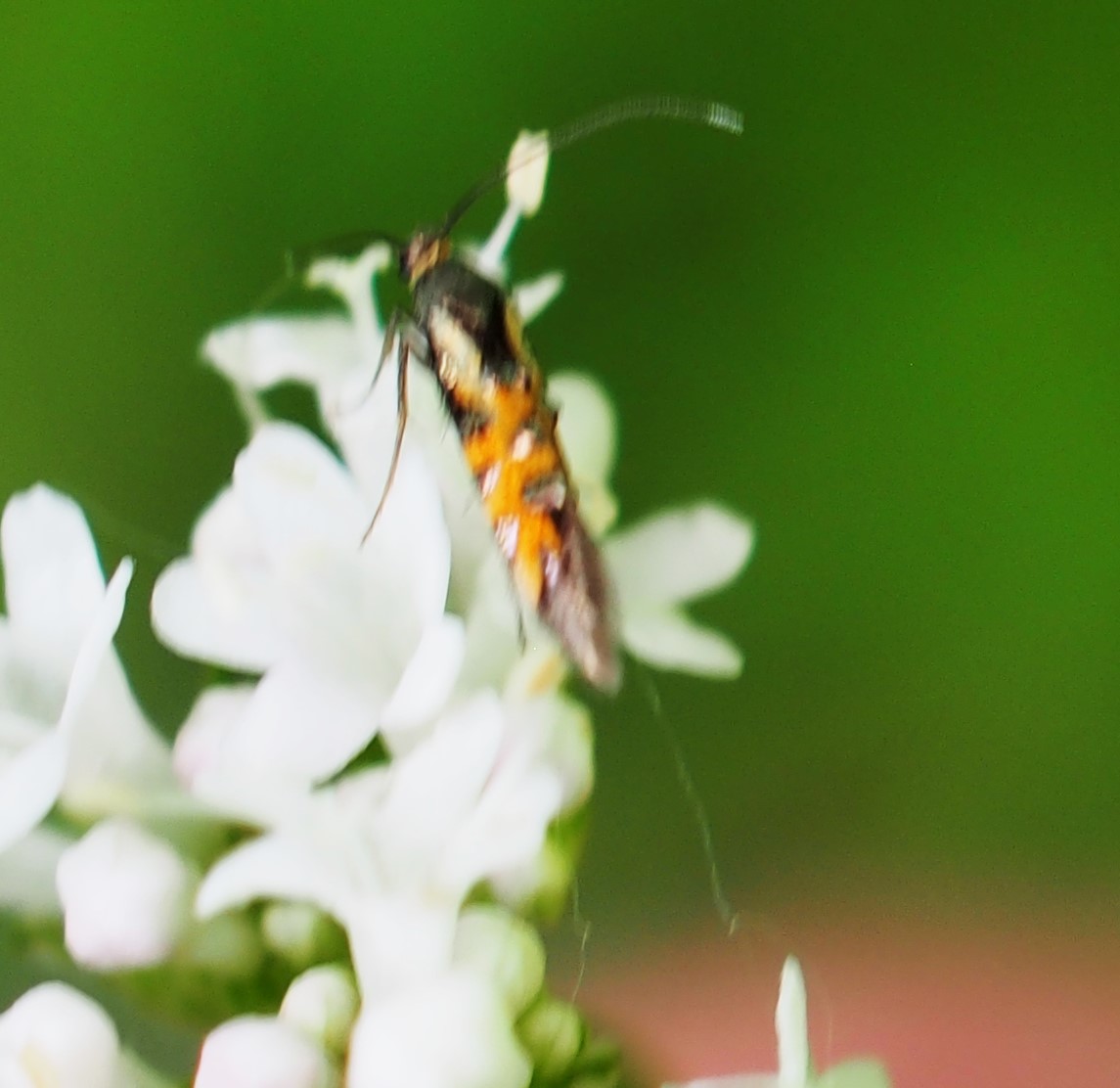
This yard isn't much for big beautiful Butterflies, but we got a couple of little tiny ones this week.
First we see a Skipper way down on the ground in the next lot. It must have smoked its last pack, or whatever that label used to say. But we get closer to big and have reached the pinnacle of beautiful with this lovely Oak Hairstreak.
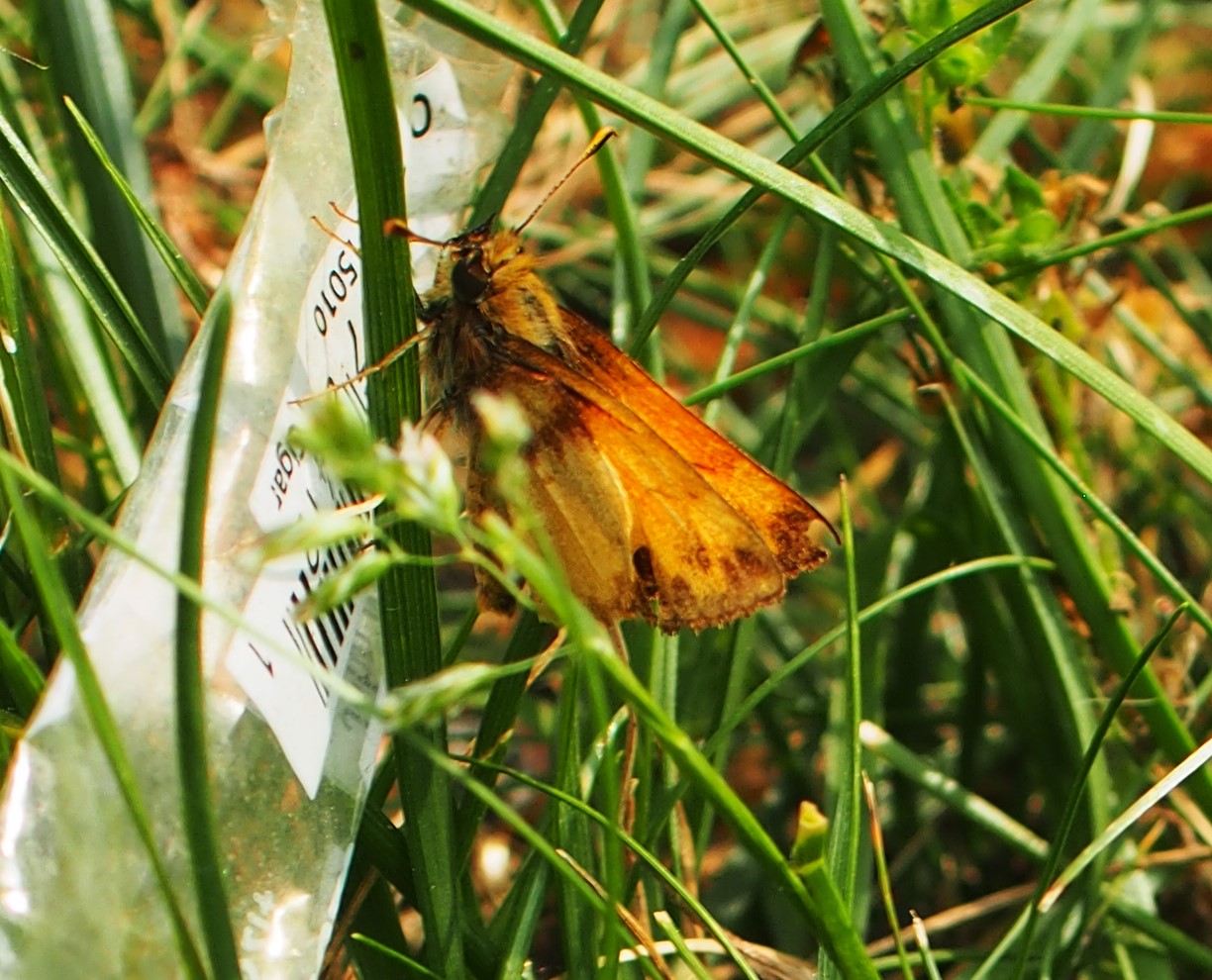
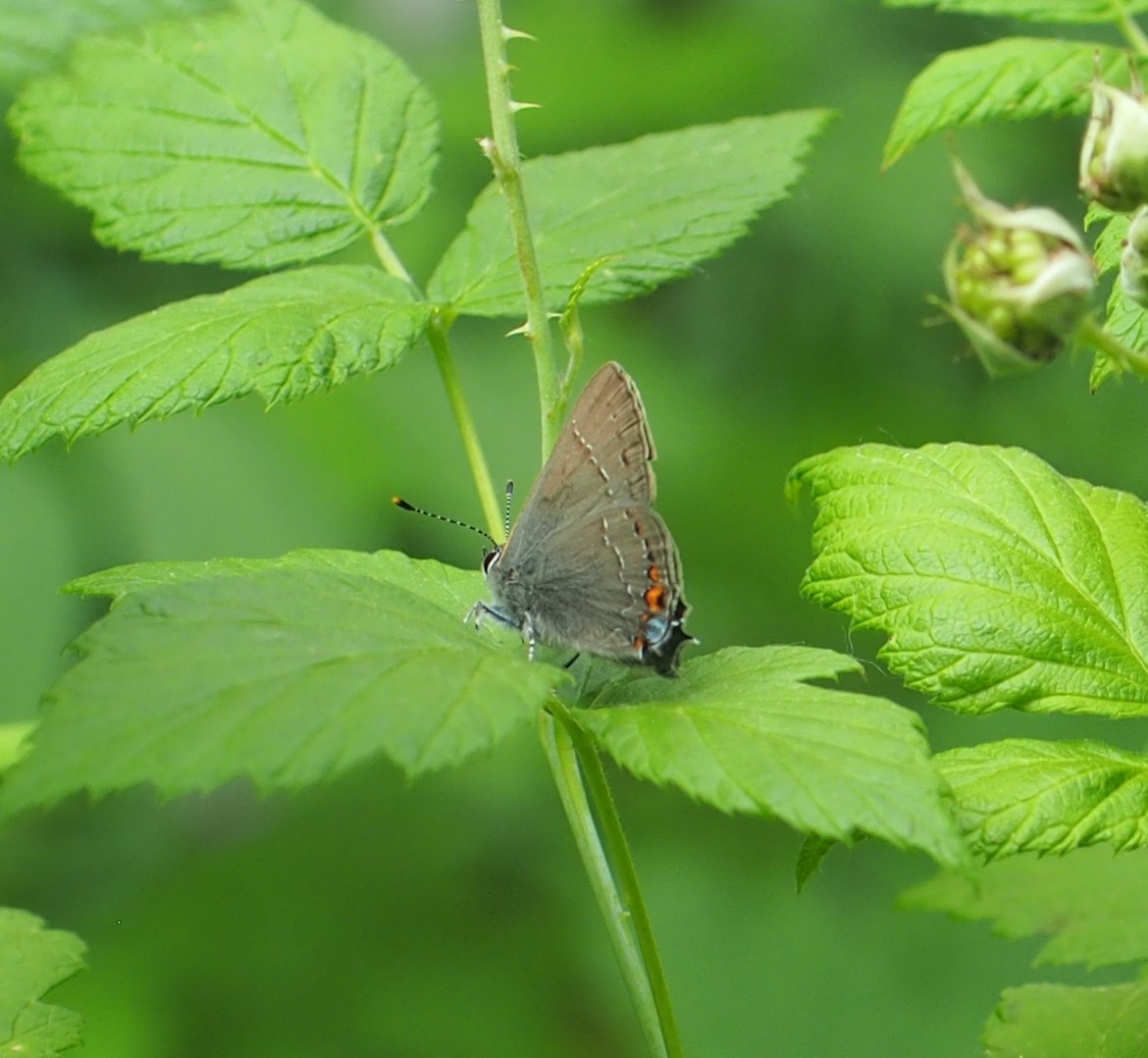
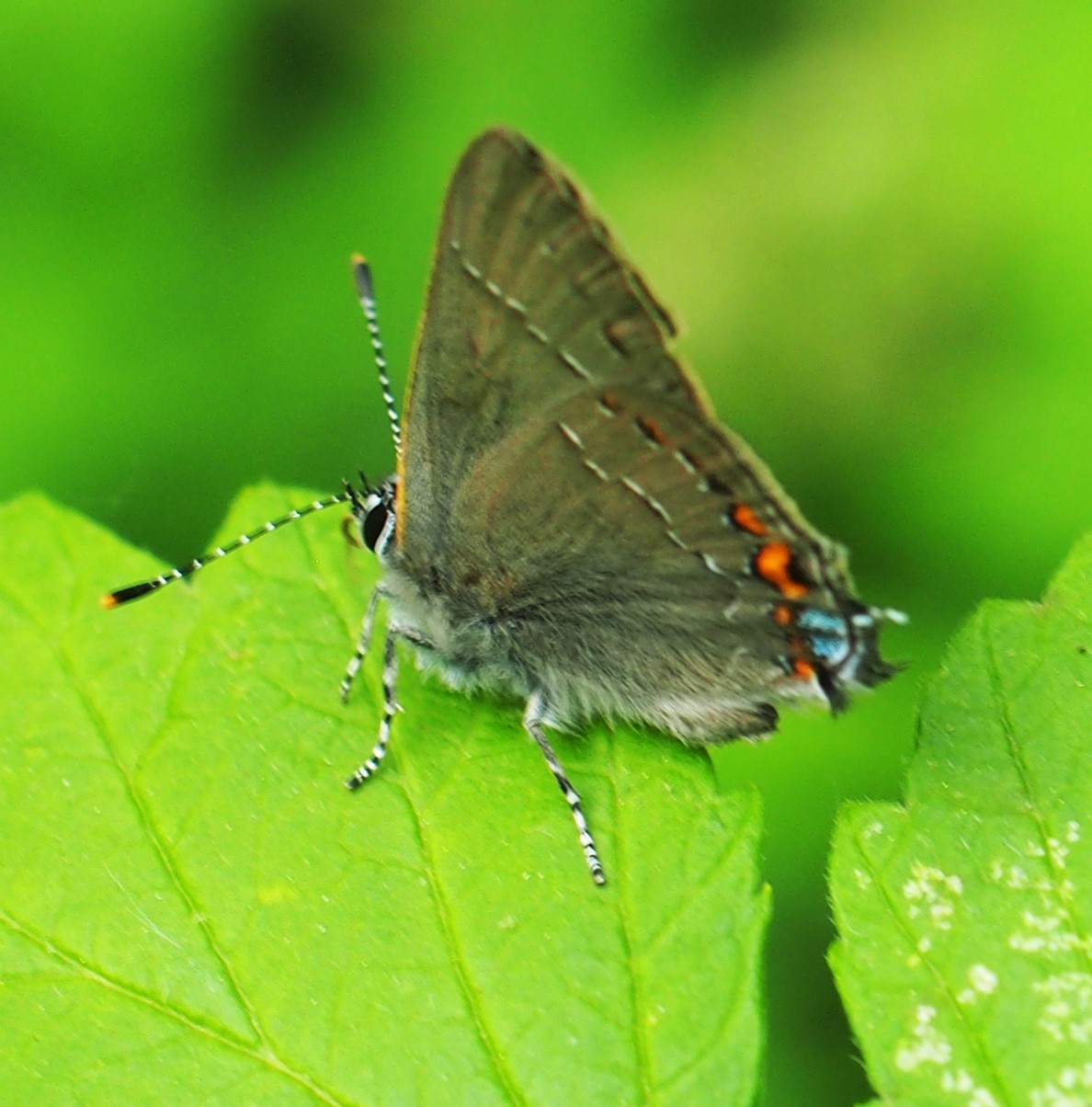
So NOW we can start off on a shortish Flower Walk. First, the "tame" Plants, like this deck box with its perennial Pinks and hopefully Sage, and very much NOT perennial Lantana. Third is that Bee Balm, still not potted though bucketed.


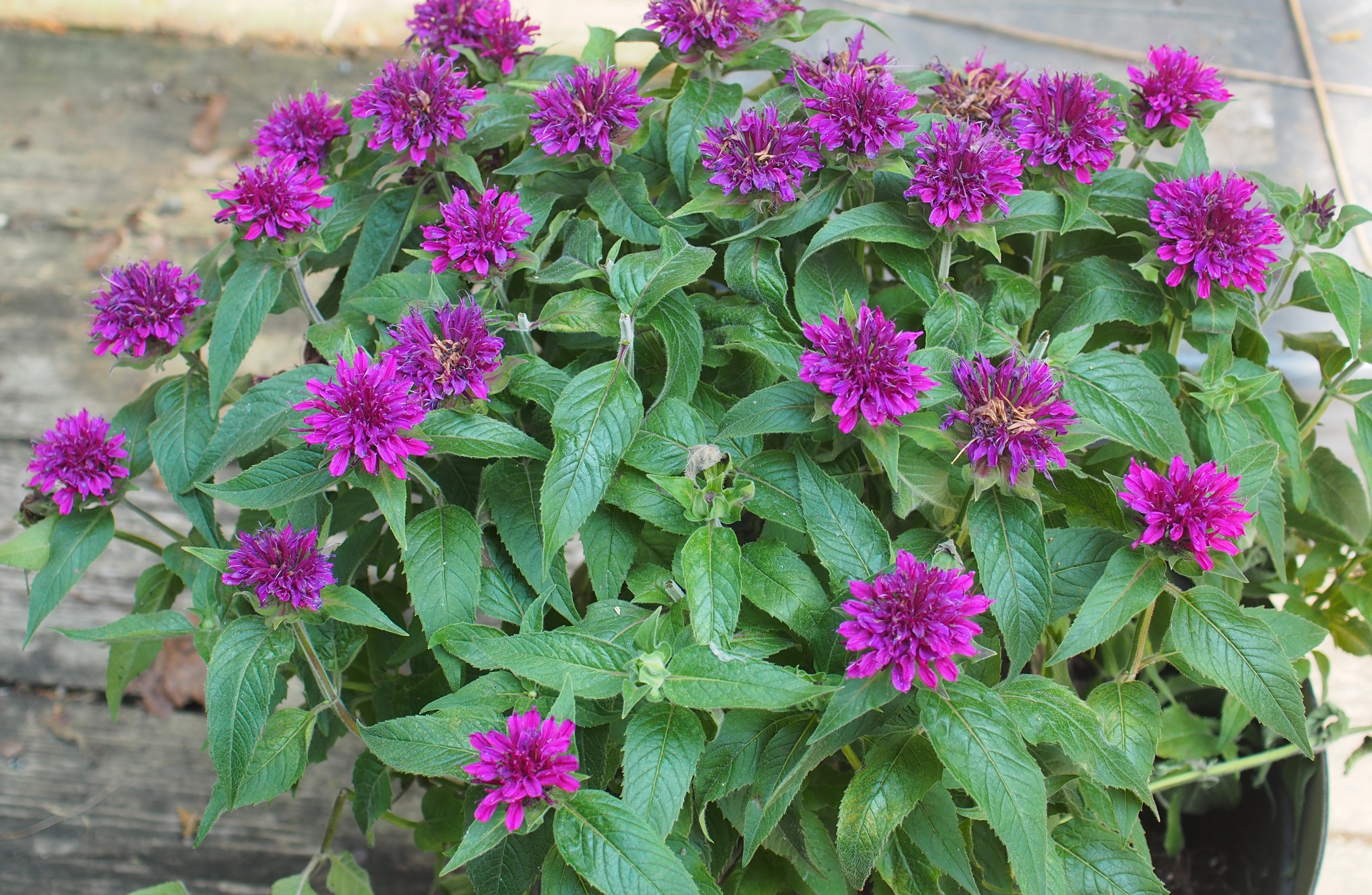
Surprise! From the deck, we can see the Lily that was planted two years ago blooming furiously, with two of its huge pads occupied by the smallest of our Frogs. Last year this Lily would bloom for only two days before folding, but here you see it on days 1, 3, and 4! This morning would have been day 5, but the Lily seems to have been chopped off by some nighttime monster (read Raccoon)! There are several flower buds growing every day, but it will be a few days before we see a flower from them.
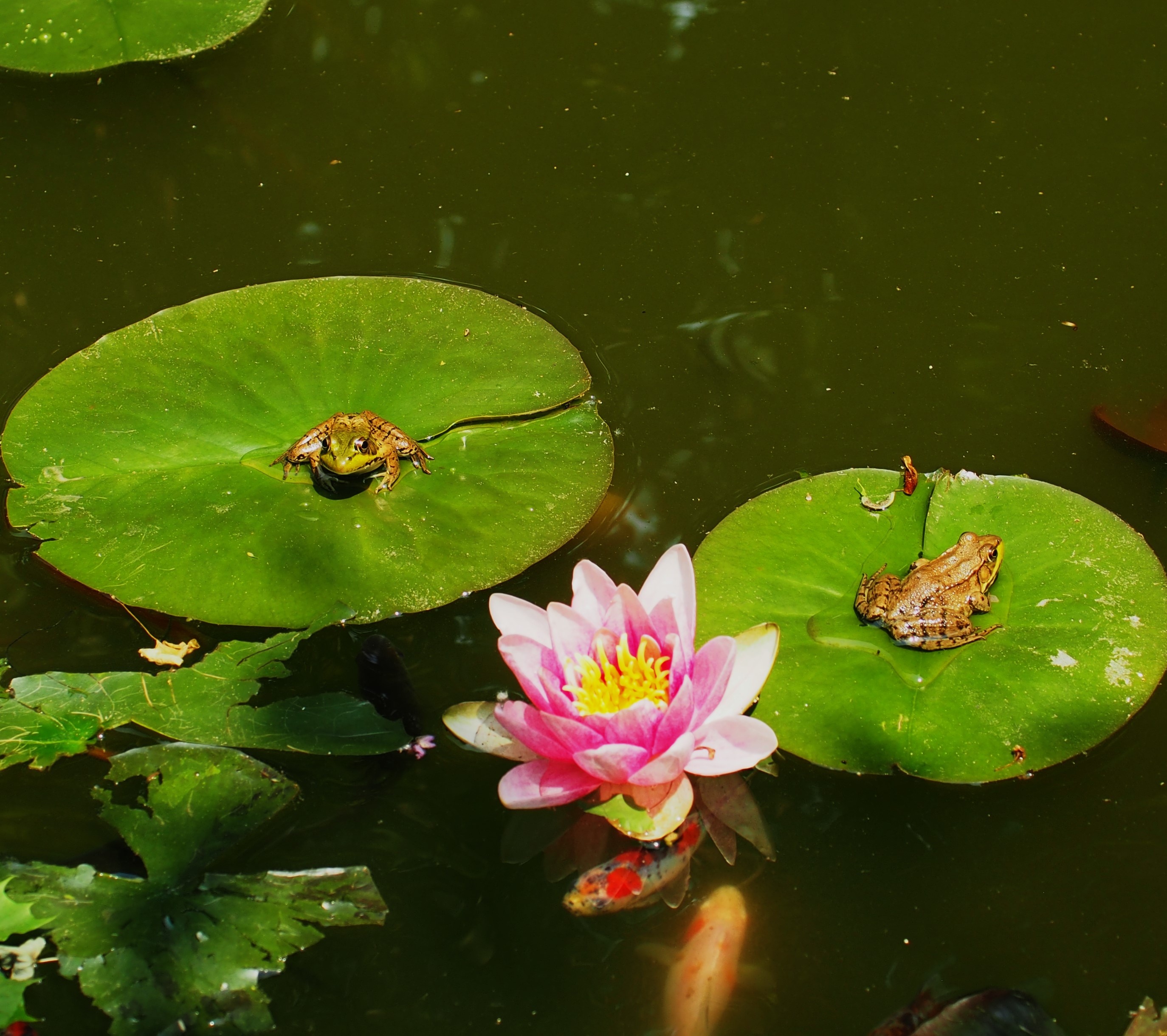

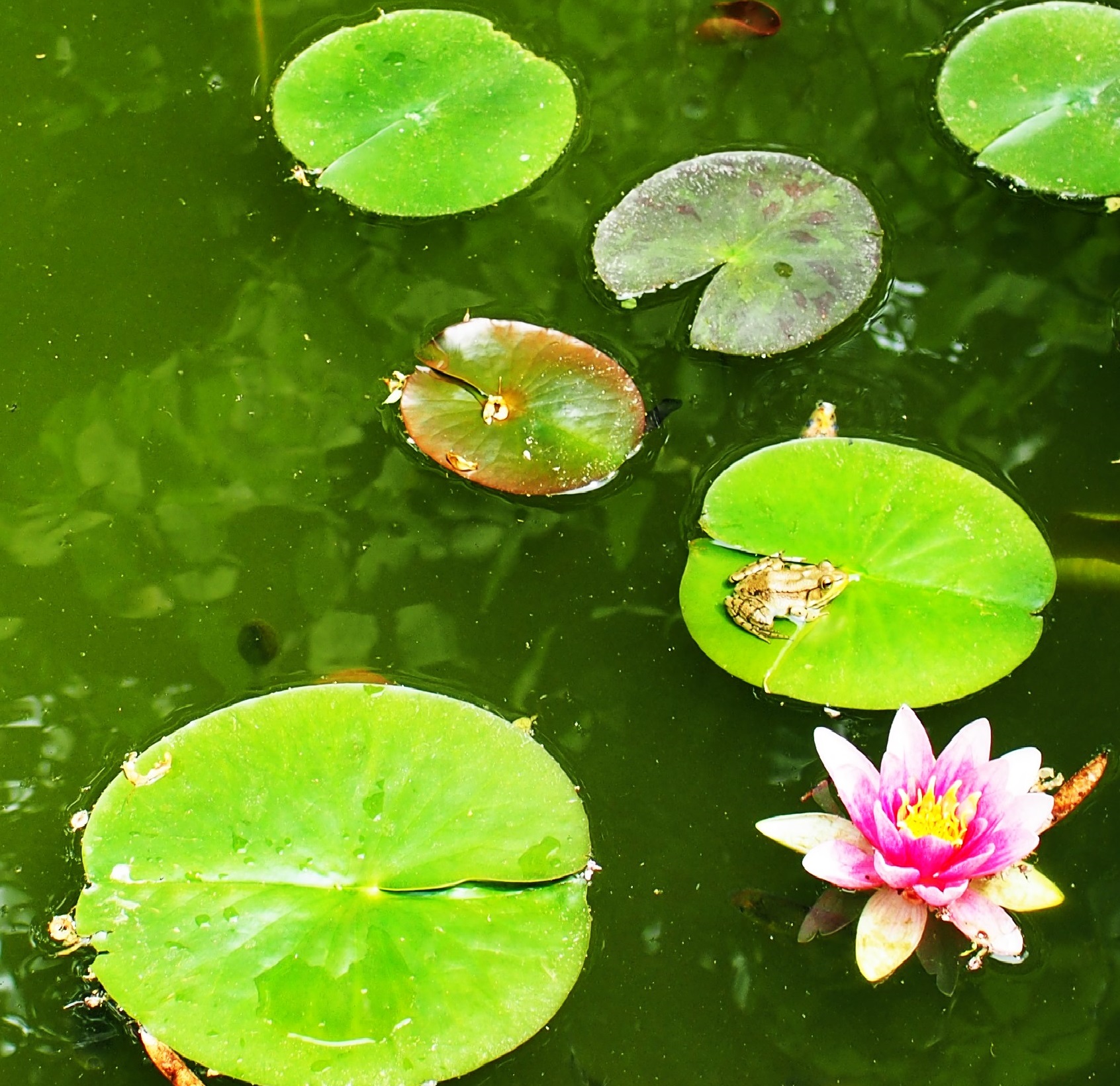
Walking towards the gate, we see the rapidly declining Dame's Rocket. (We can also see the plant that will be the Wild Phlox off to the side, but didn't take its picture yet.) Second, nearing the gate, we see the Spiderworts blooming their short lives as blue as they can. Outside the gate, the Crane's Bill Geranium is still with us.

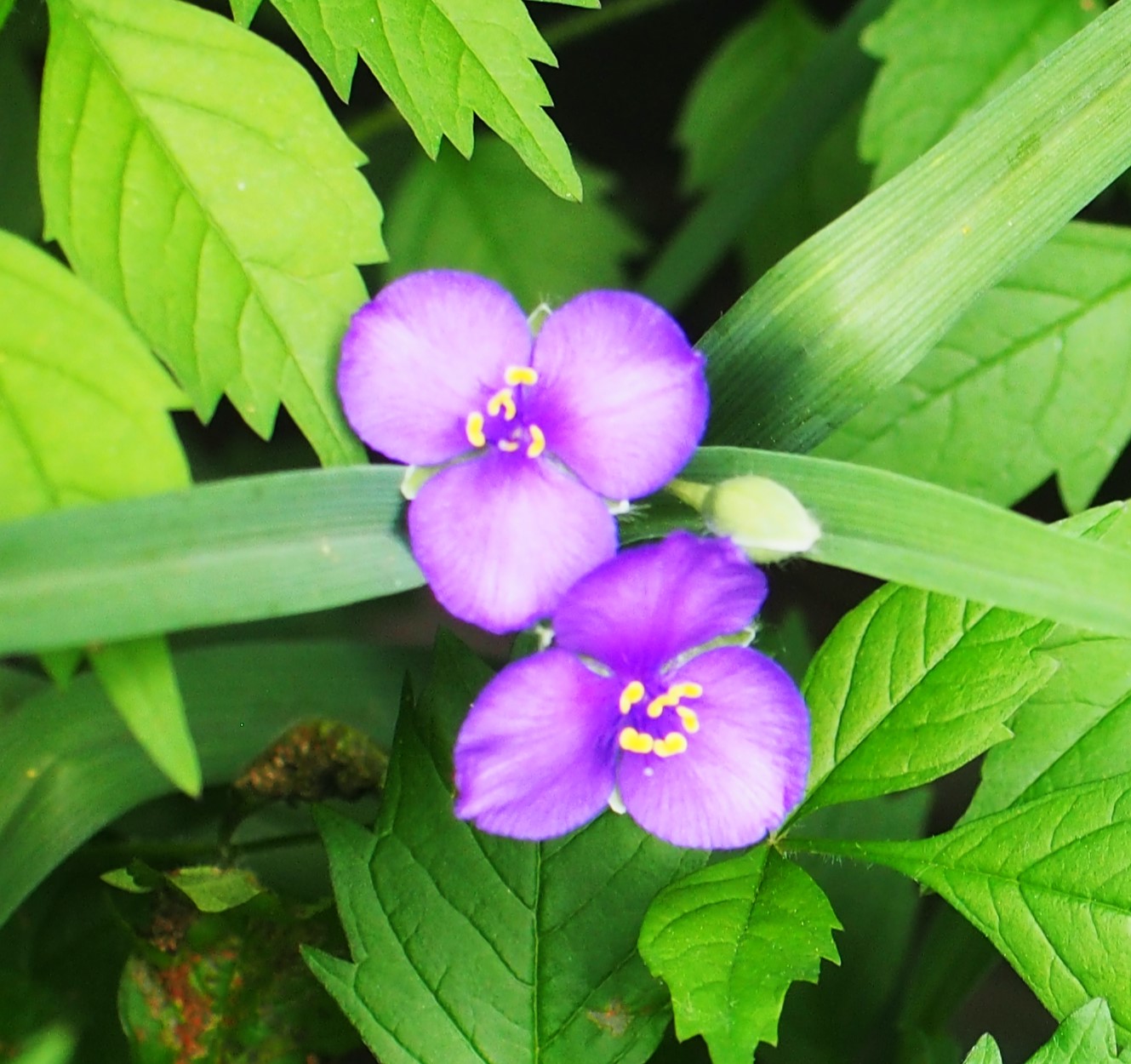

Formerly we could see the Raspberry flowers in bloom, but now they are mostly little Raspberries - I had better find a long-sleeve shirt for when they are pickable! A little bit ahead, we find the Blackberry flowers about over, and the berries themselves coming along! Last, one day later!
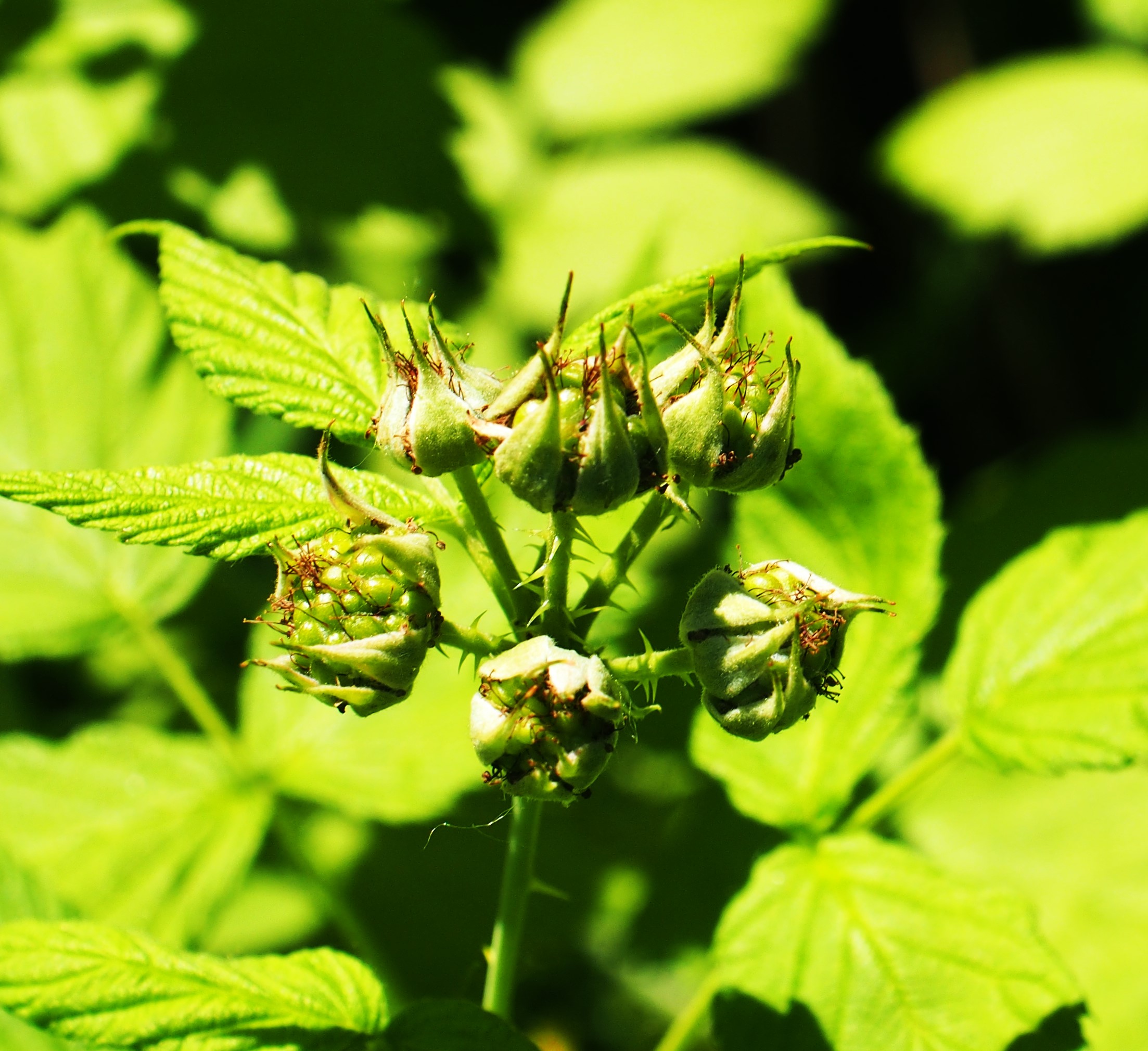
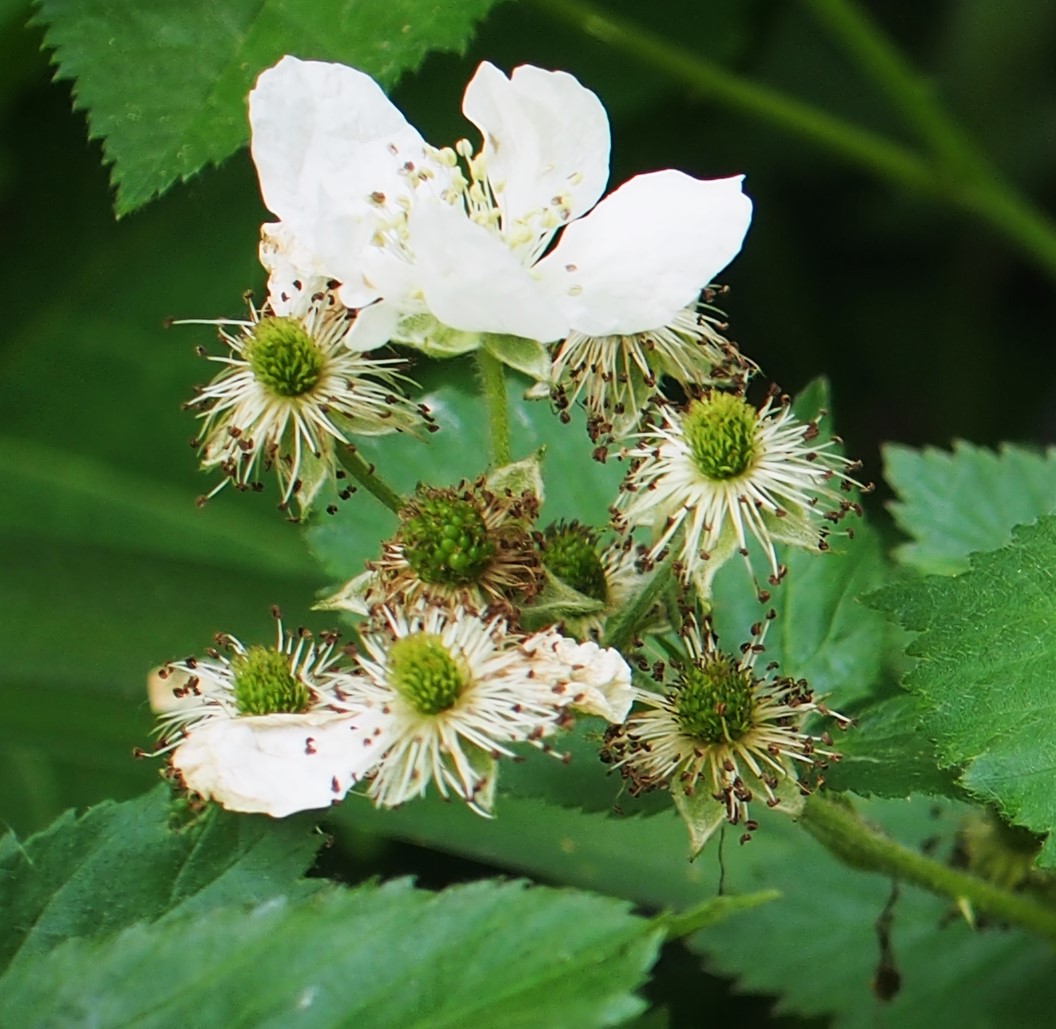
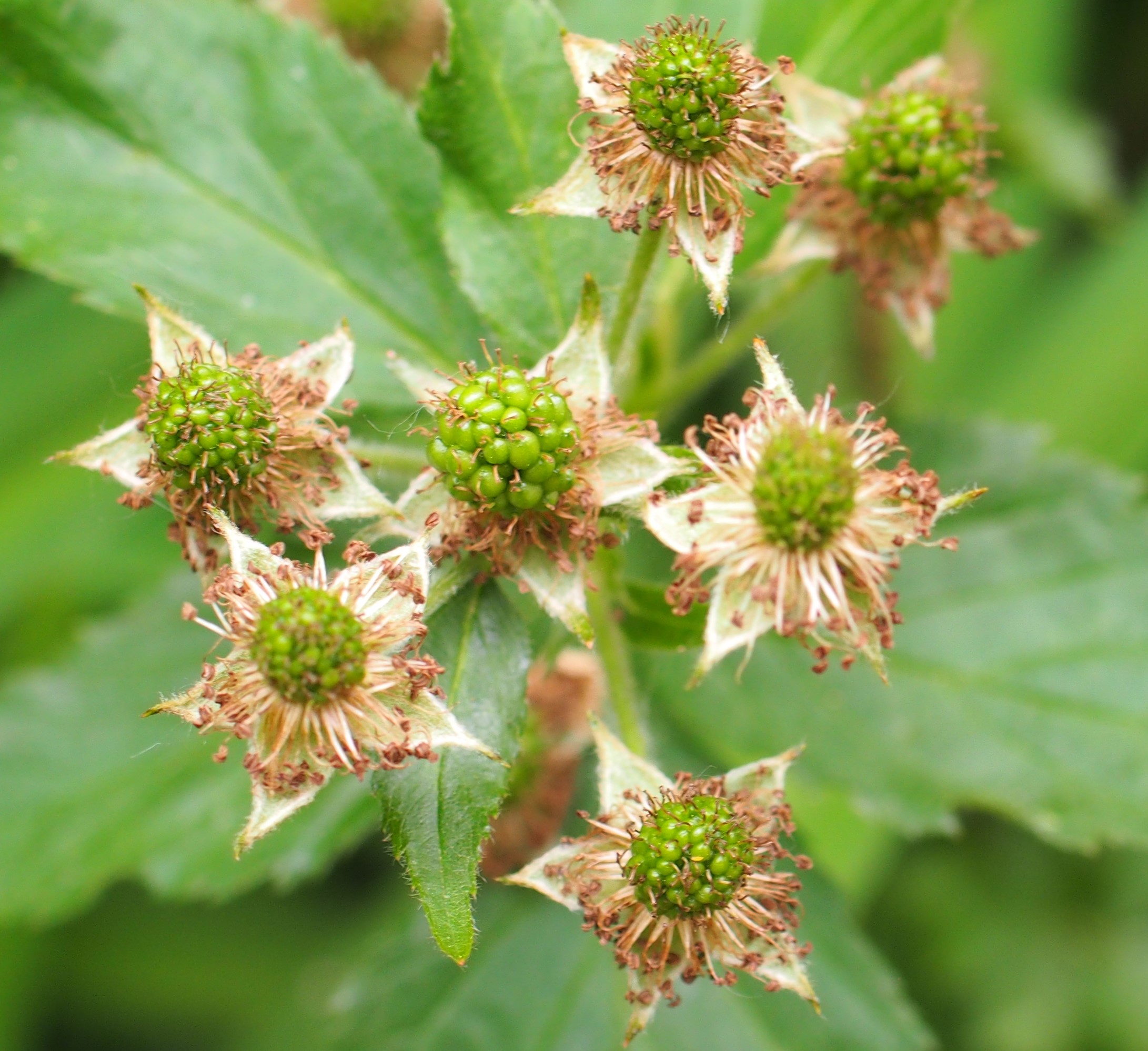
Here is one of the Irises - it was so heavy that I tied it up and now it is blooming upside down! Next we see the Siberian Iris in two lights, affecting its color!

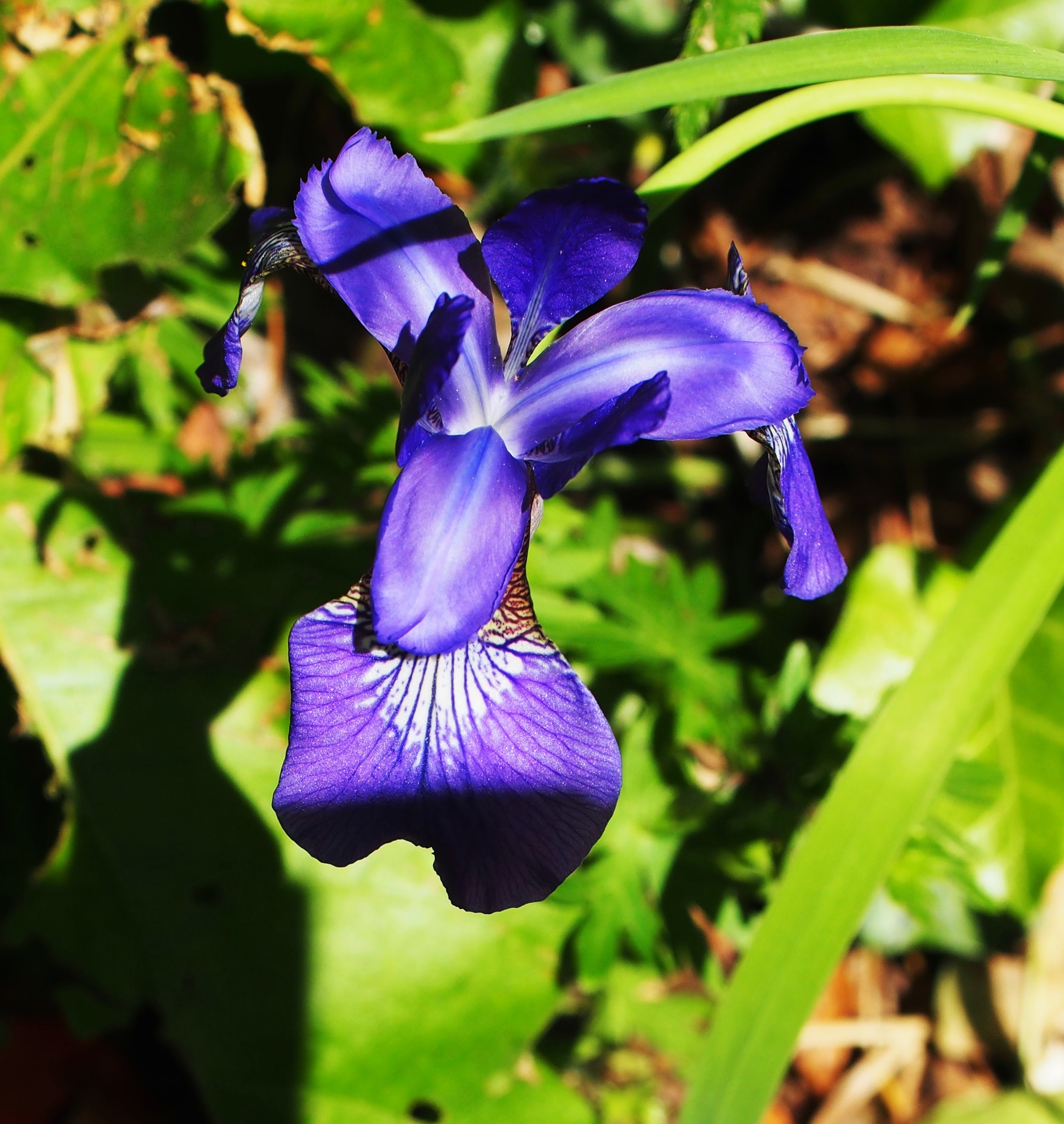
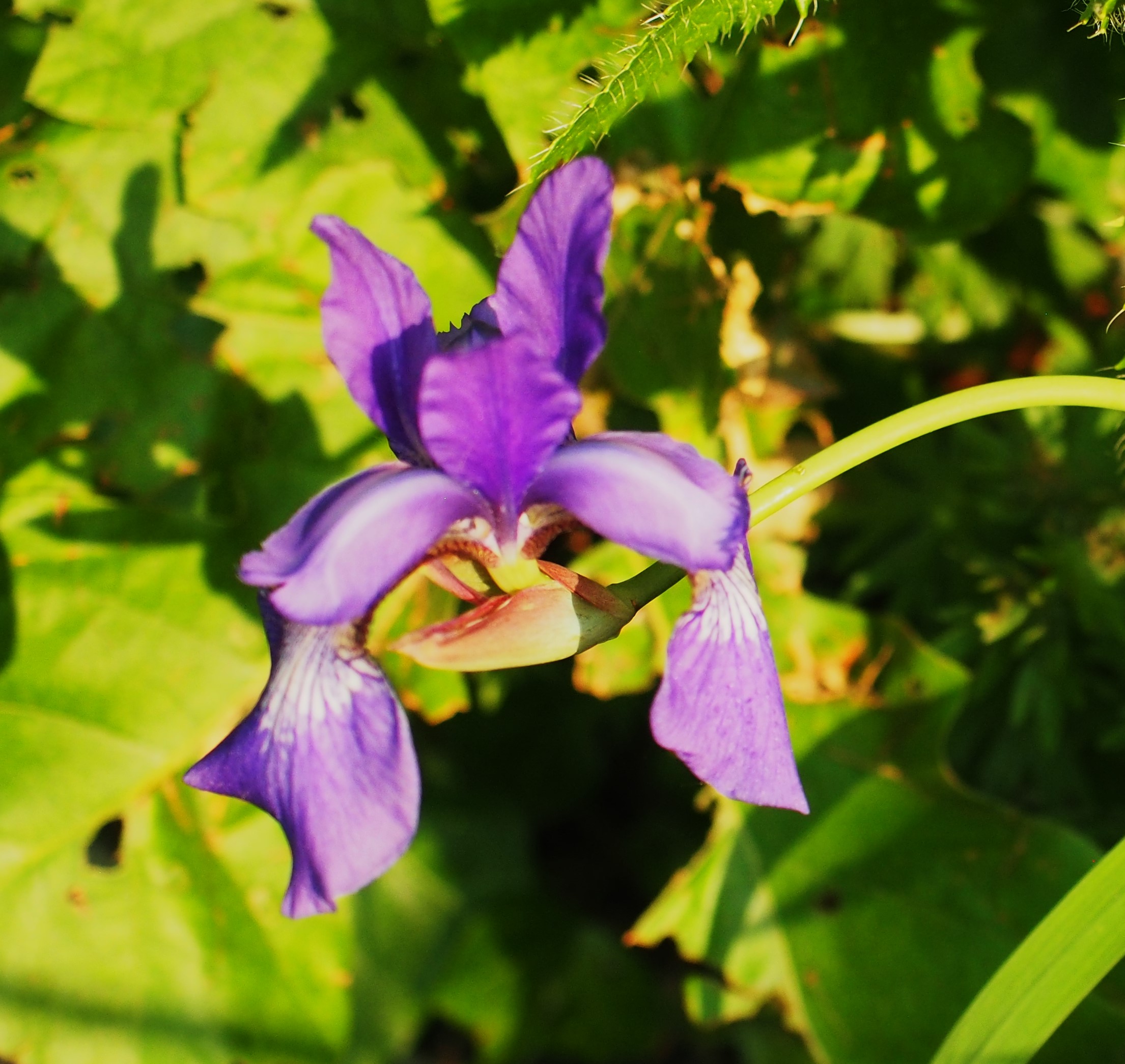
The Peonies in the front yard are now opening! And the Canadian Columbine is just closing shop for this year. How I hope it will come back next year. Meanwhile, the Honey Suckle is still here.
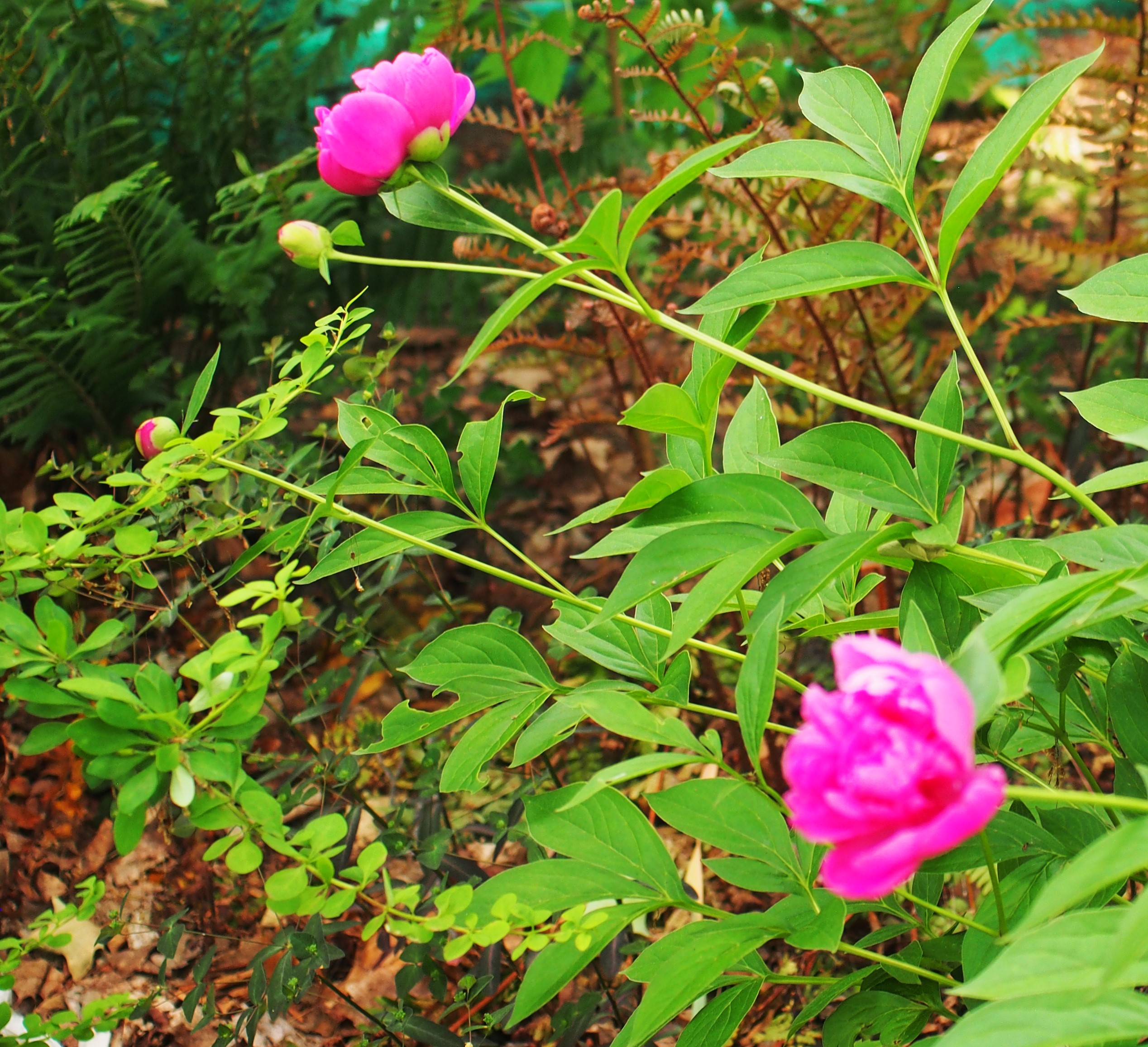
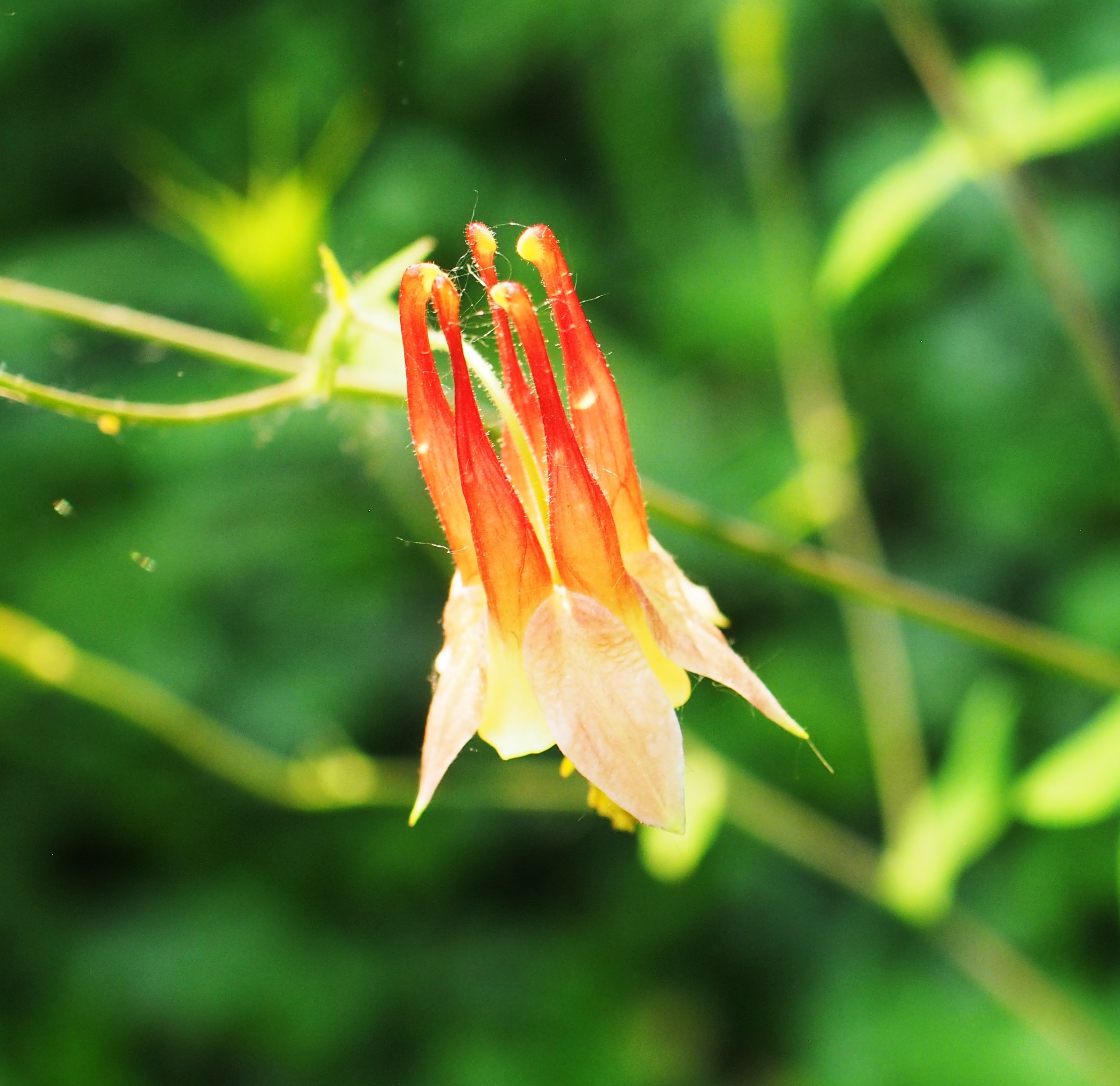
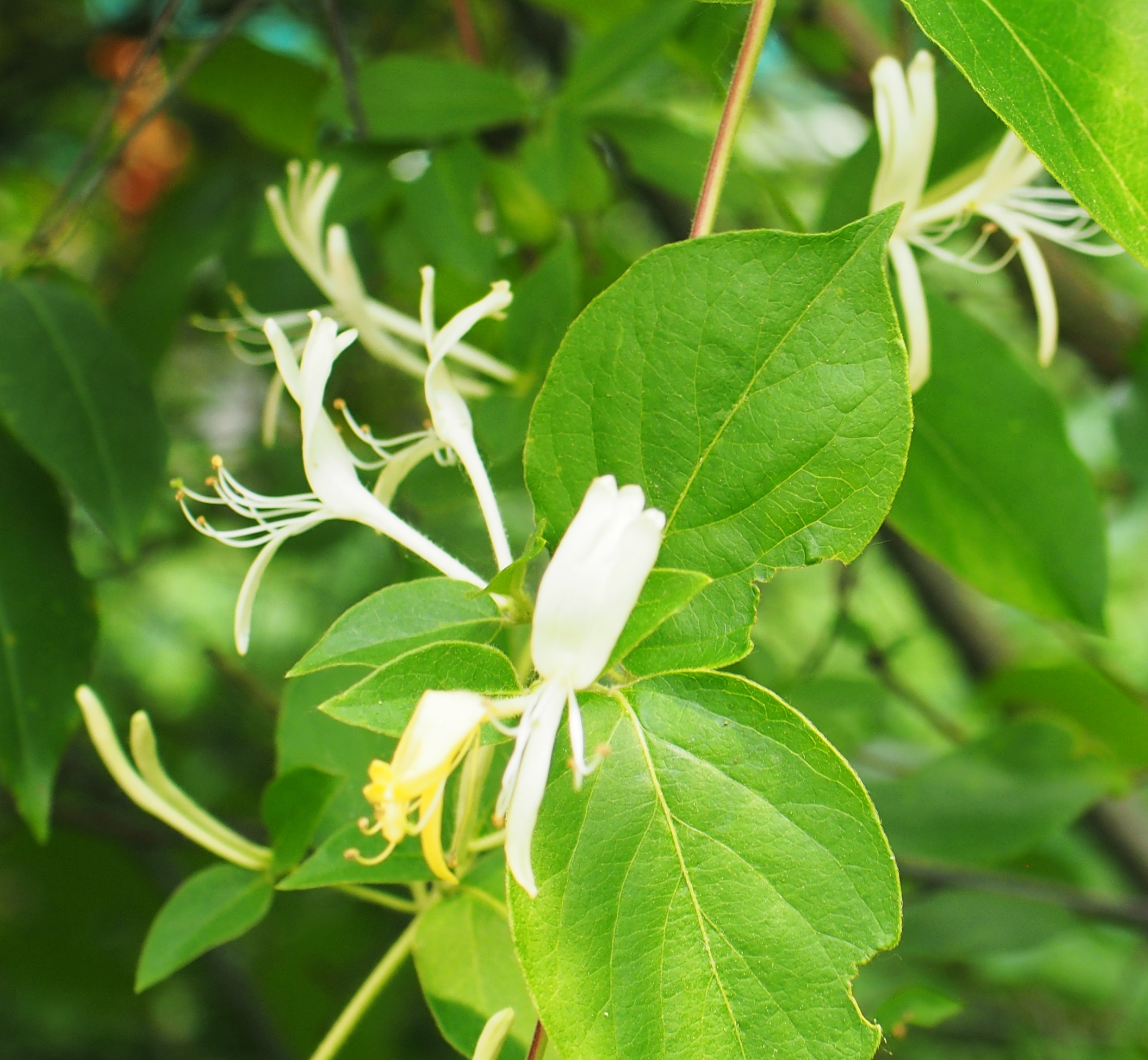
I think we can now start looking through our Spider collection. Here is a Crab Spider in genus Bassaniana. The next two Spiders are Common House Spiders. They look very elegant in this posture.
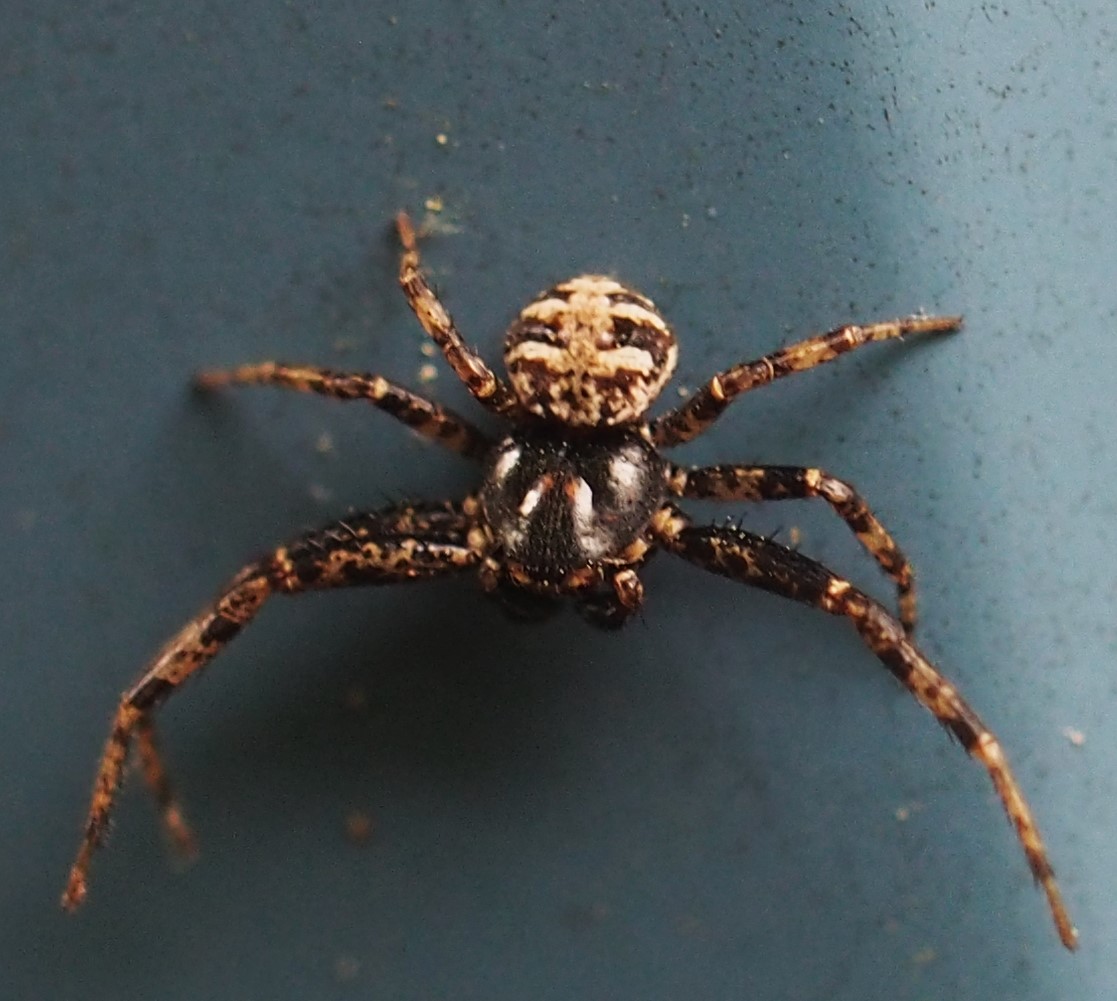


Here is a Long-jawed Jumping Spider, in genus Hentzia.
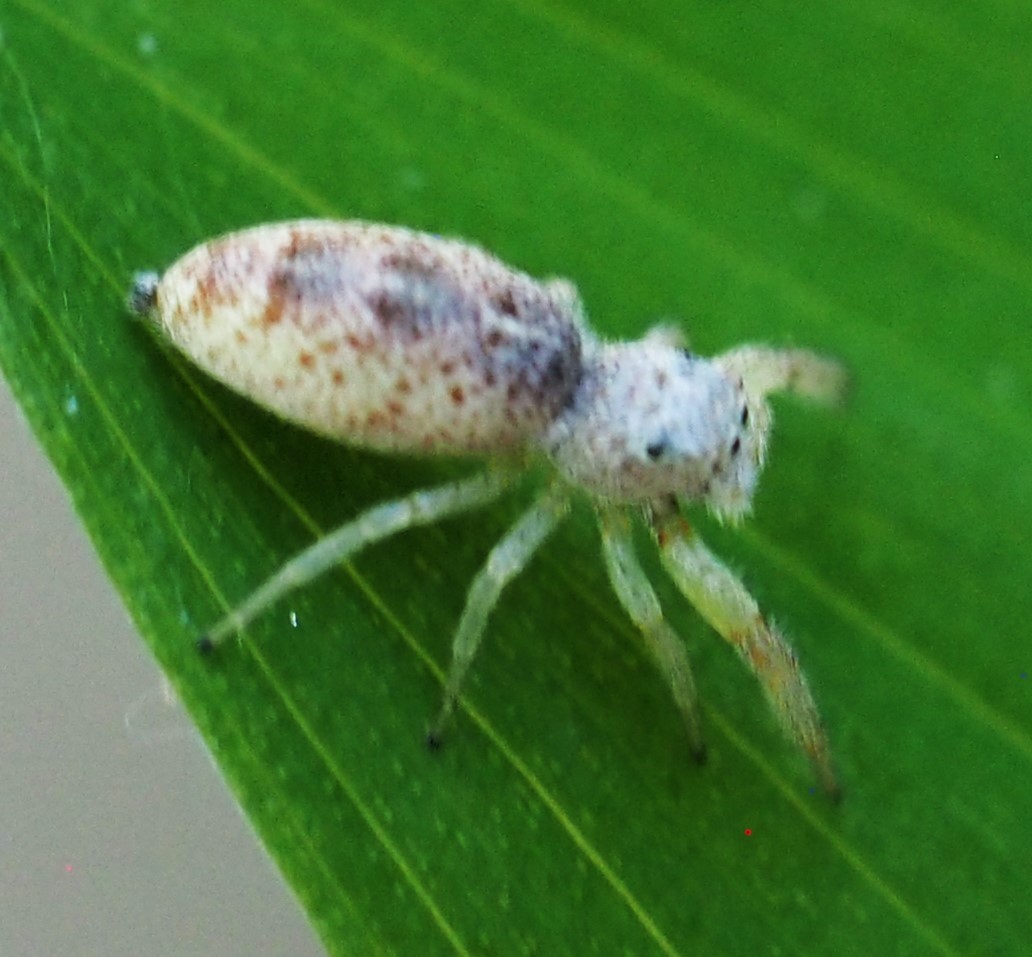
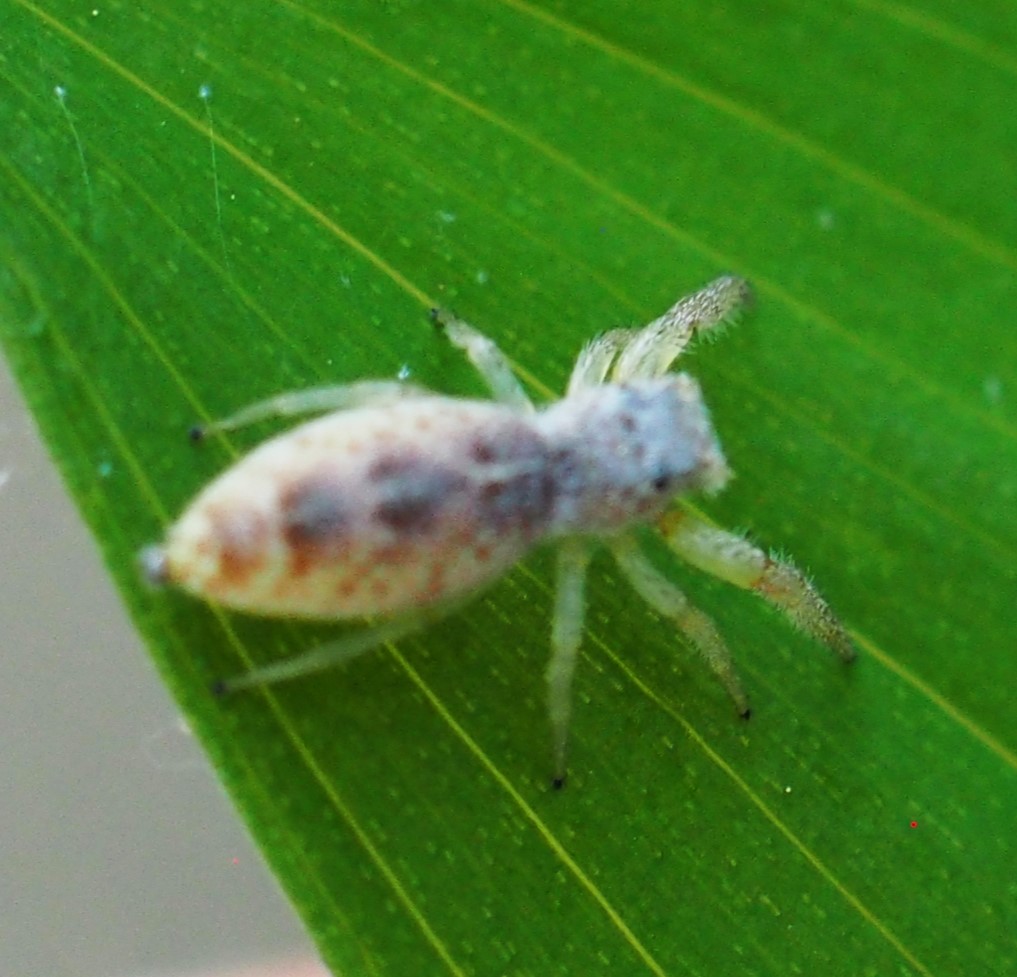

This first Spider may be an Octopus Spider. Second is an Orbweaver (you can see its web) and I couldn't tell from this ventral view but it was identified as a Tuft-legged Orbweaver named Mangora placida. You can just barely make out by clicking on the image, but number 3 is an Orchard Orbweaver, though very young.
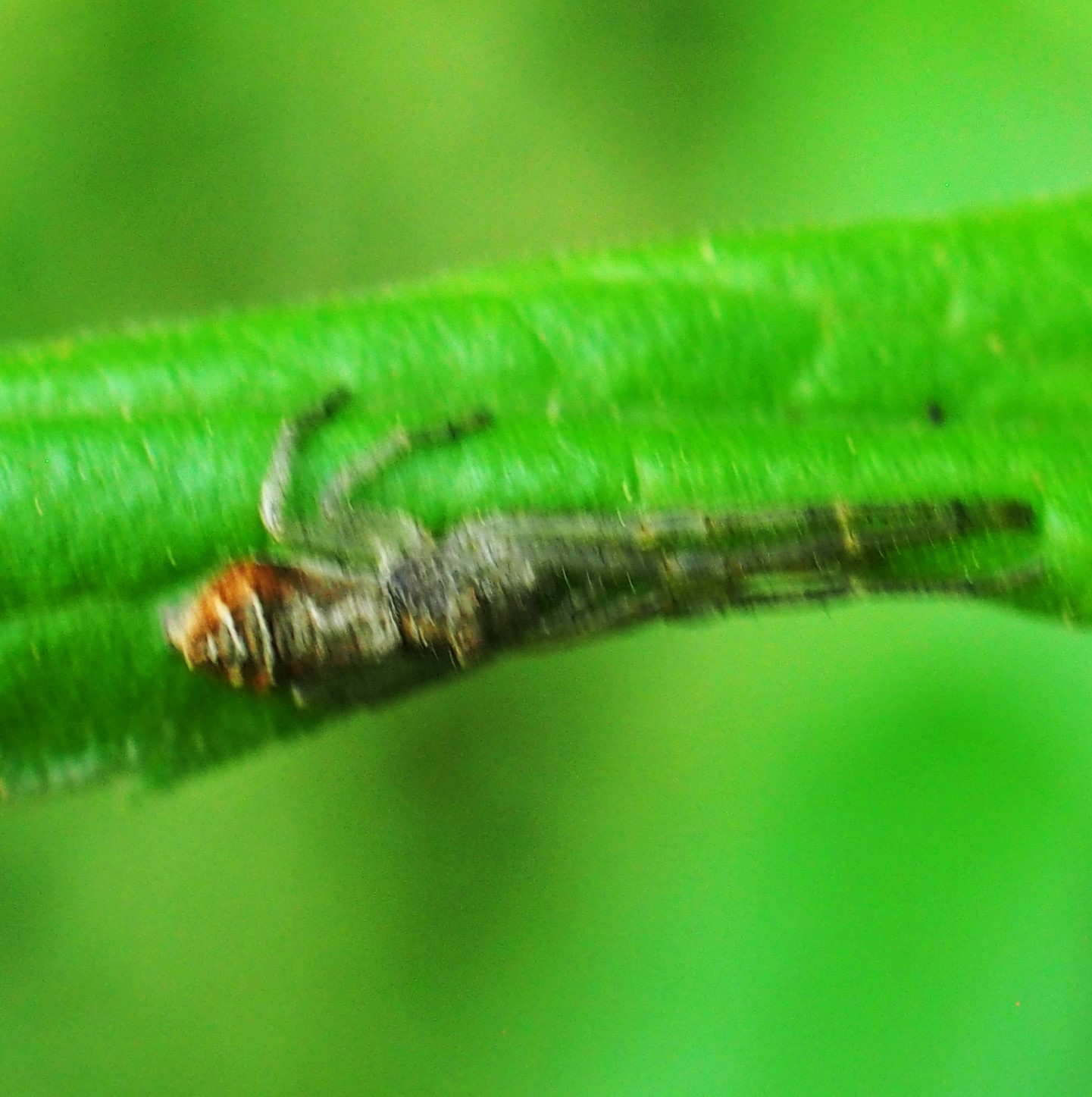
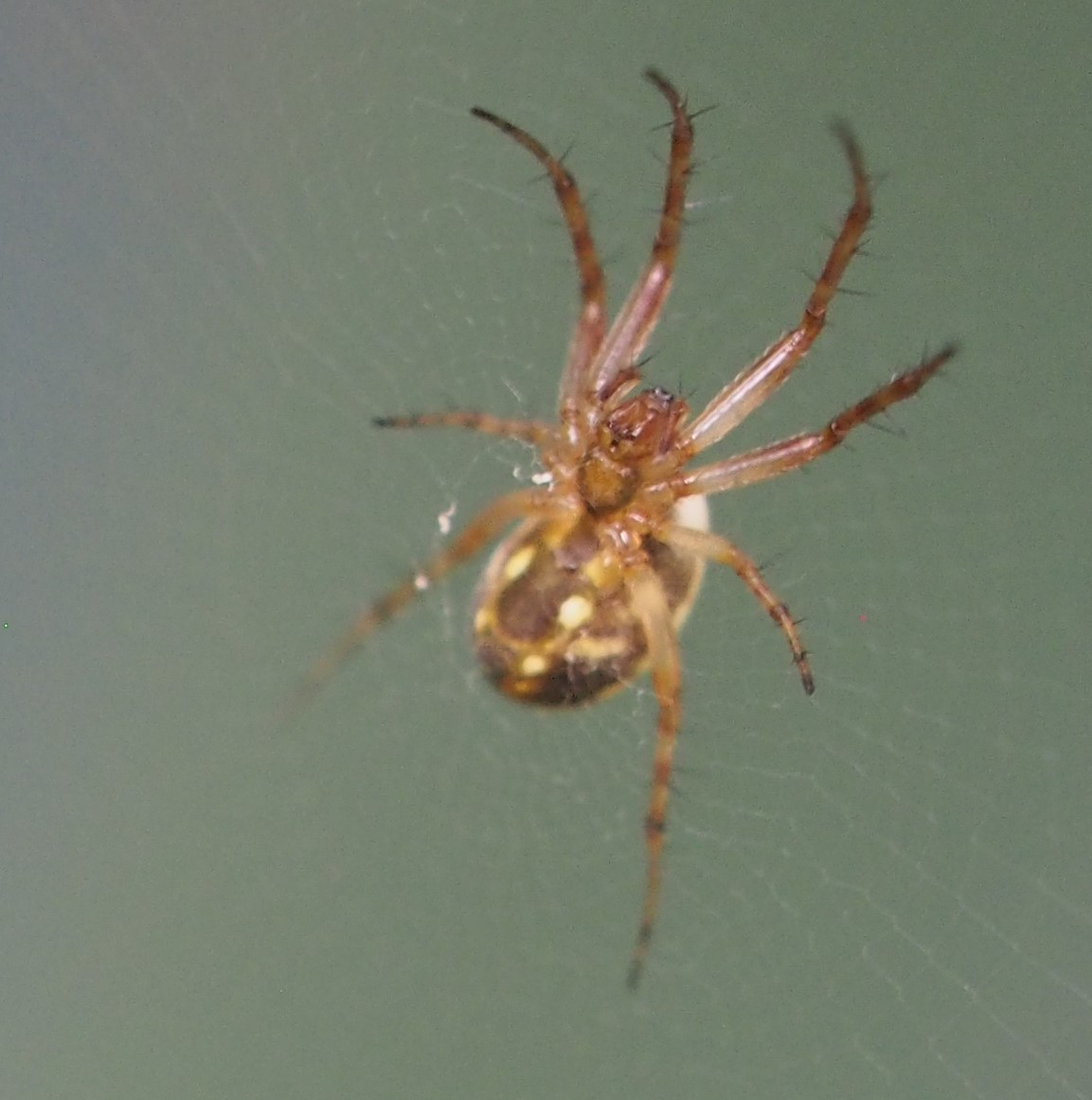
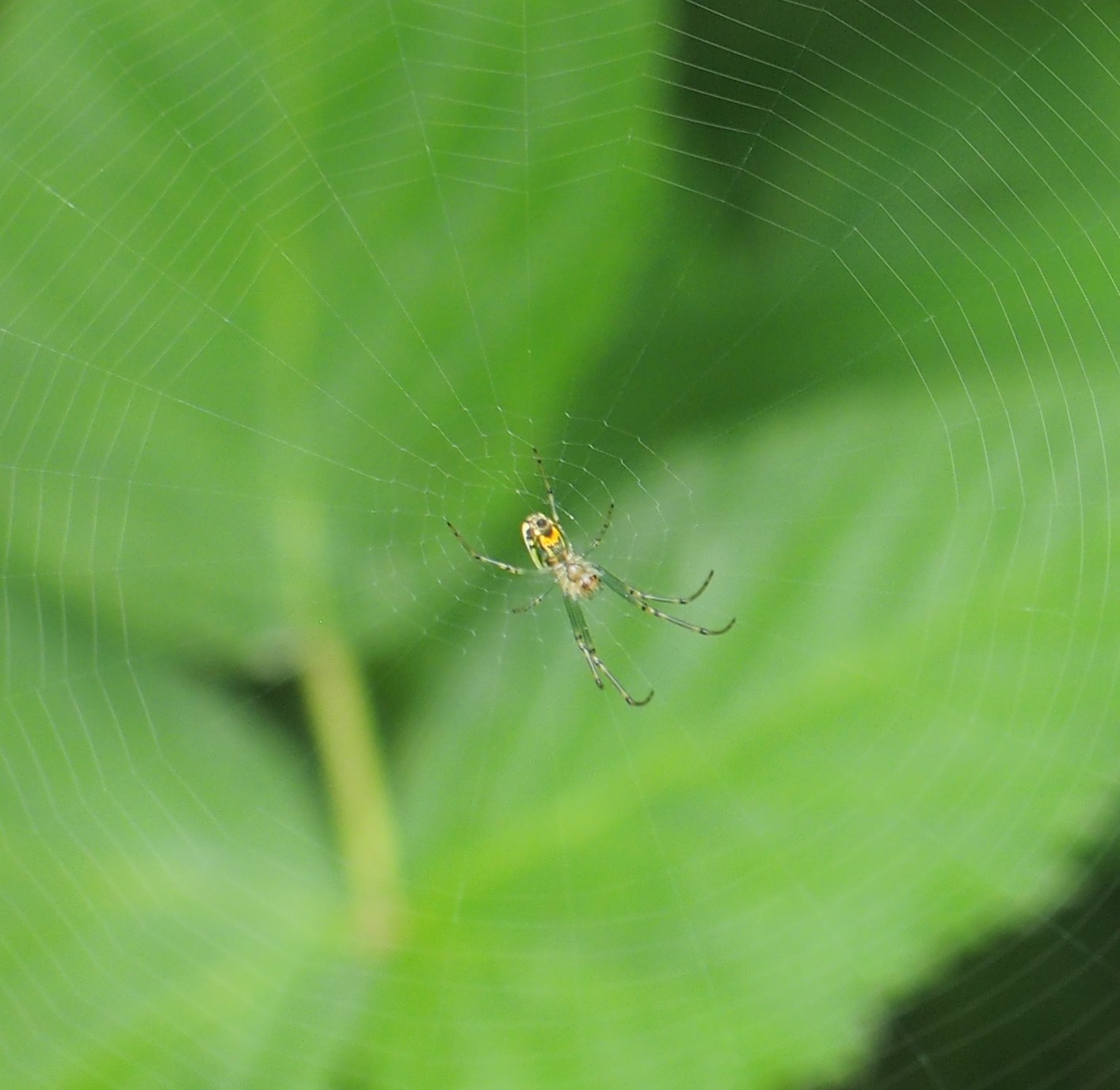
This first Spider is a tiny orange one that was out there for one day, then disappeared. But the next two are of my favorite Spider, called the Common Pirate Spider (Mimetus puritanus) for its love of eating other Spiders. (I don't know what its species name "puritanus" has to do with Puritans.)
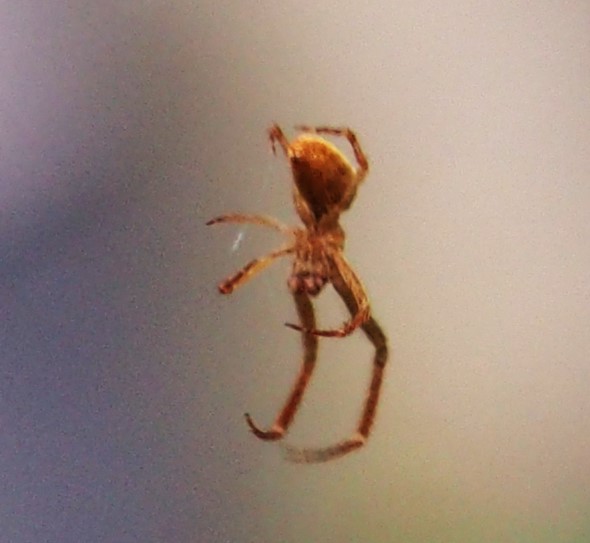
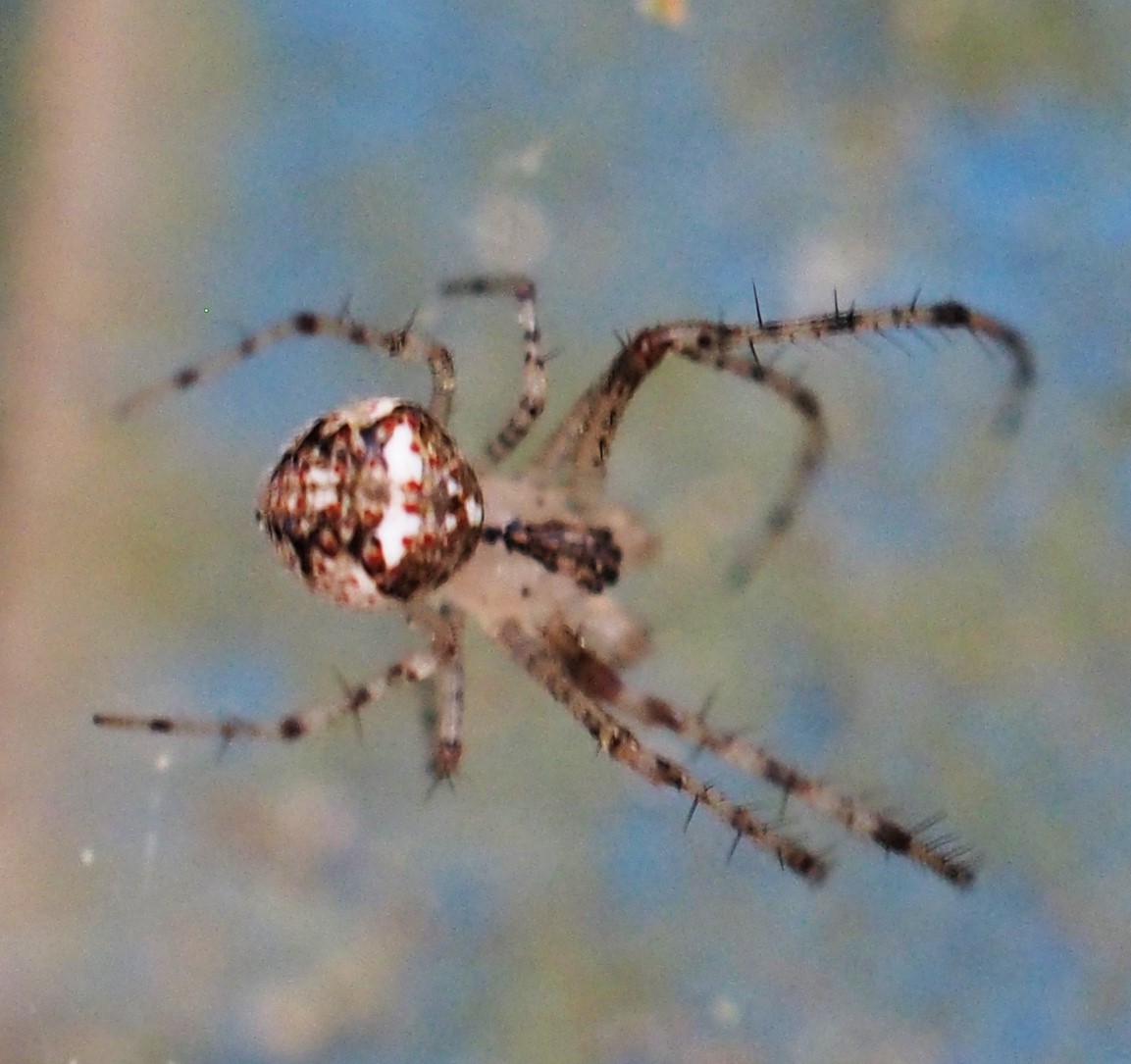
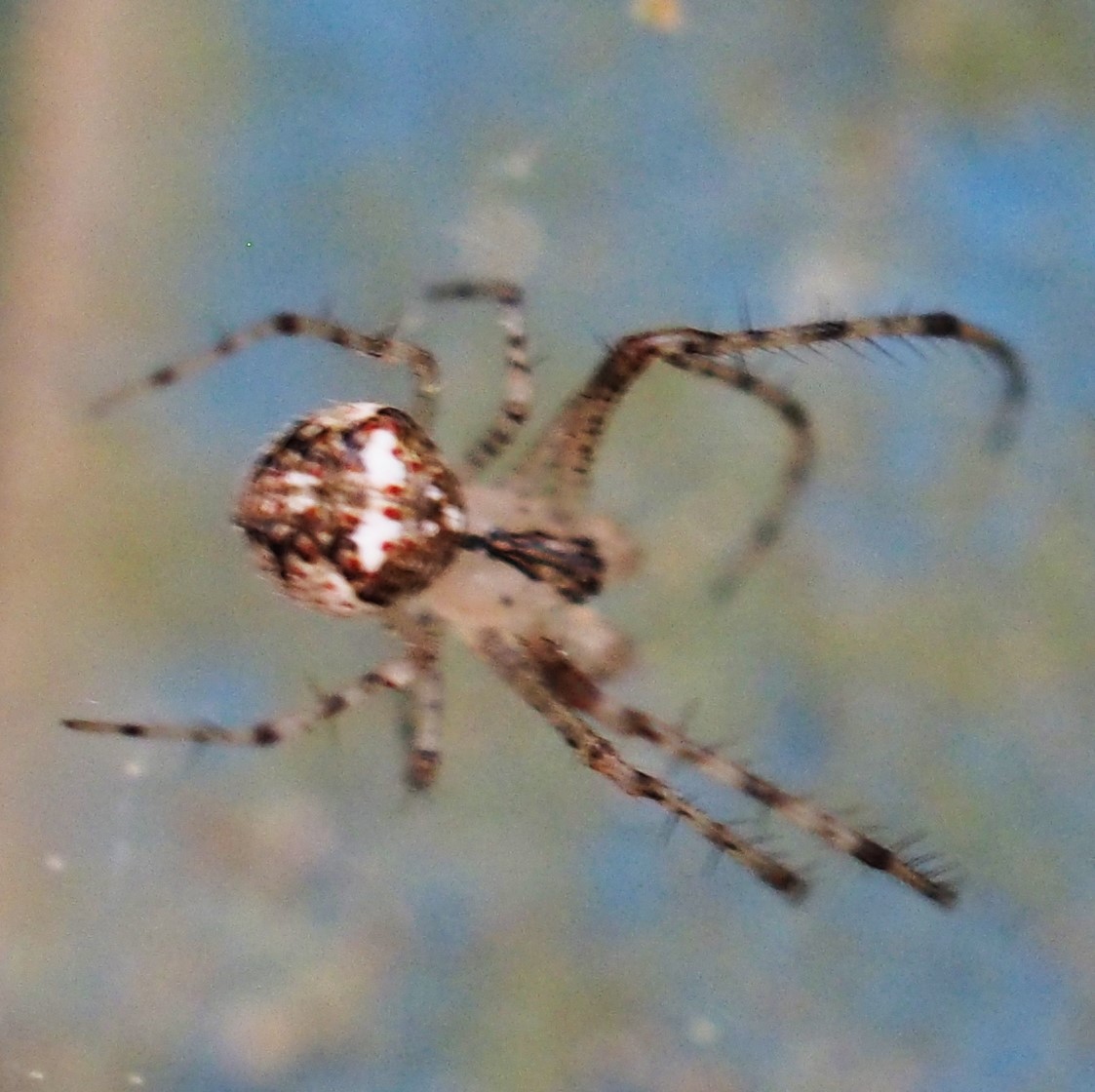
I really wanted to show you the Wasps we seem to have out there these days. You've
seen the Bees, but there were many more Wasps. Something seems to be eating this
Server this afternoon. Let's see if I can get some pictures out here for you so you
can get a glimpse of some of the variety. Here are some wasps gathering in groups of
two or three on a bunch of wild grape leaves. They seem to be Symmorphus canadensis.
I'll add the other Wasp photos next week.
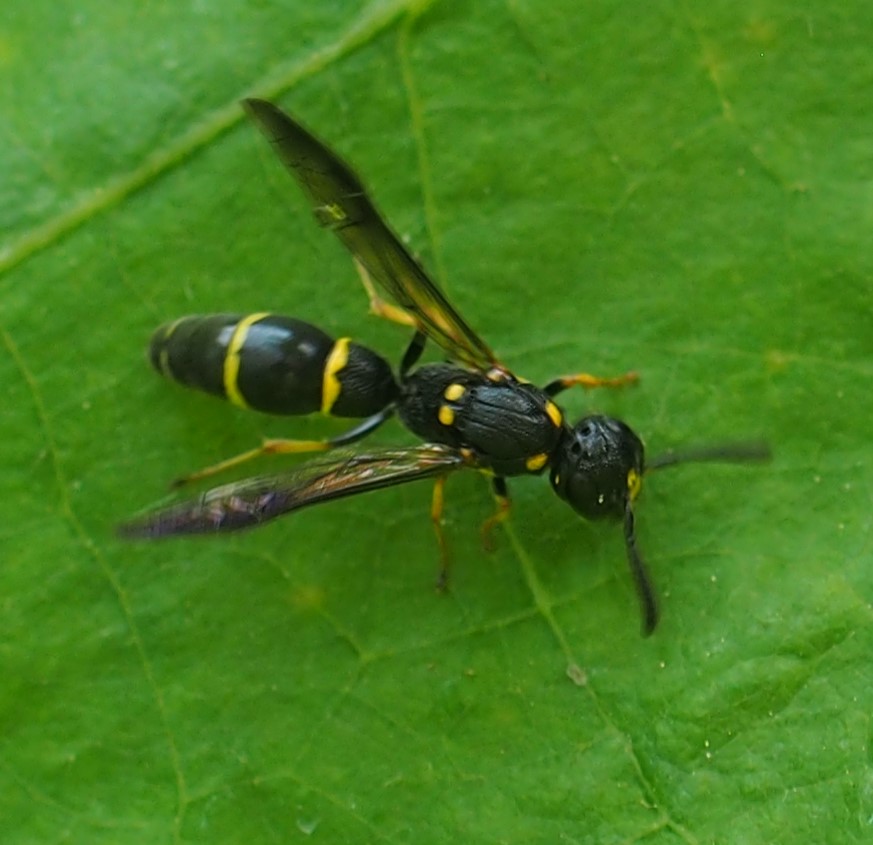

I'll end on a picture of a lovely batch of fishes and frogs. First, a comical big
Frog decides to try lazing on a not-large-enough lily pad. Then a lot of fish come
to beg for their supper.
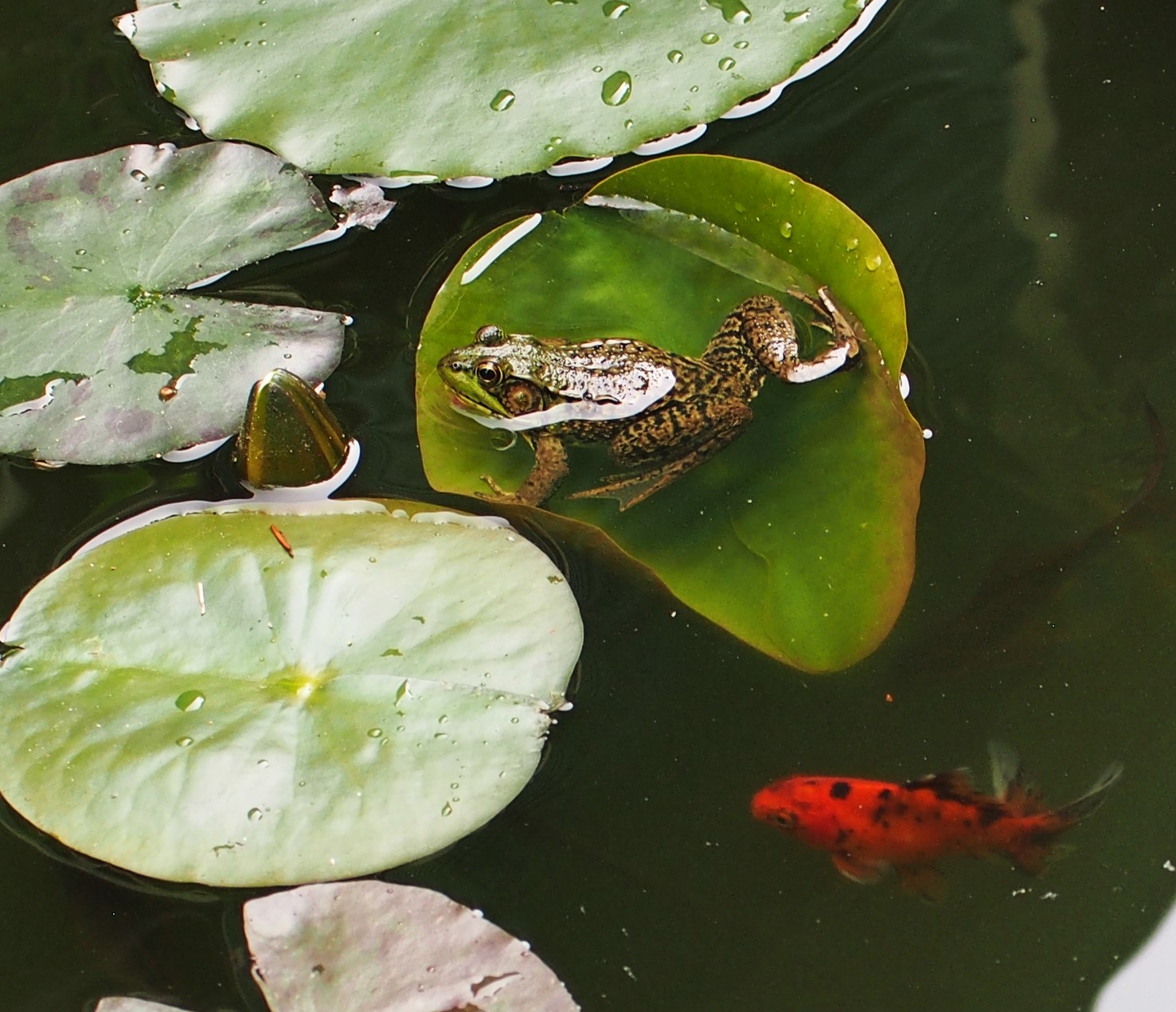

So now we have had a nice rain, which we were lacking for a couple of weeks. That
should make life on the pond much sweeter for all of us. Take care of yourselves and
we'll see each other next week, assuming the server is up and ready for fun.
Love, Martha
Back to June 4, 2023
Forward to June 18, 2023
Back to main menu
copyright Martha O'Kennon 2023



























































































































